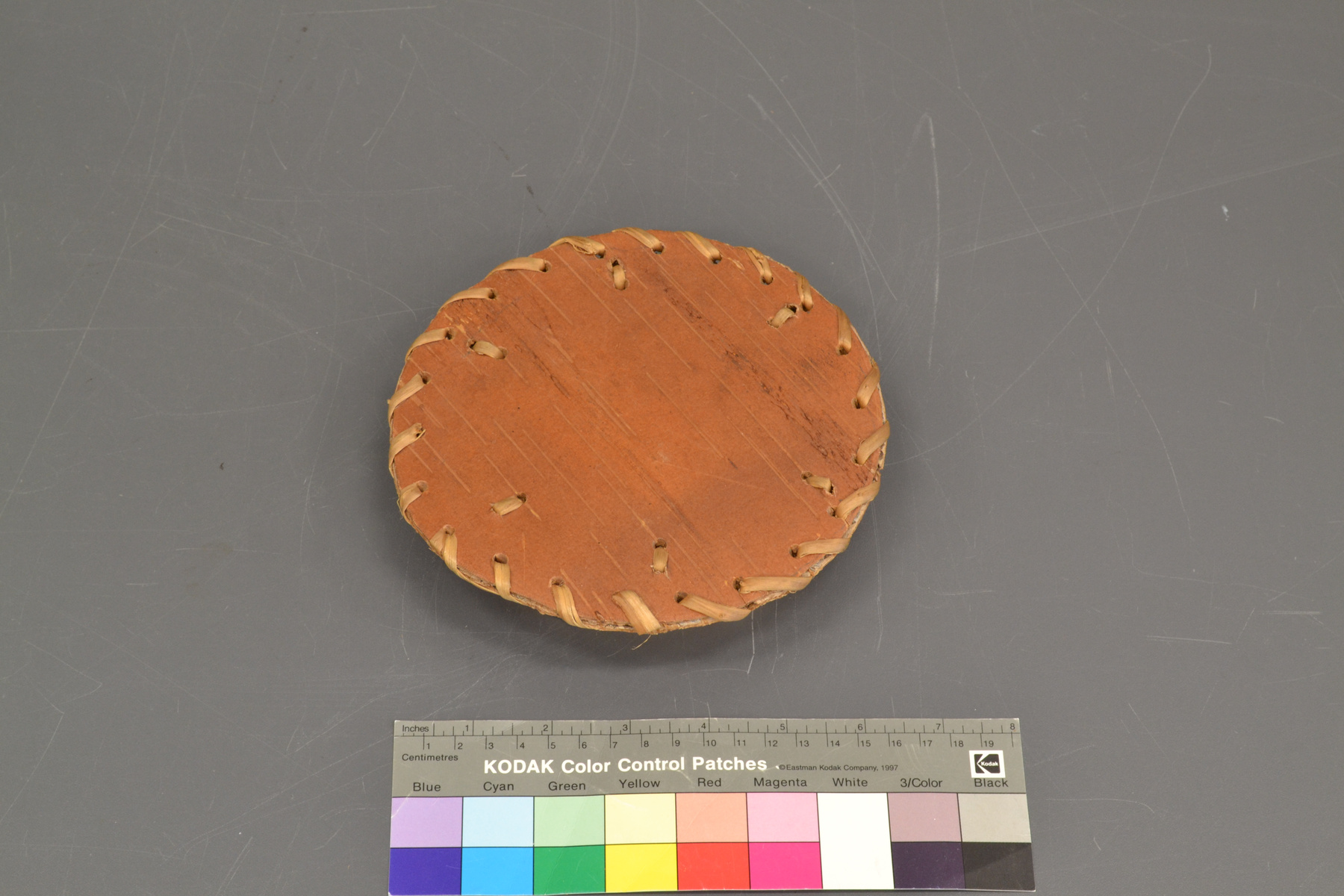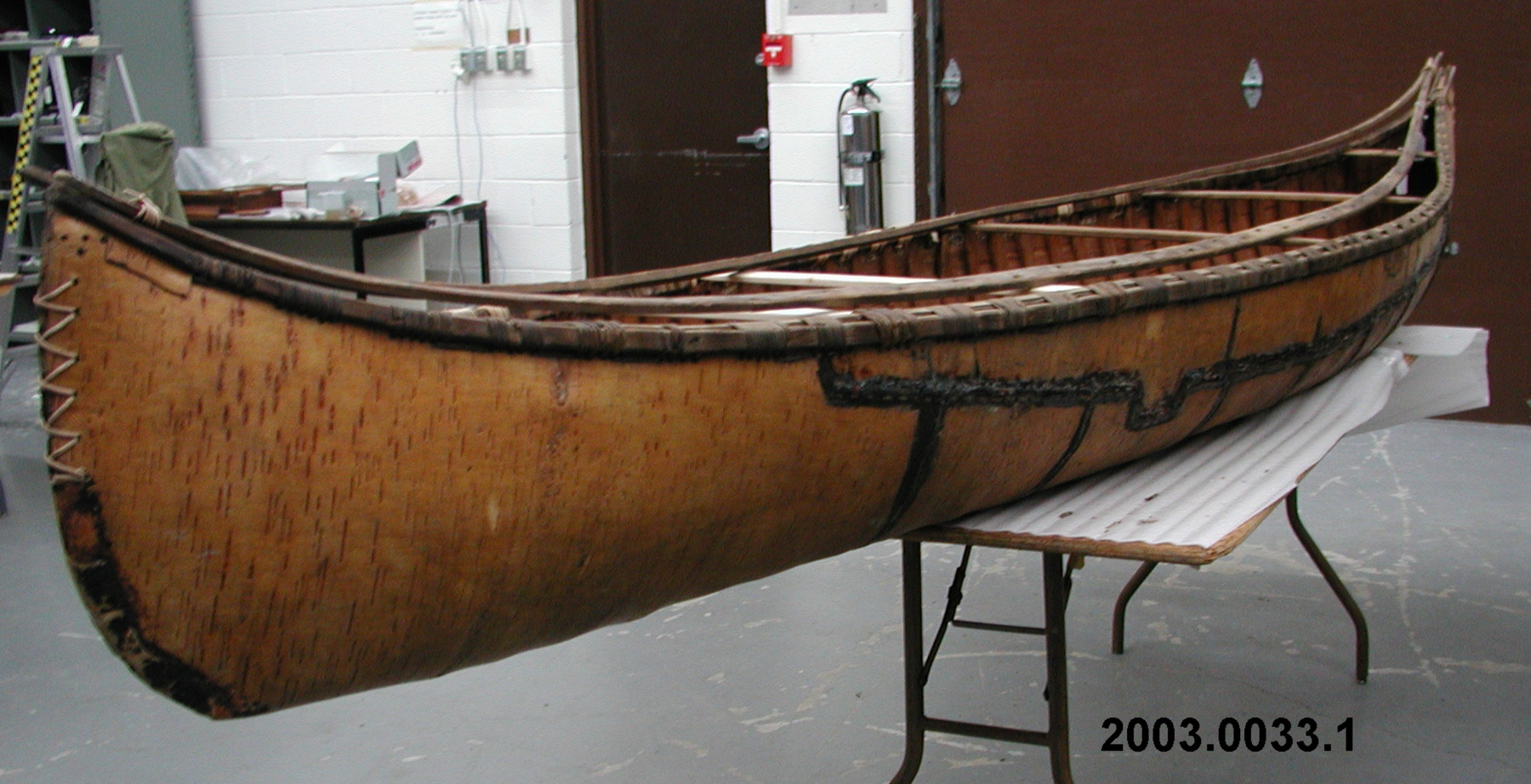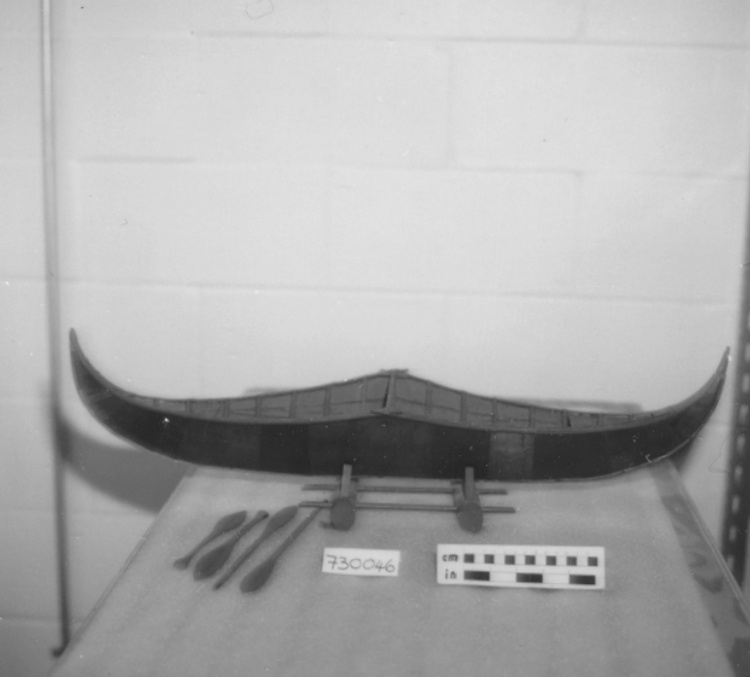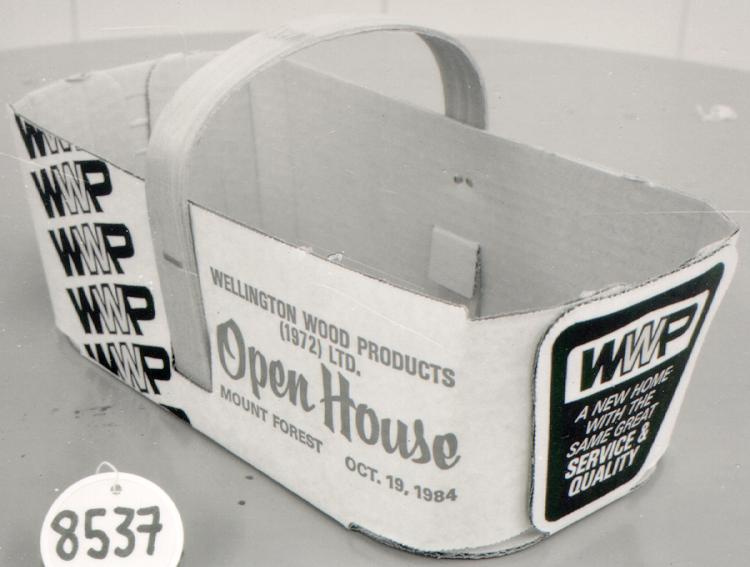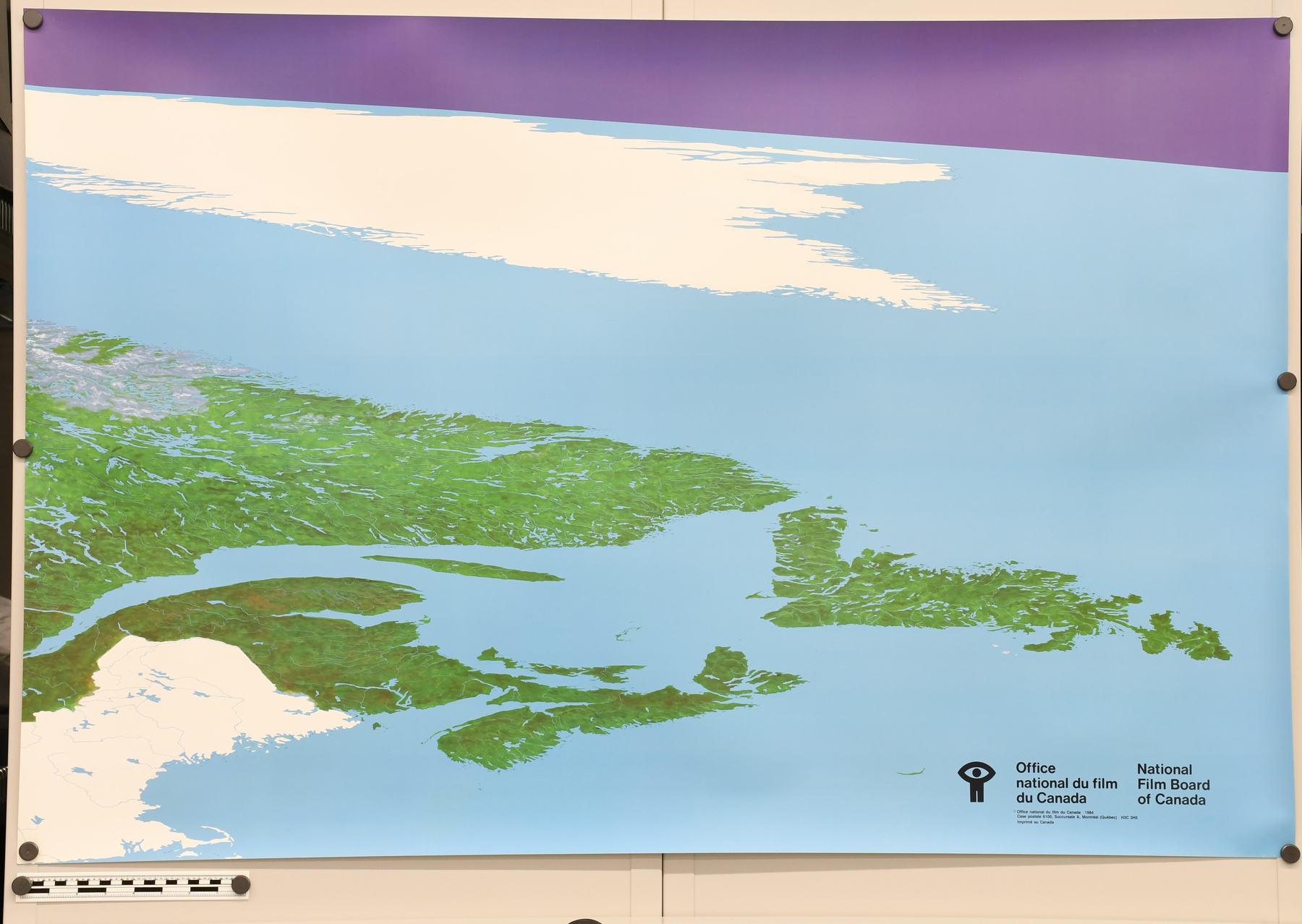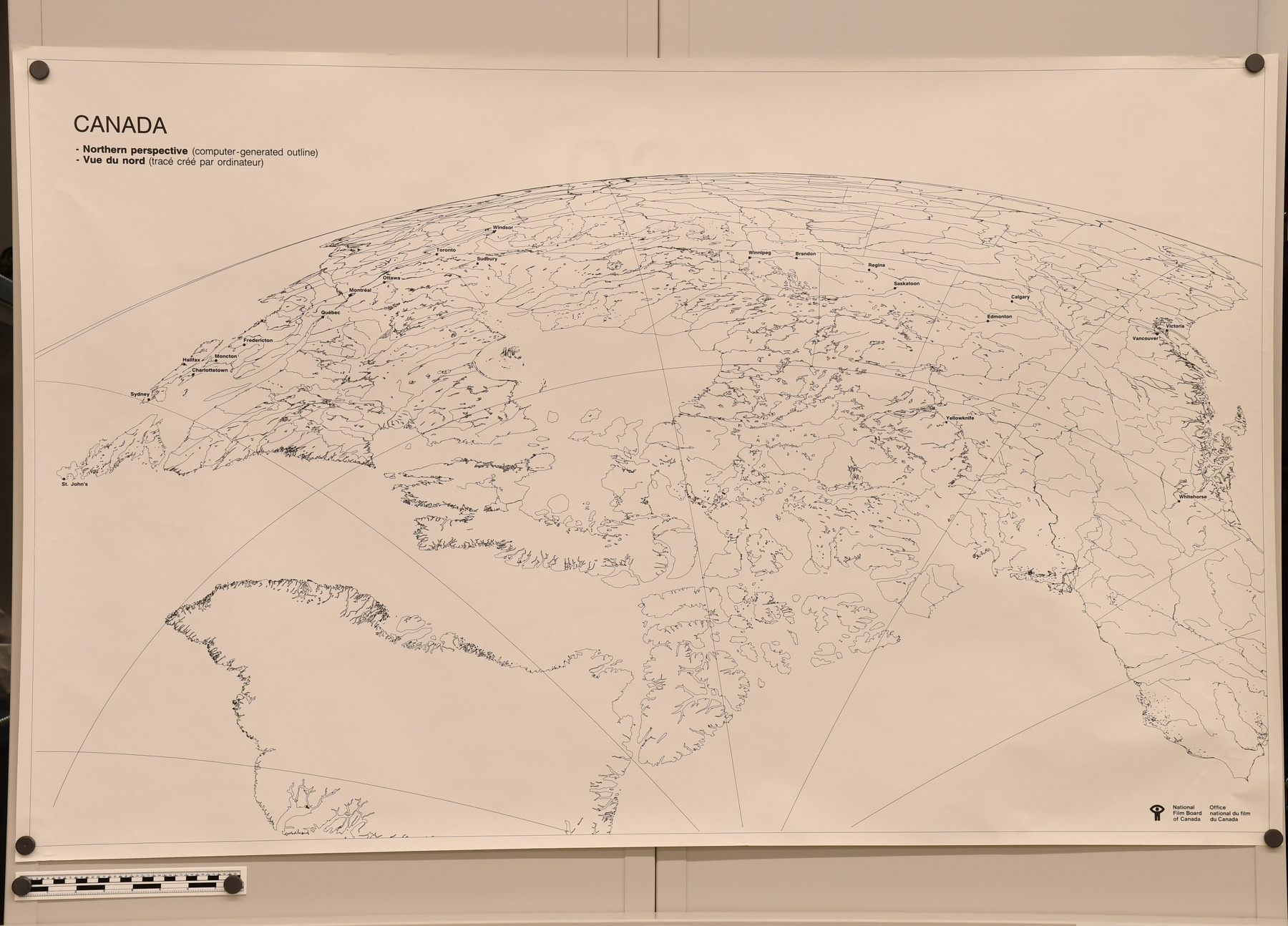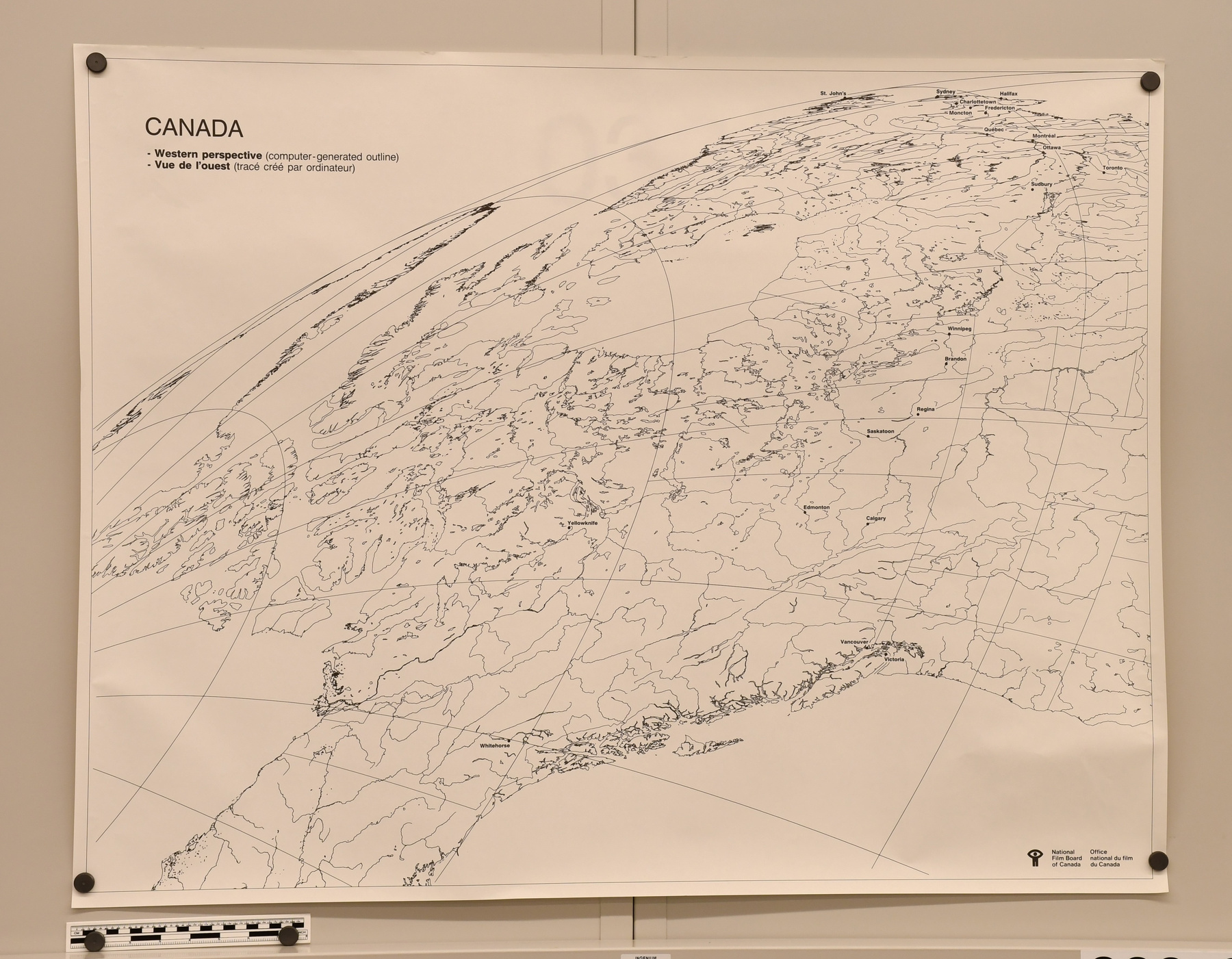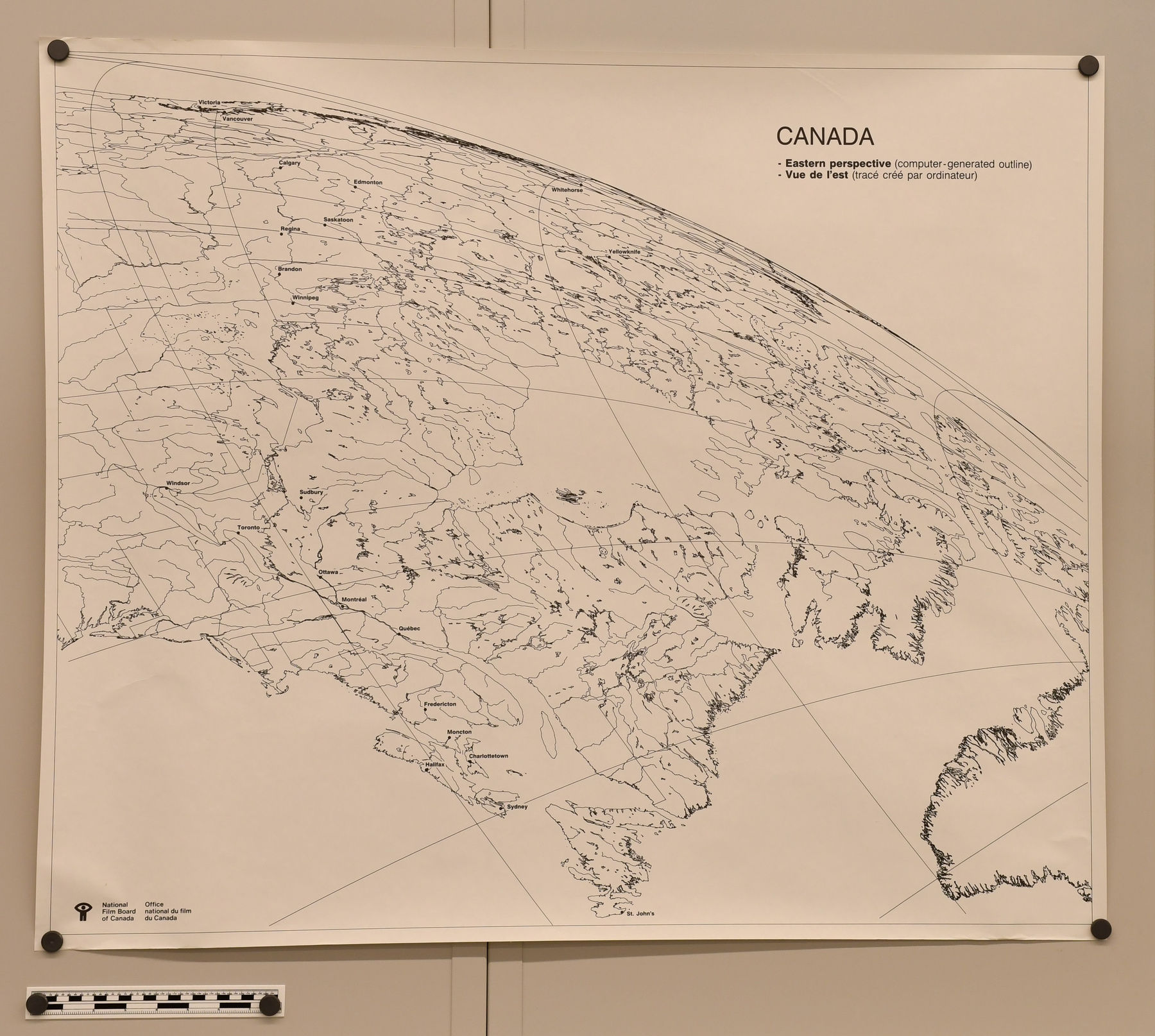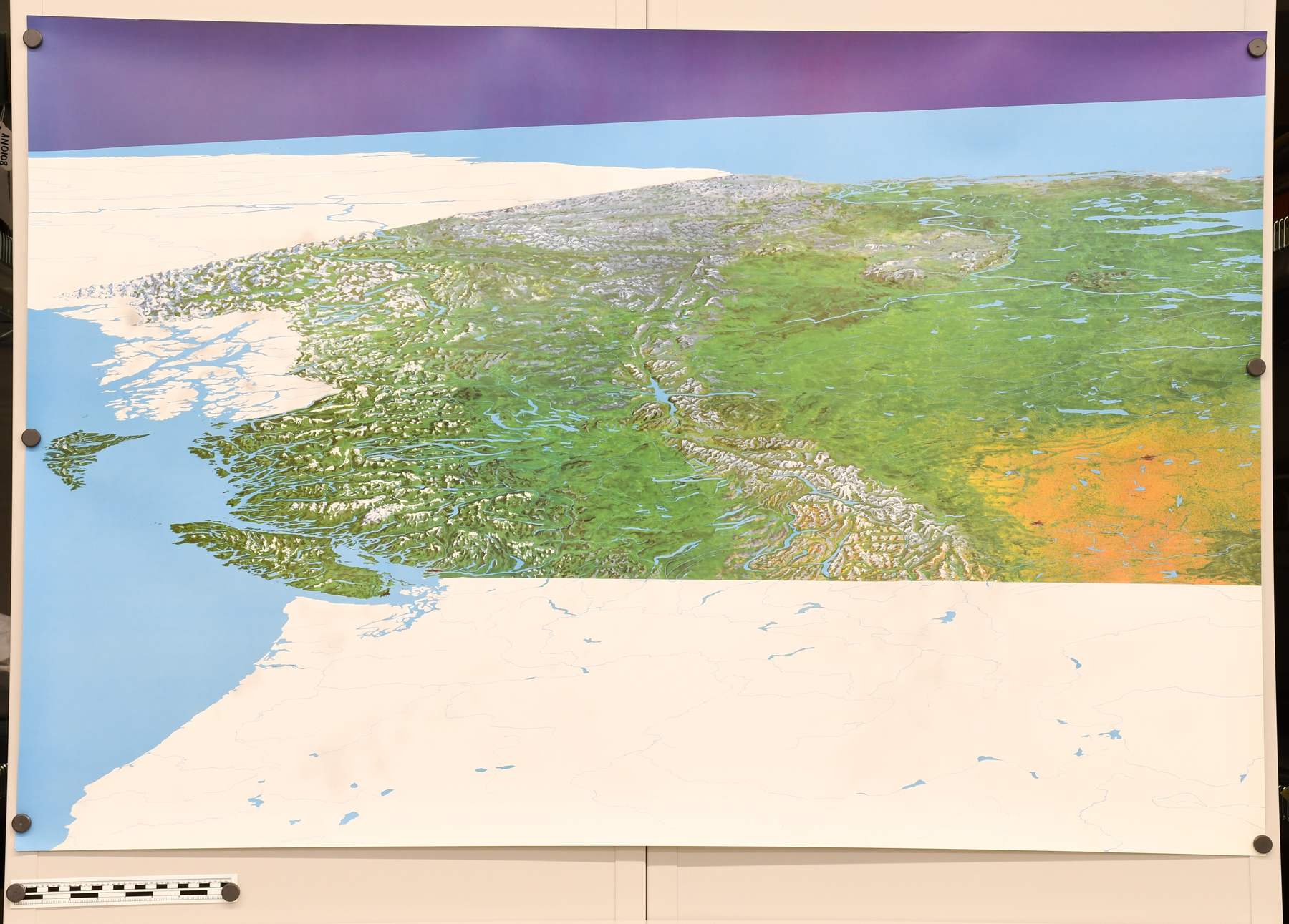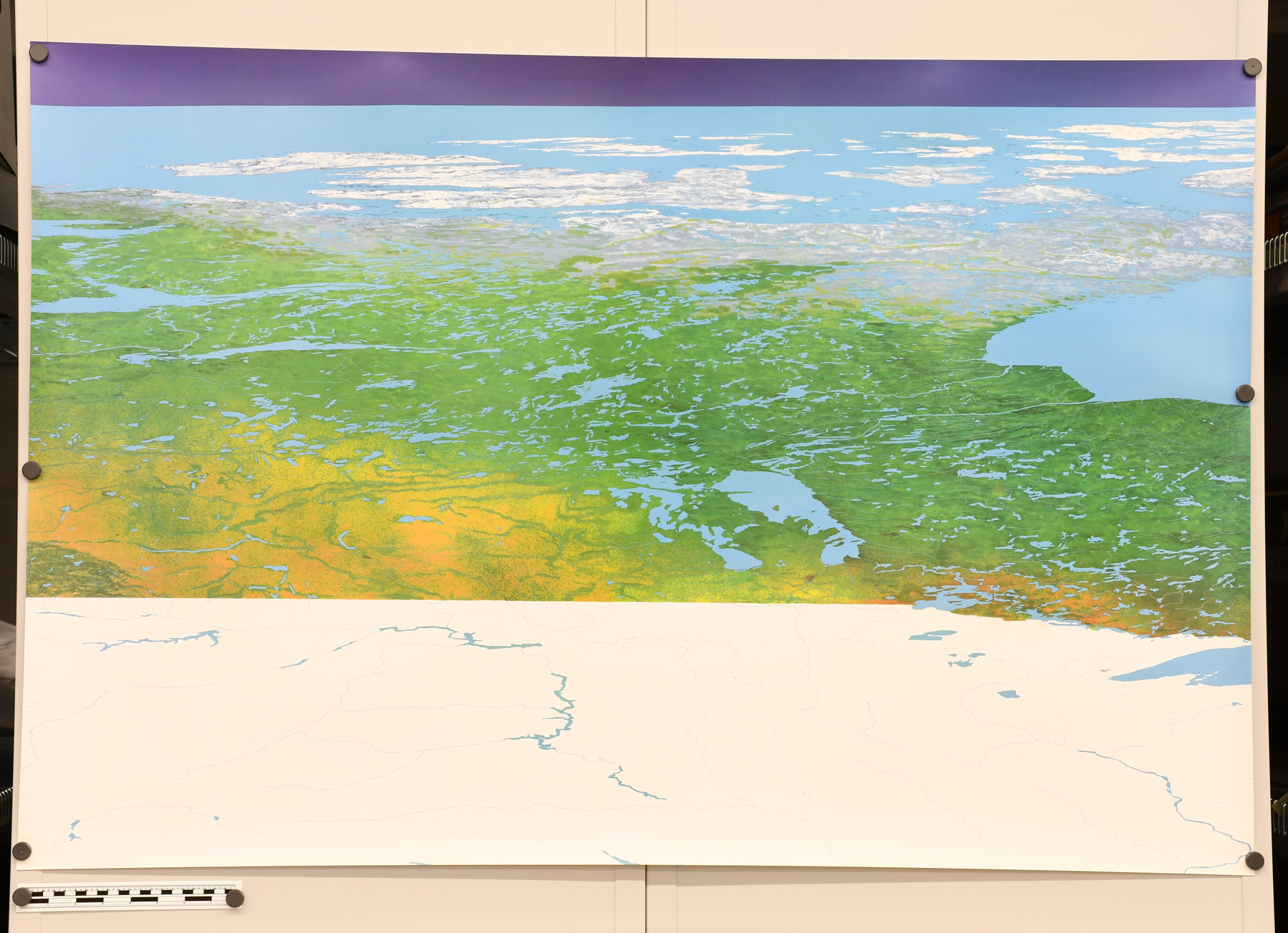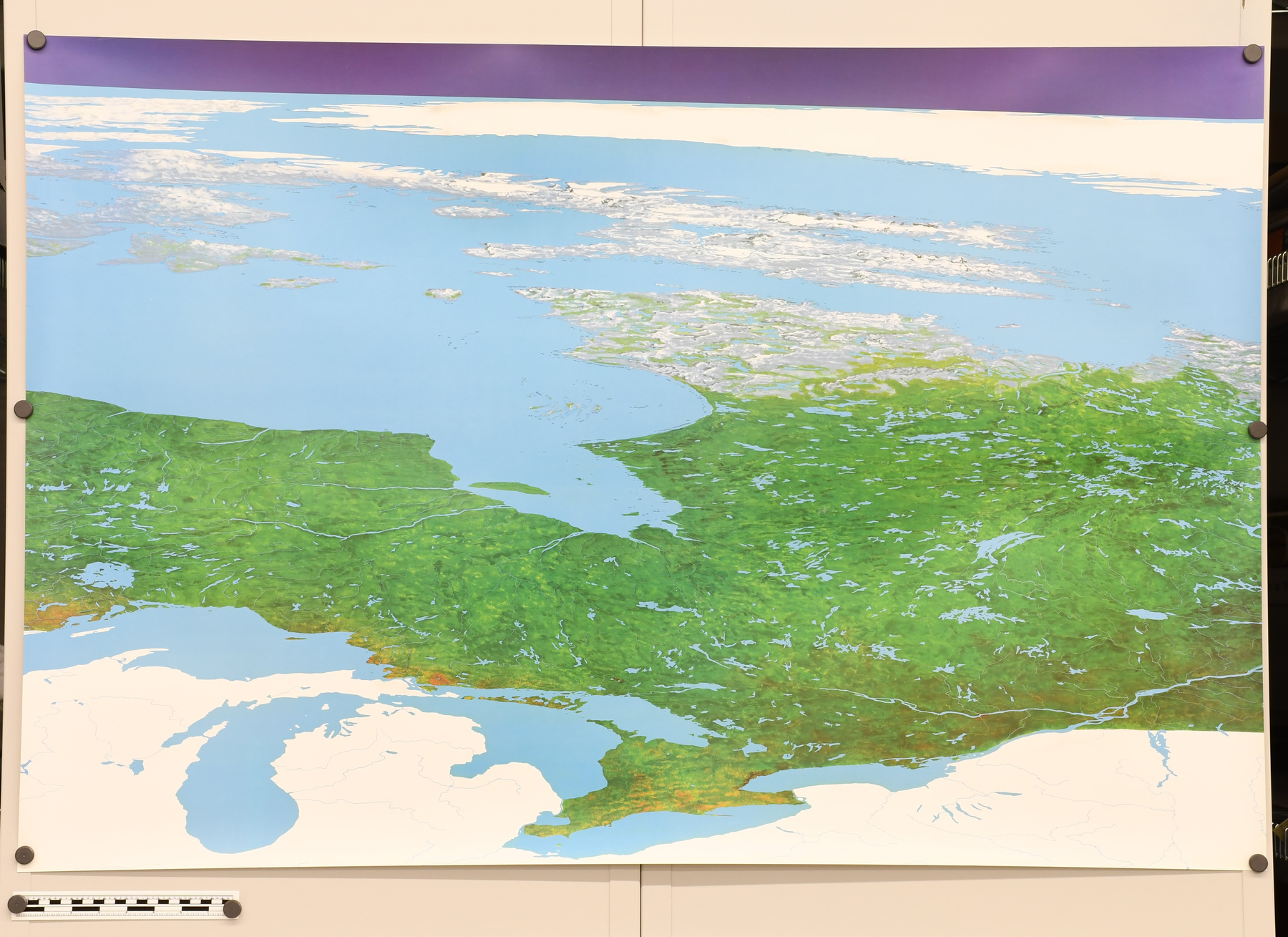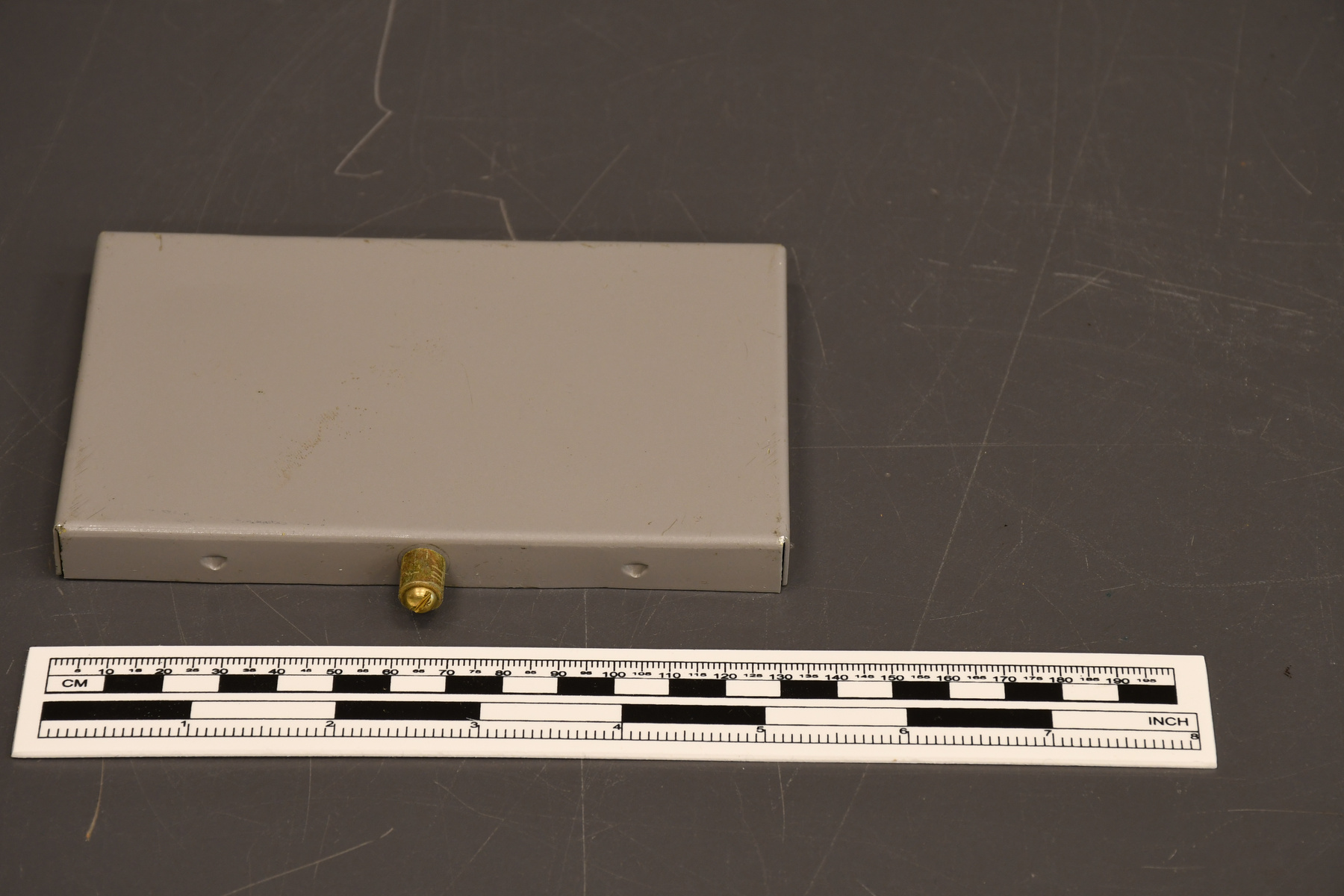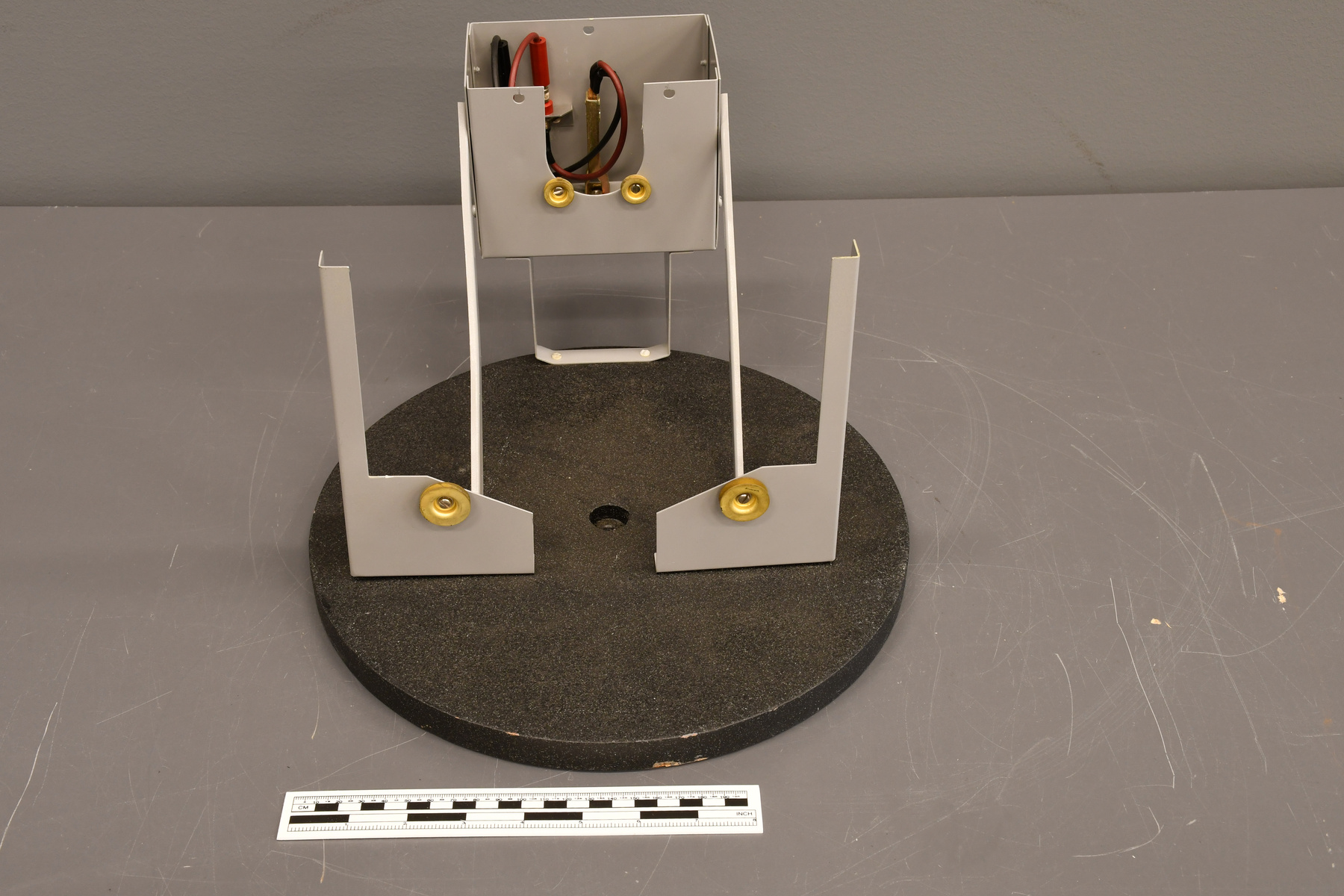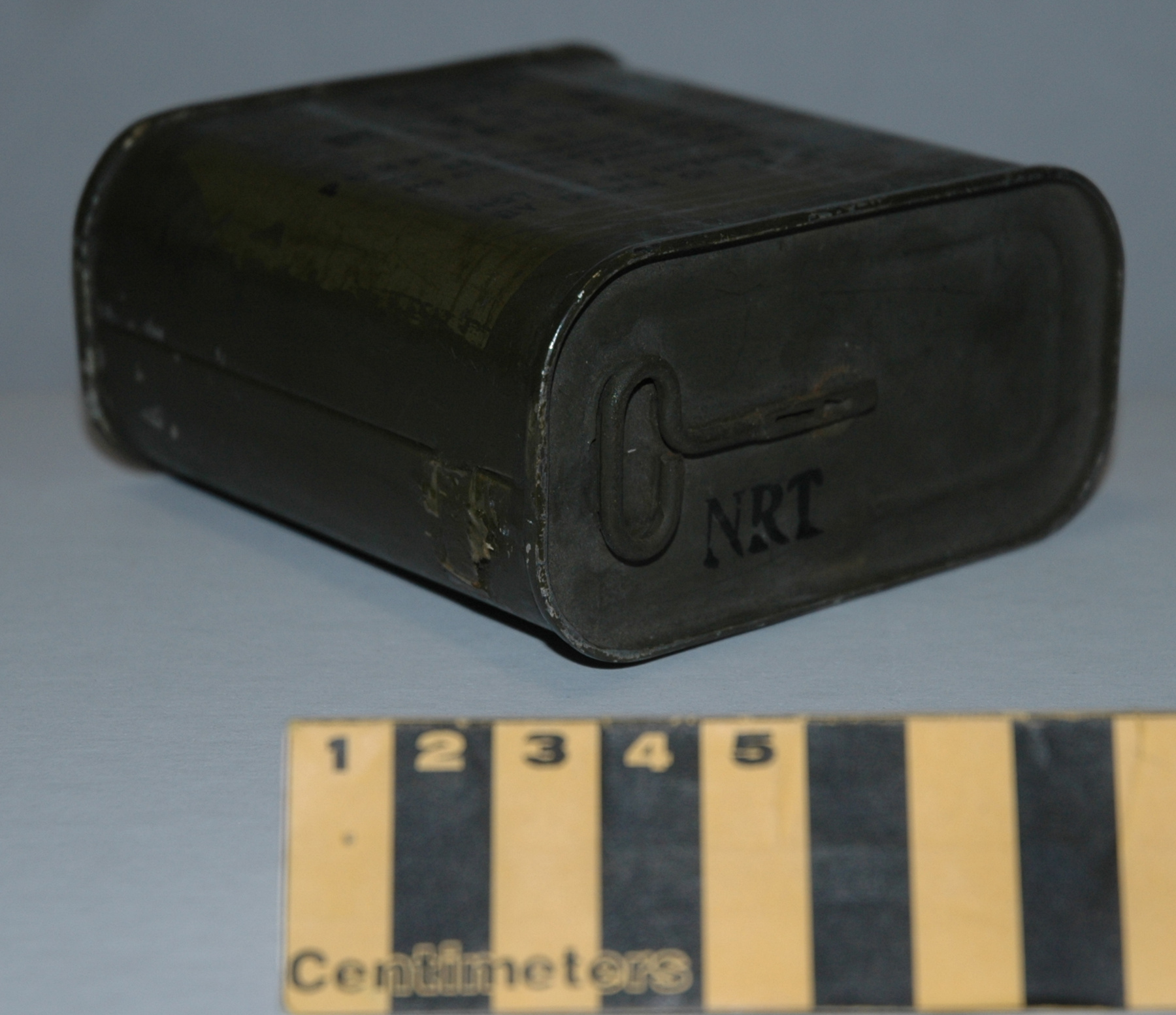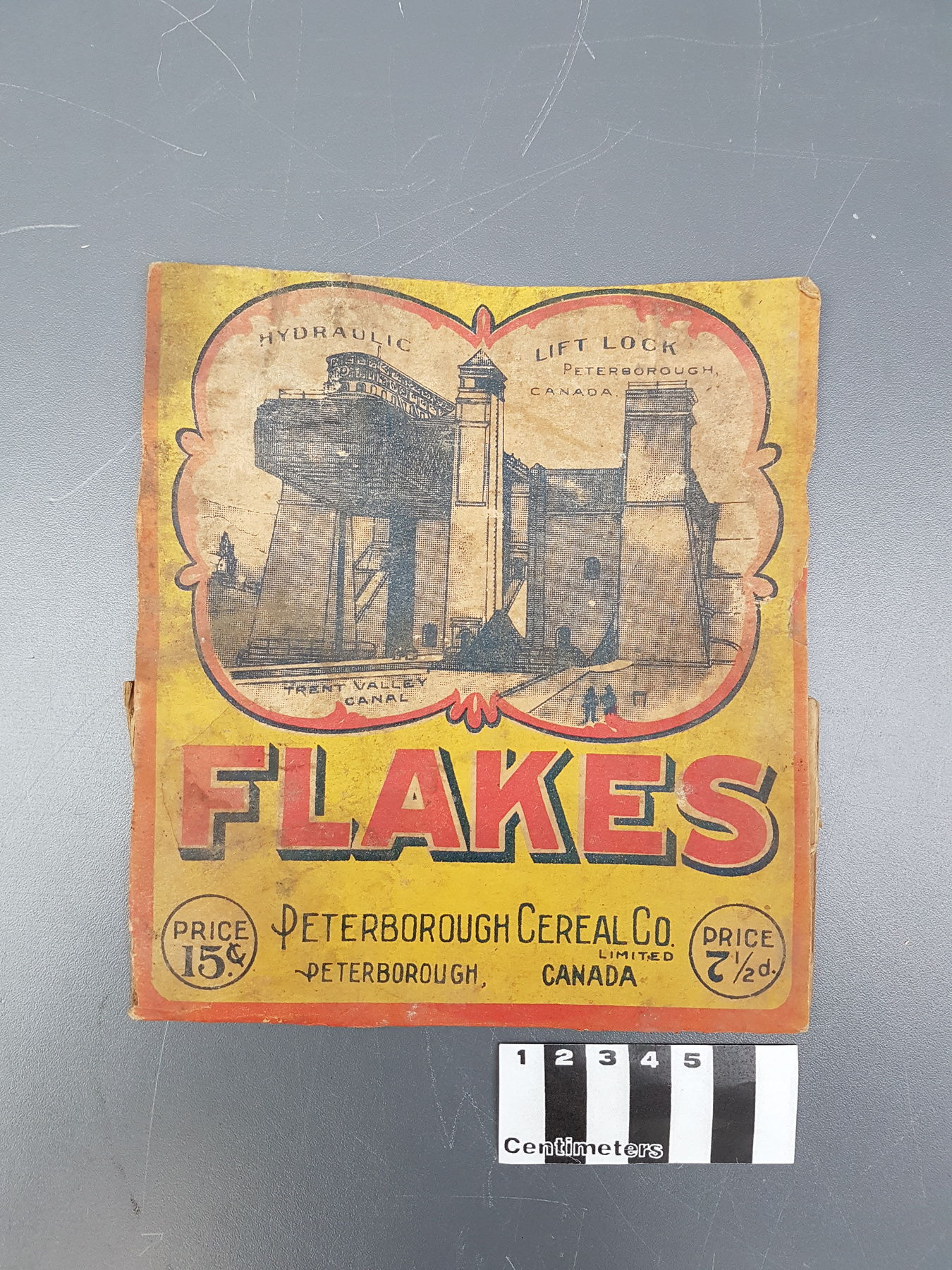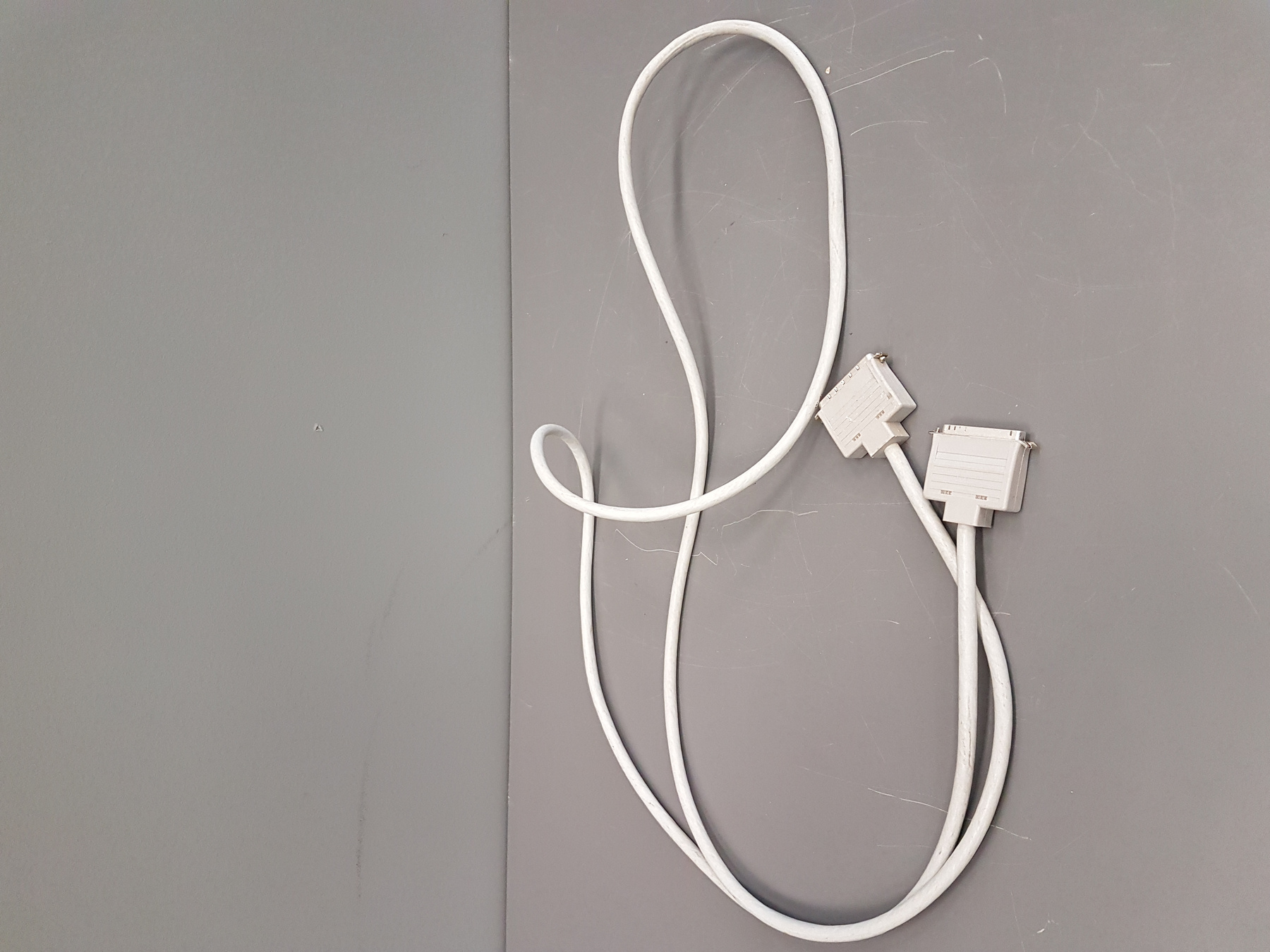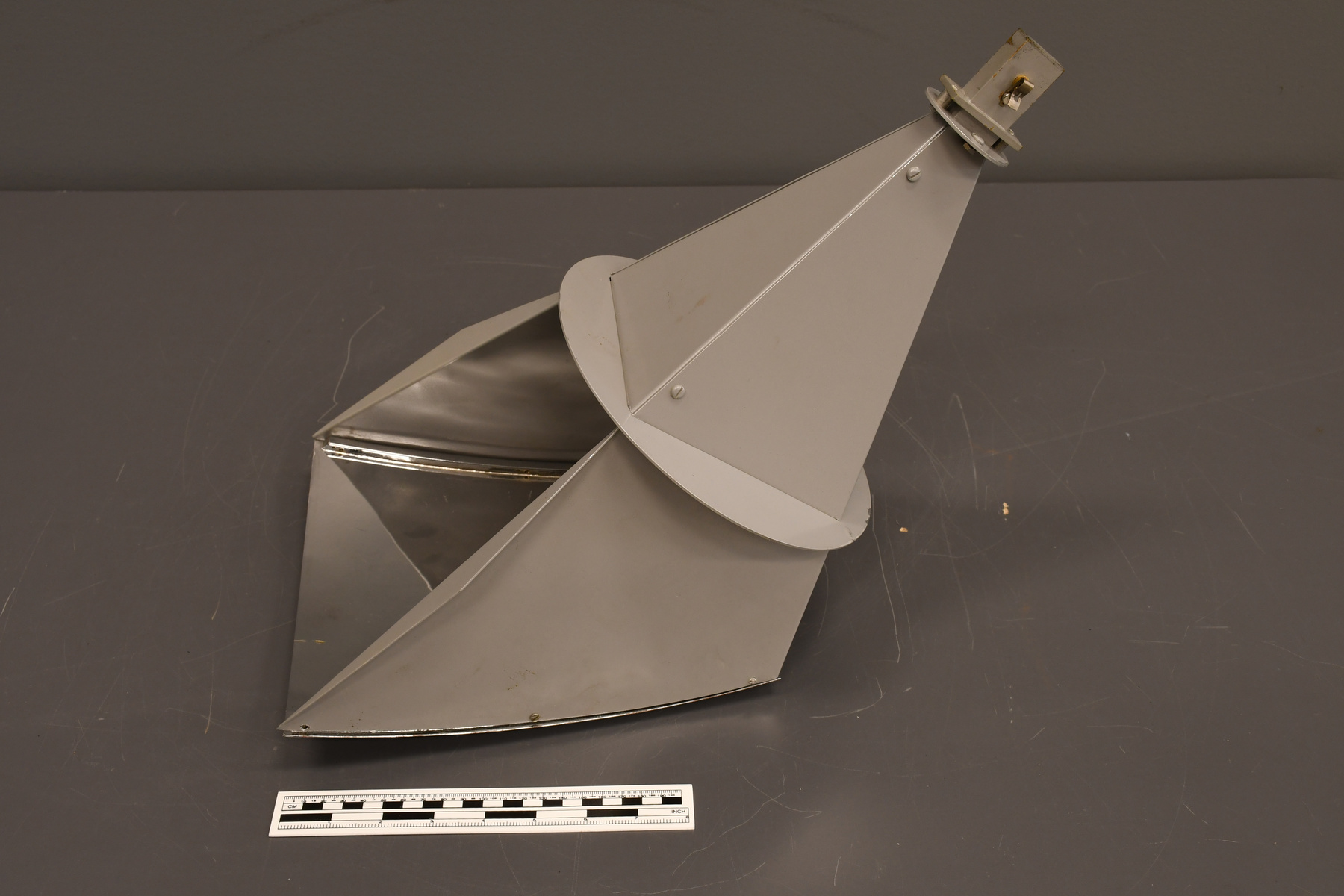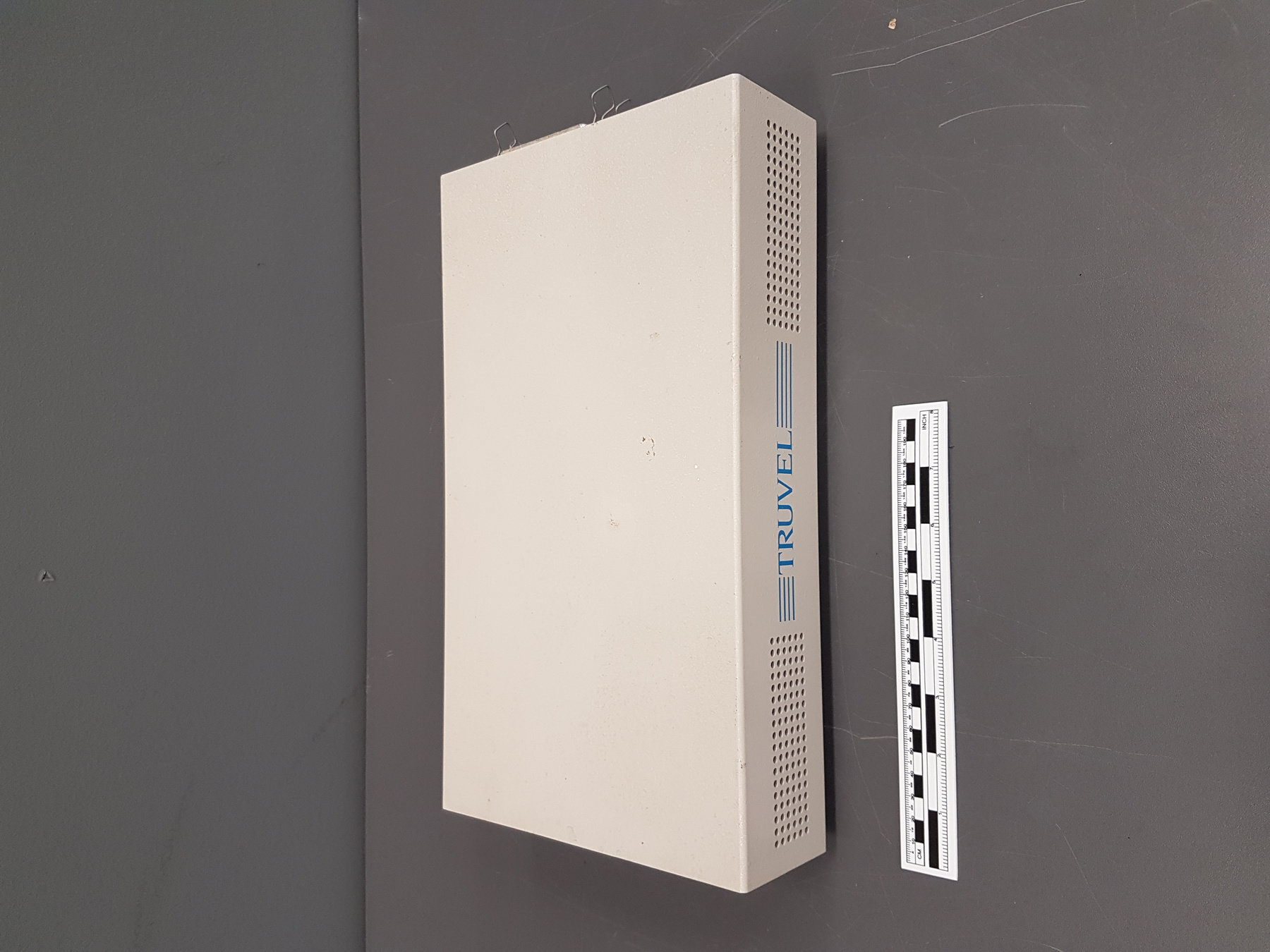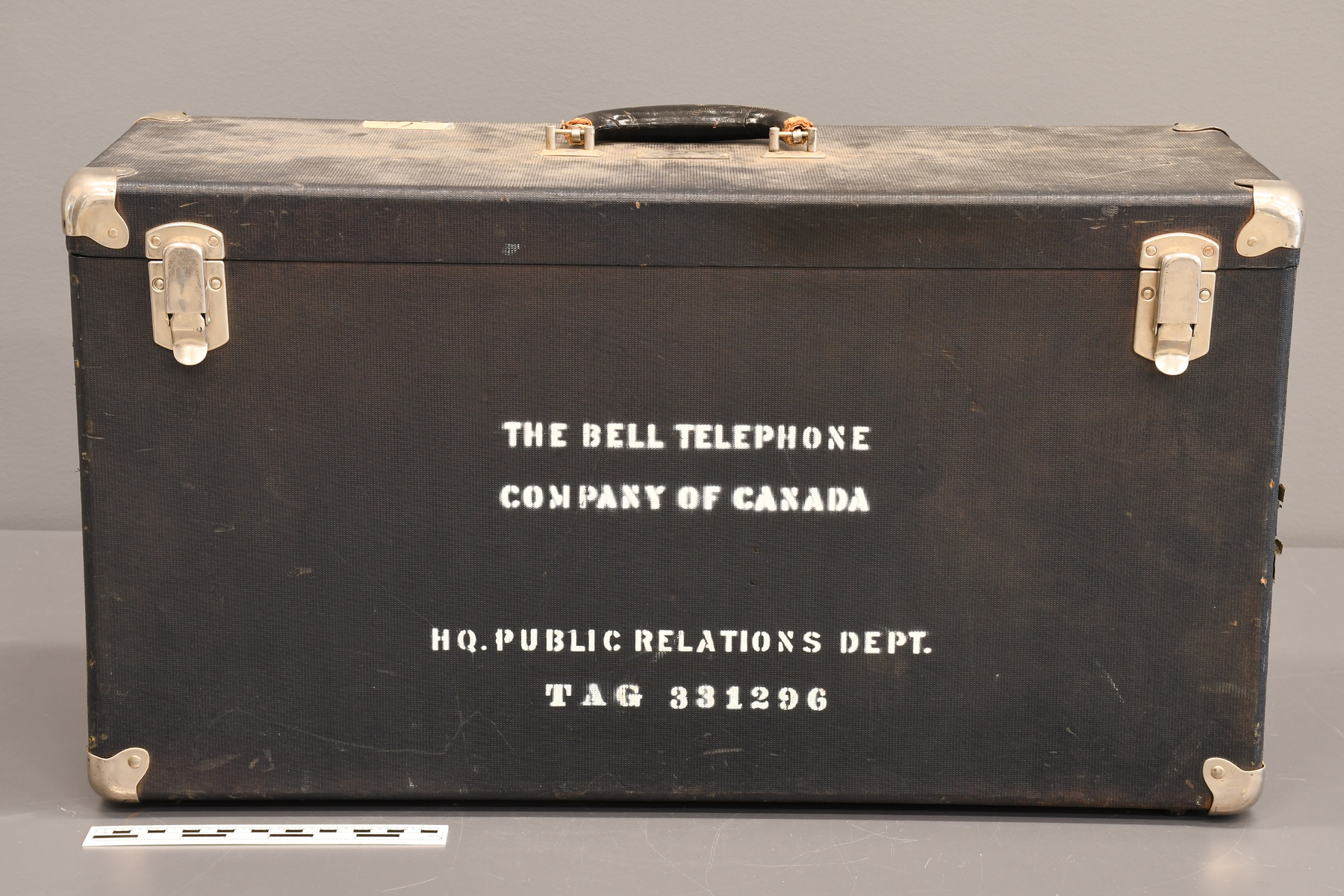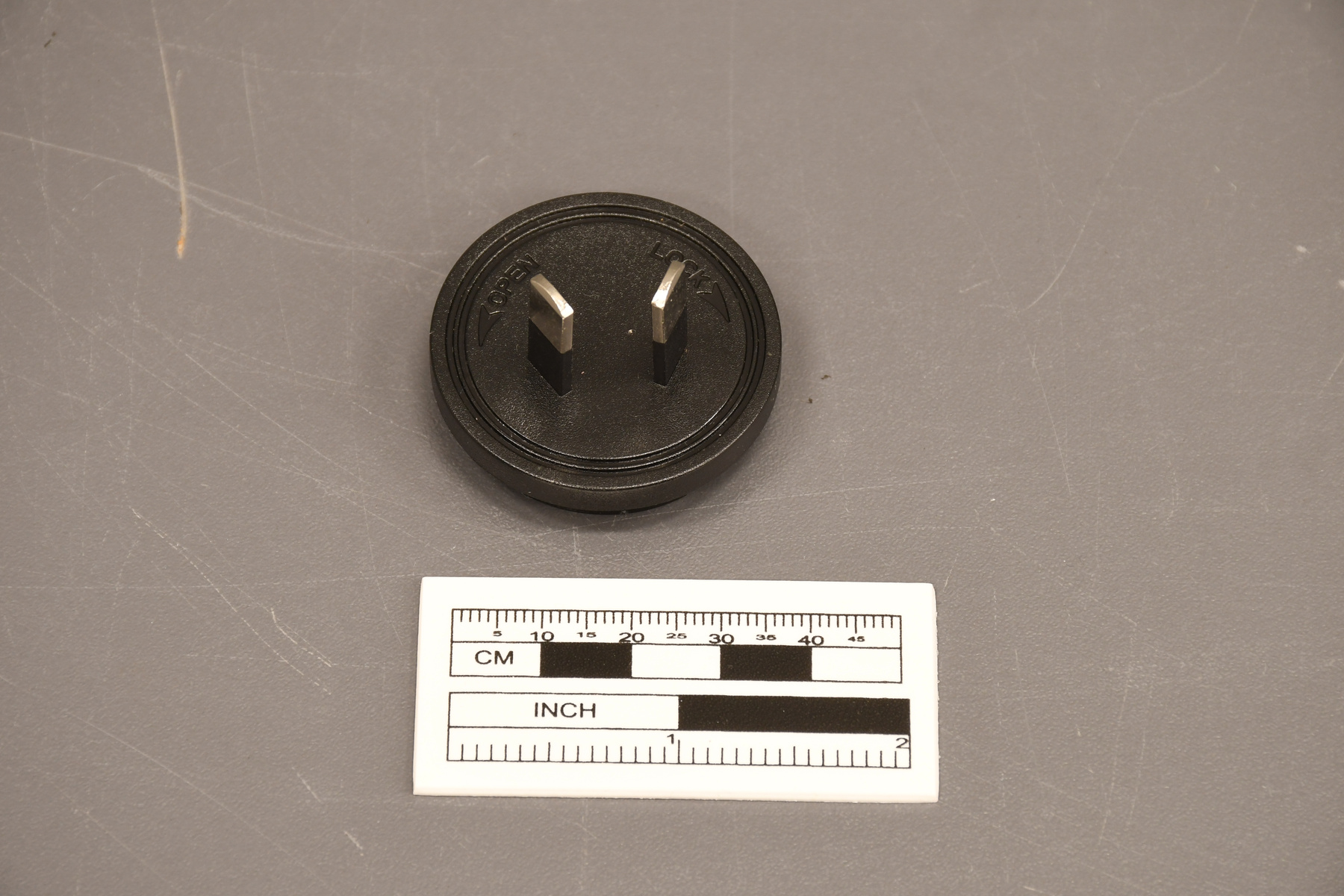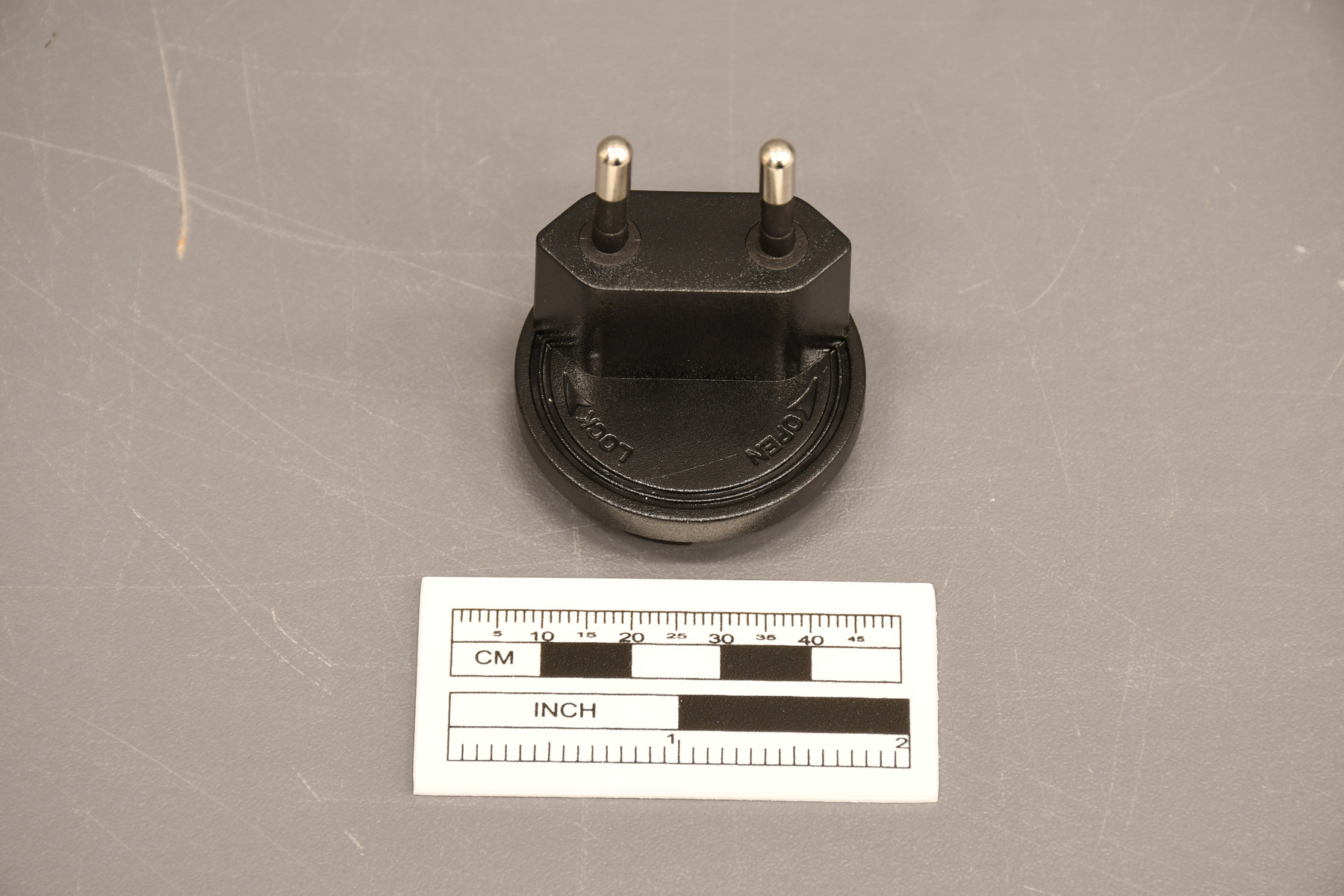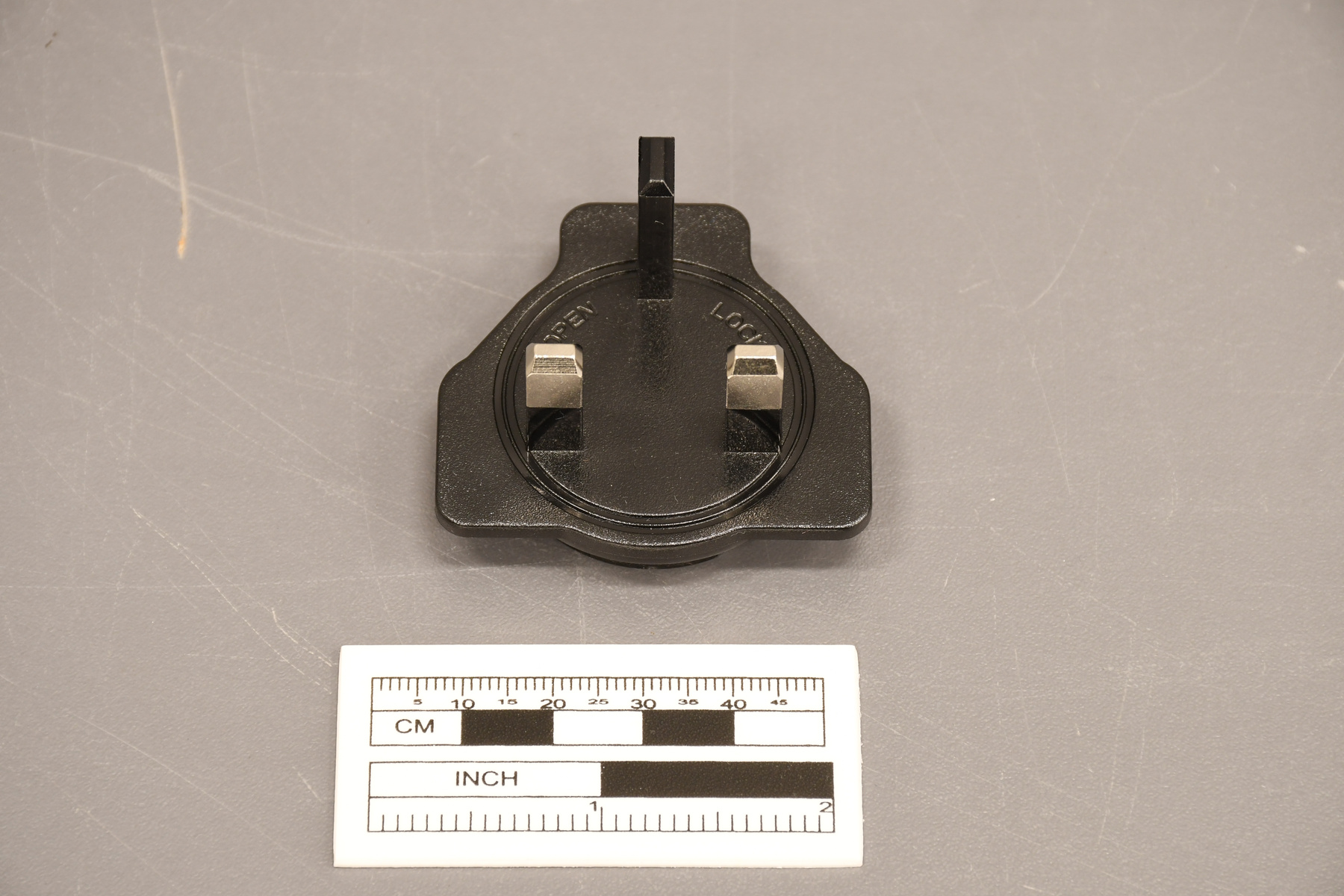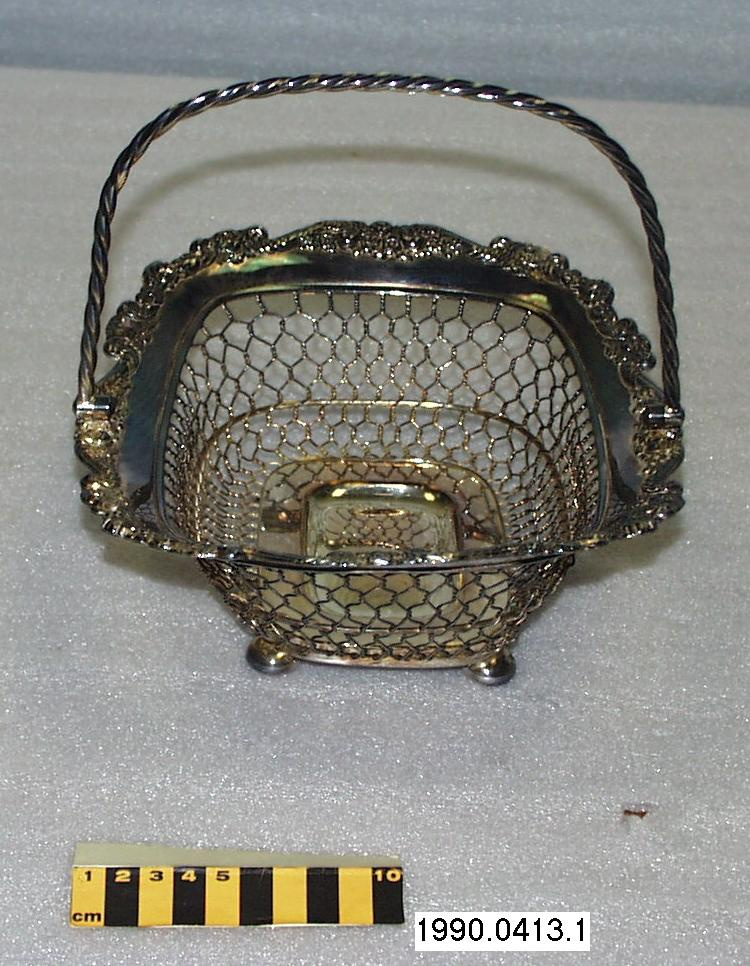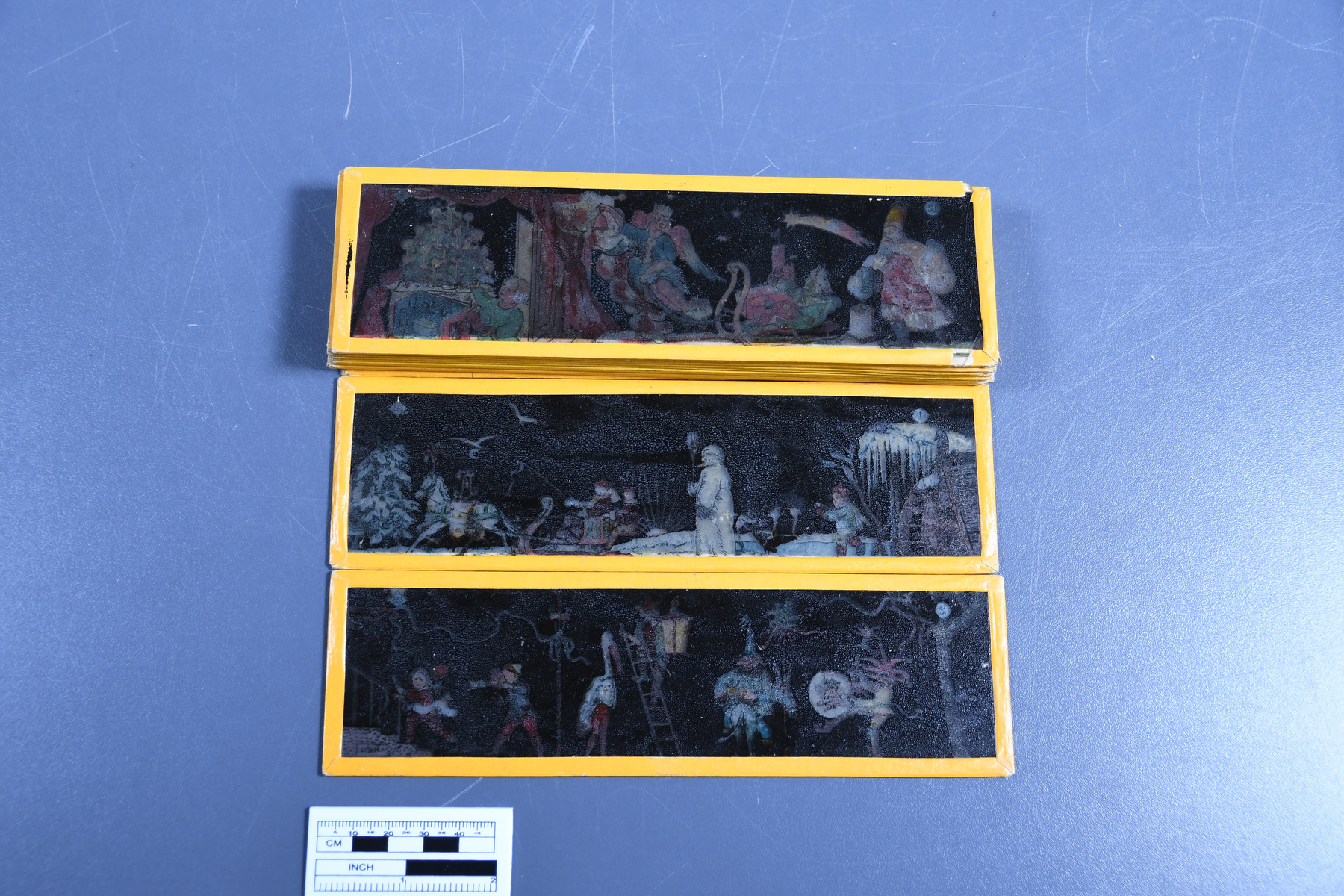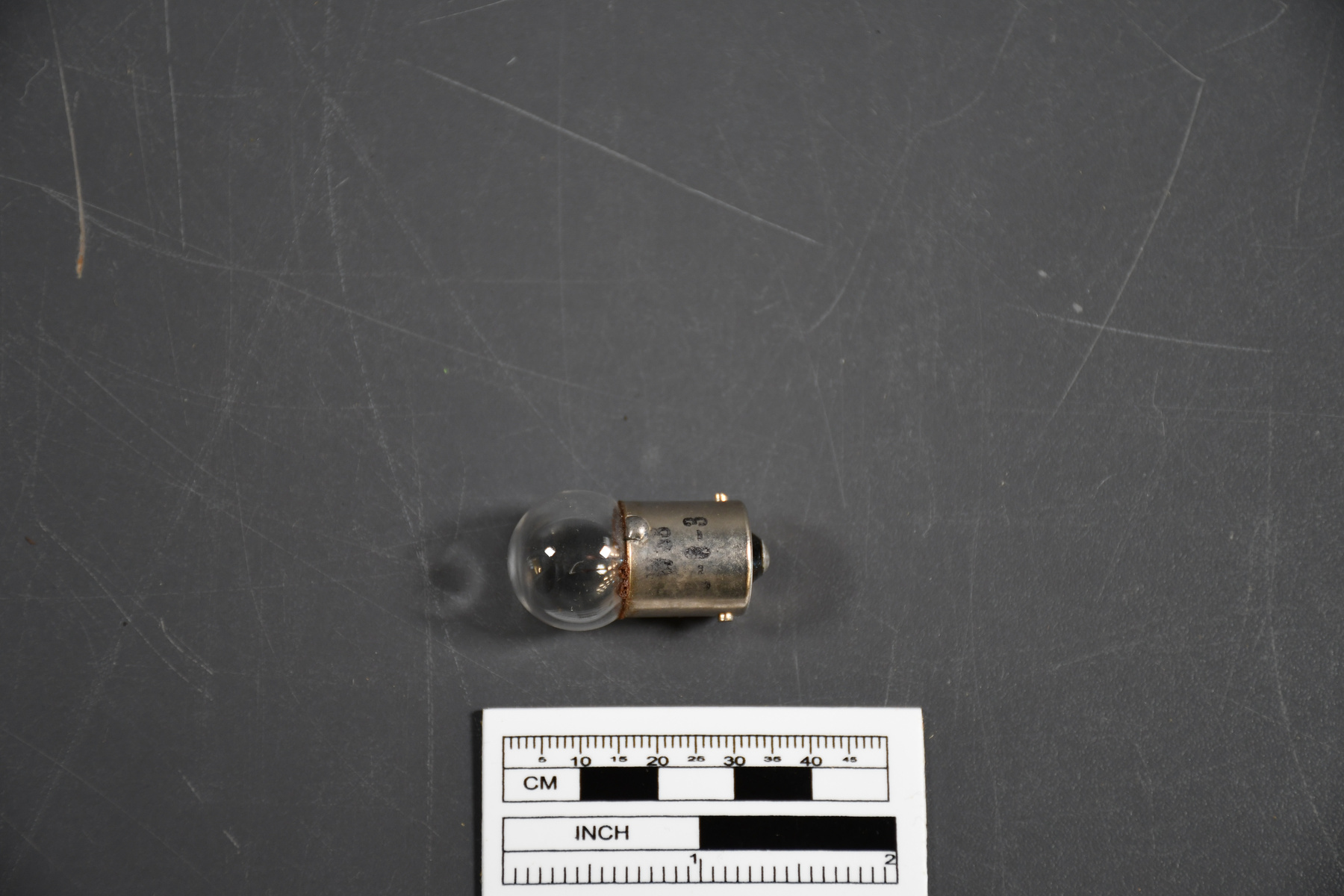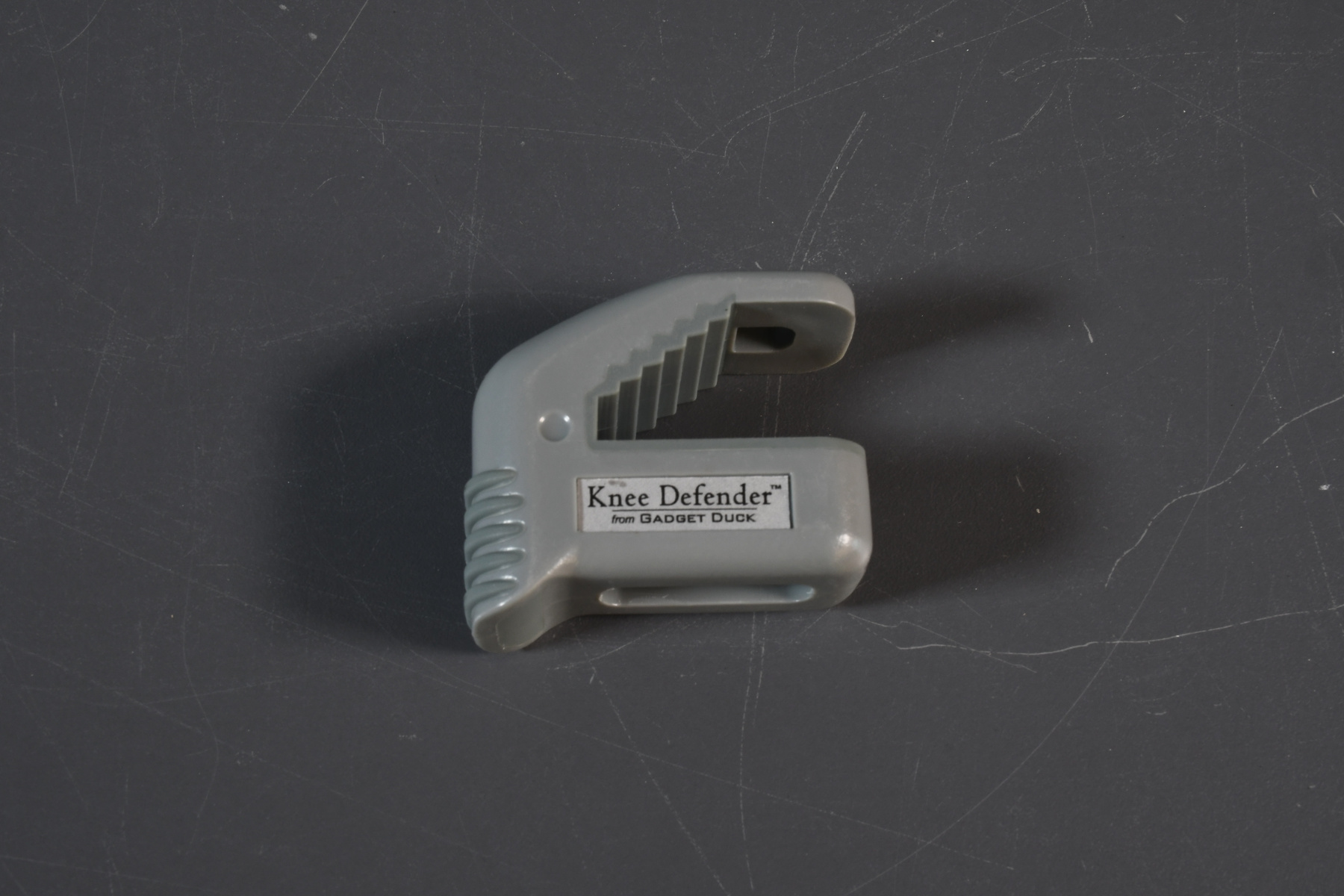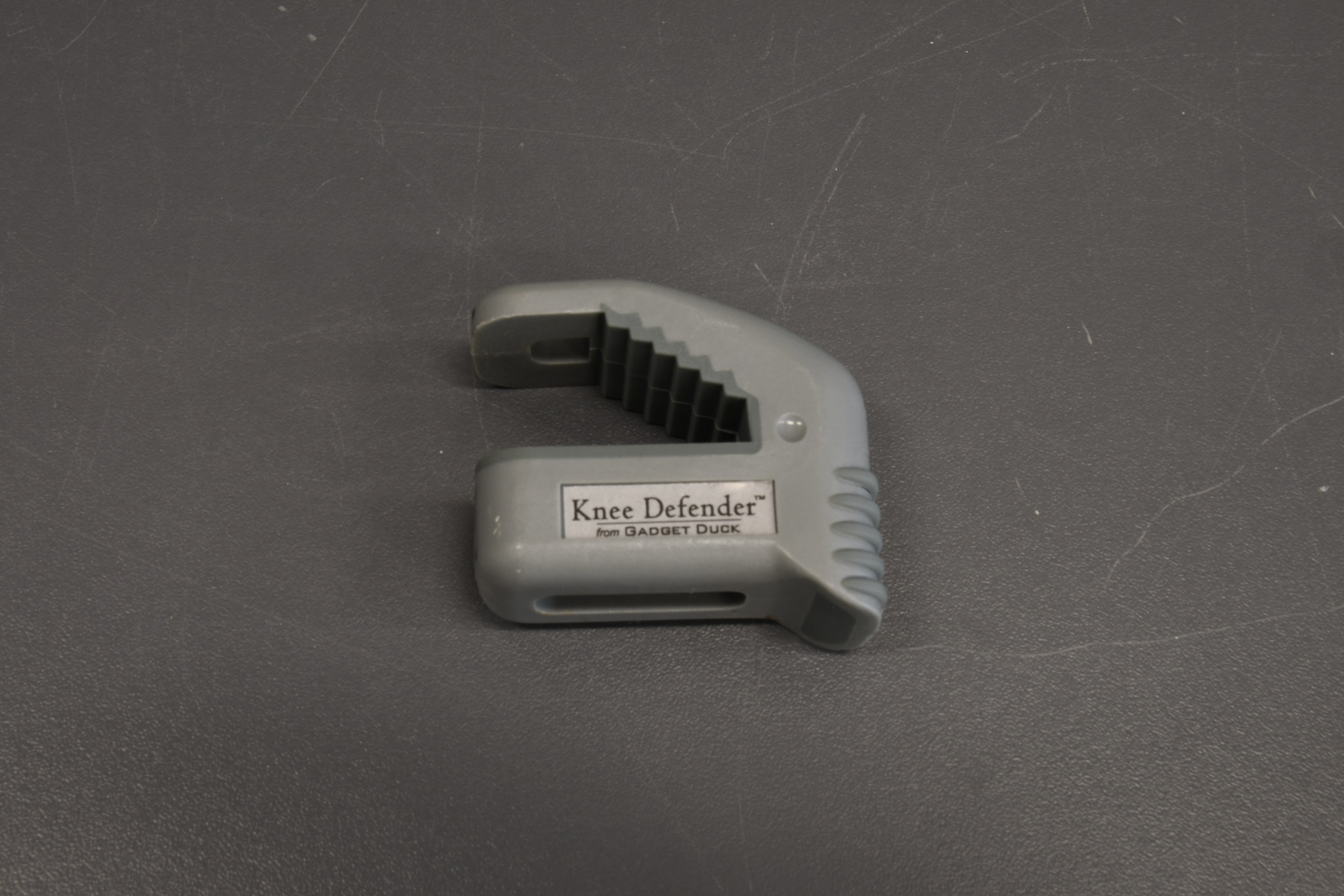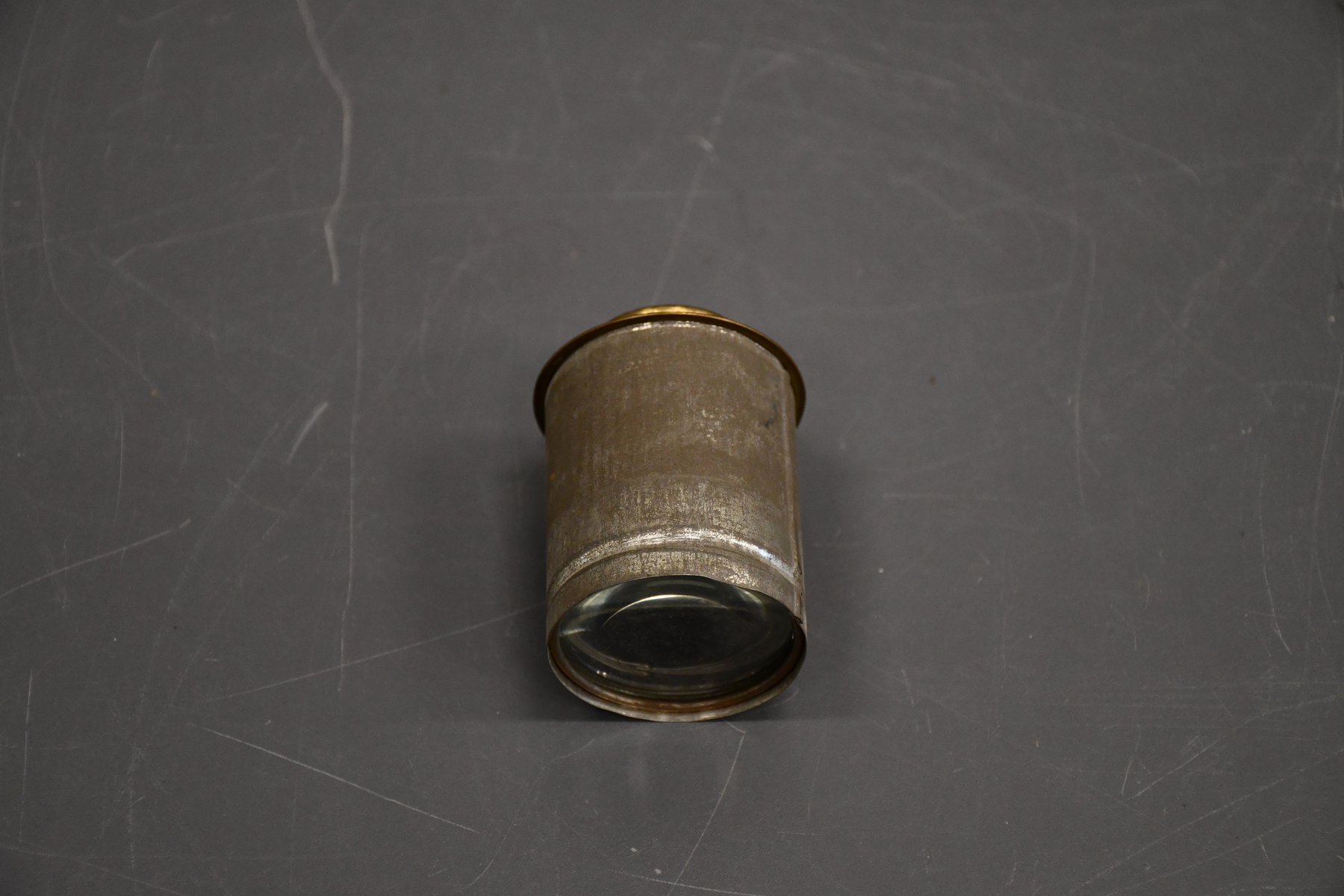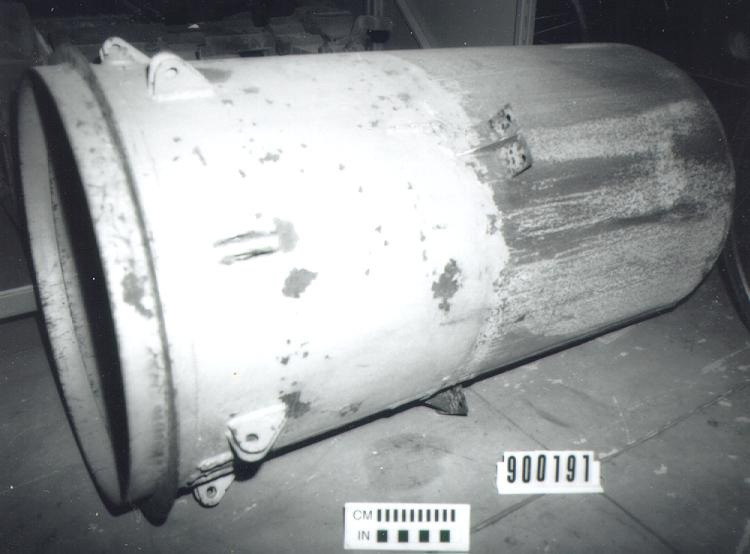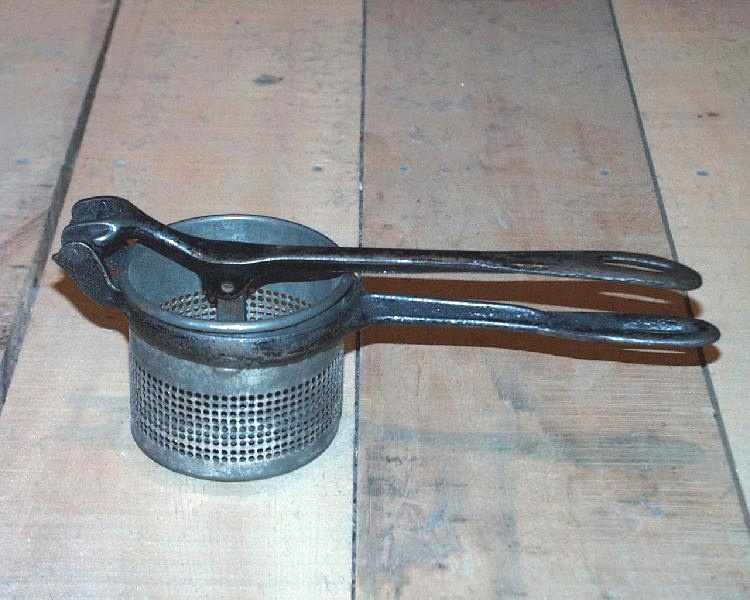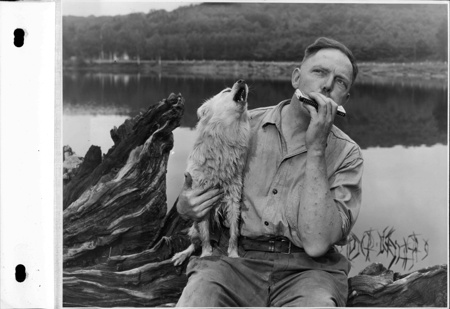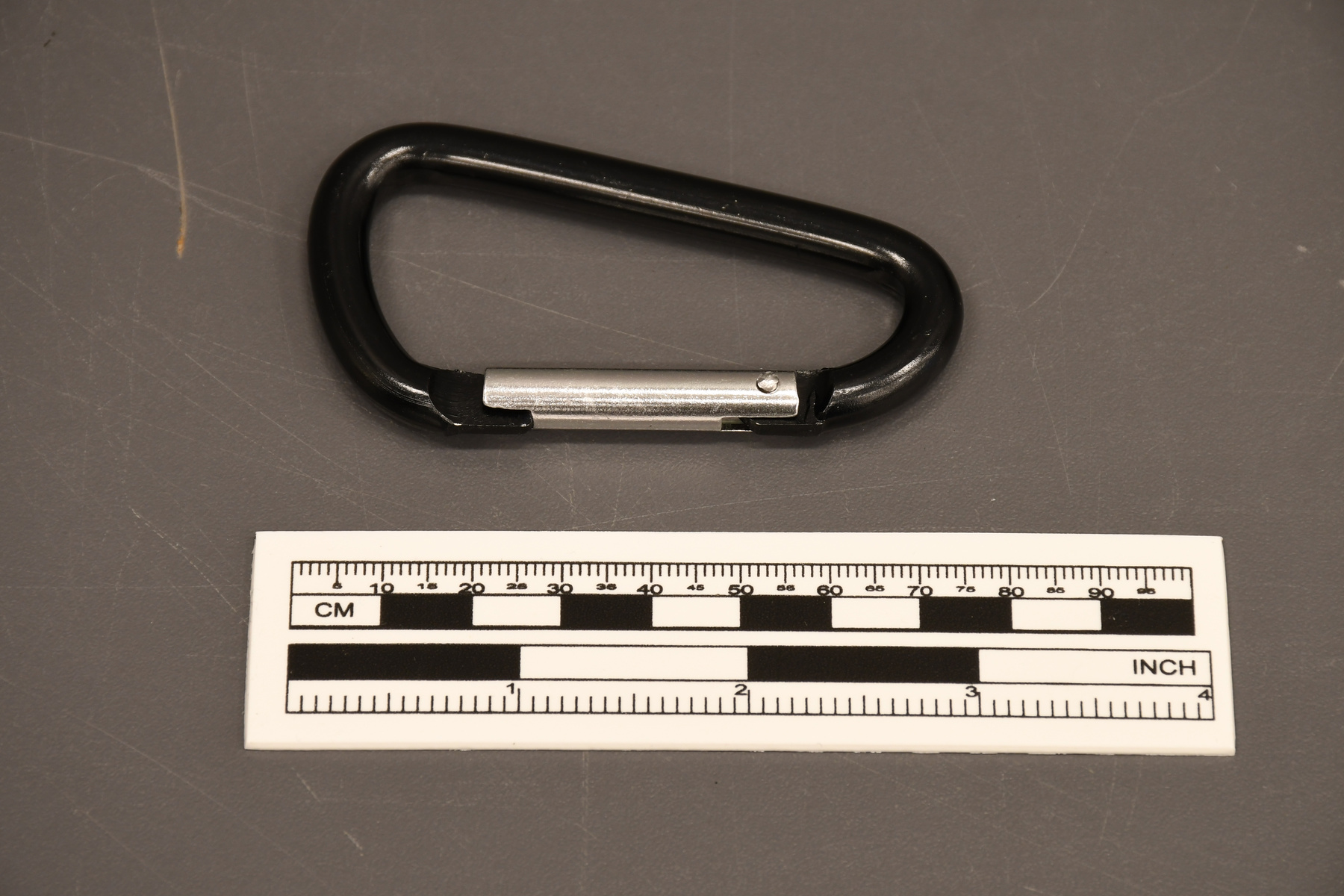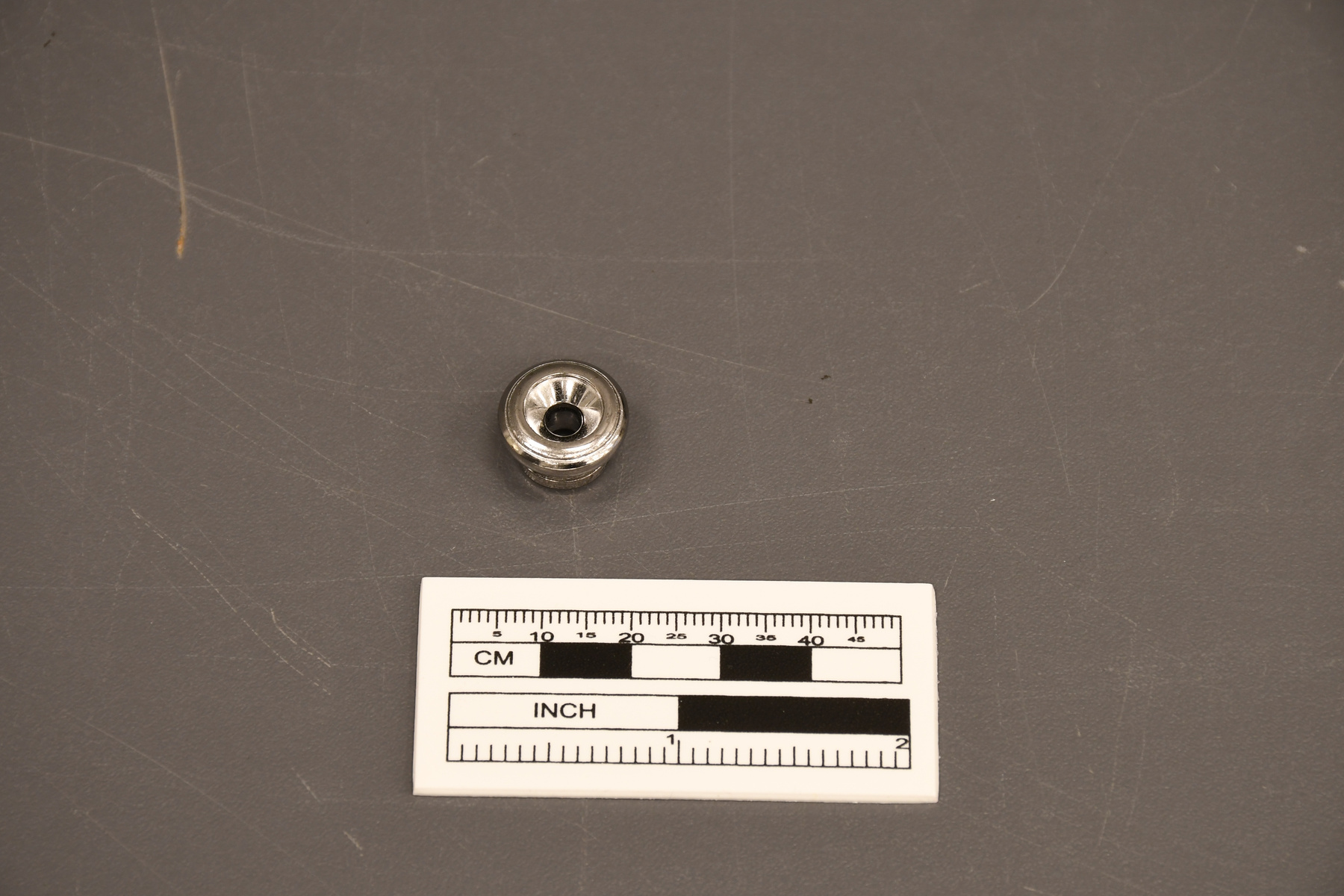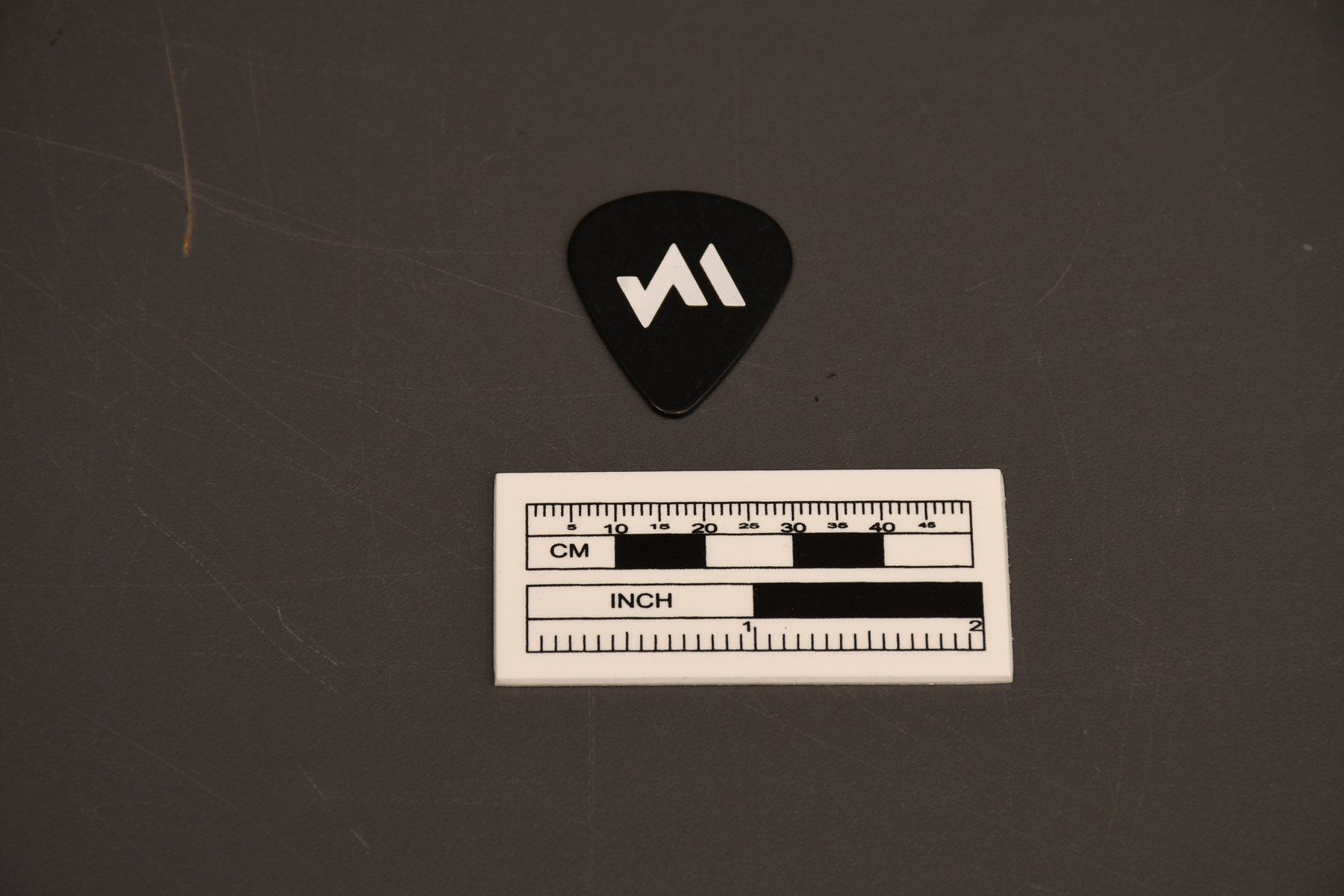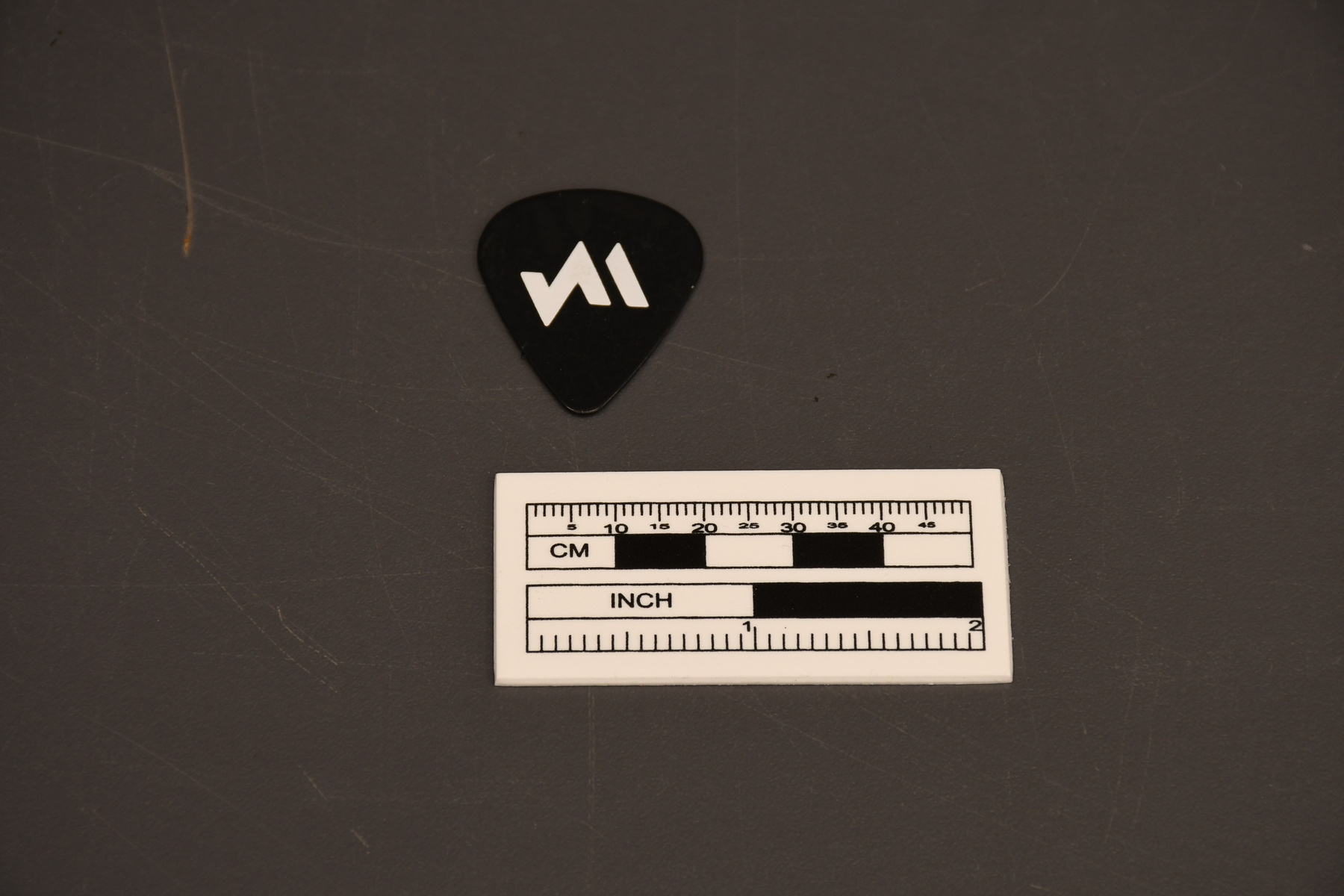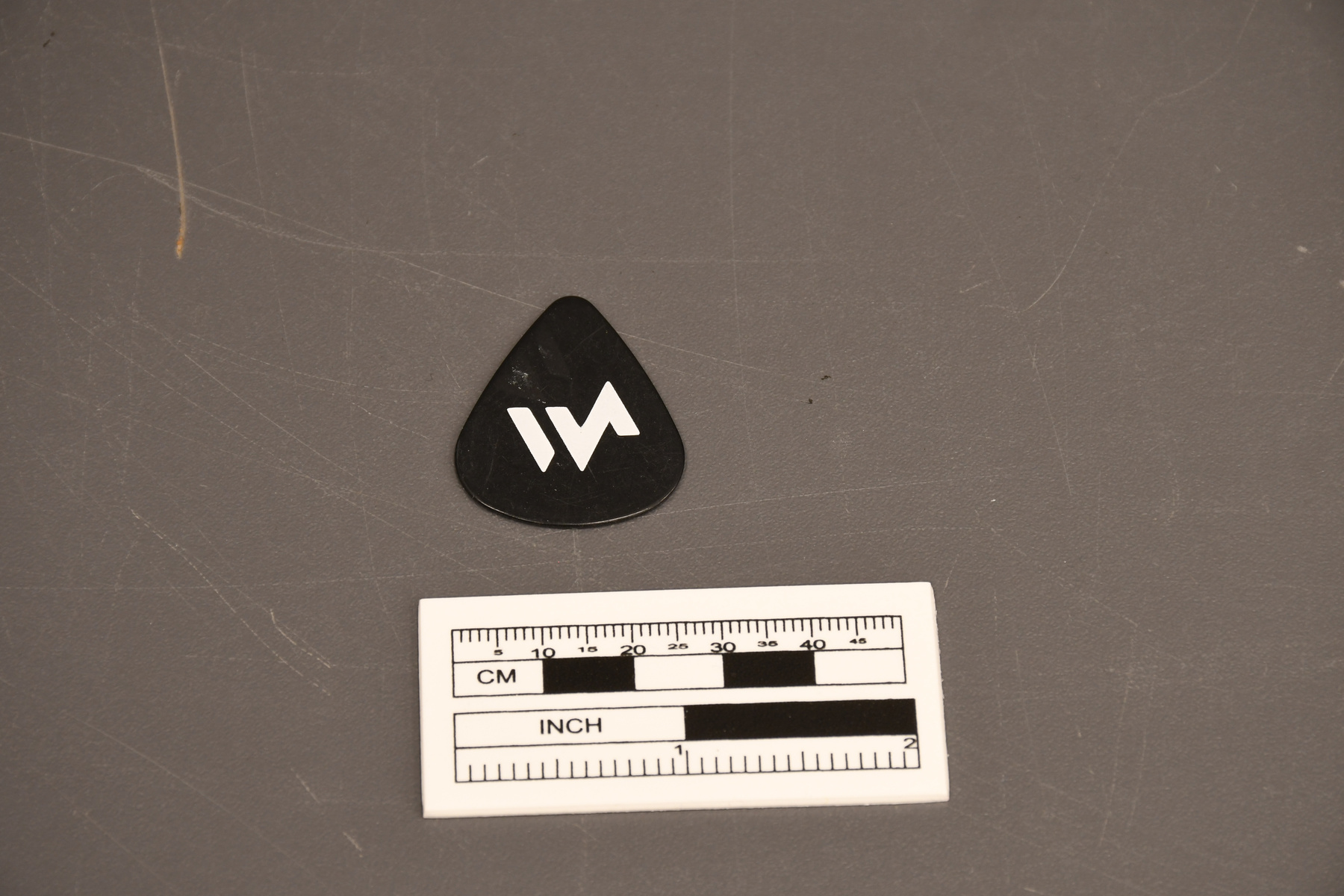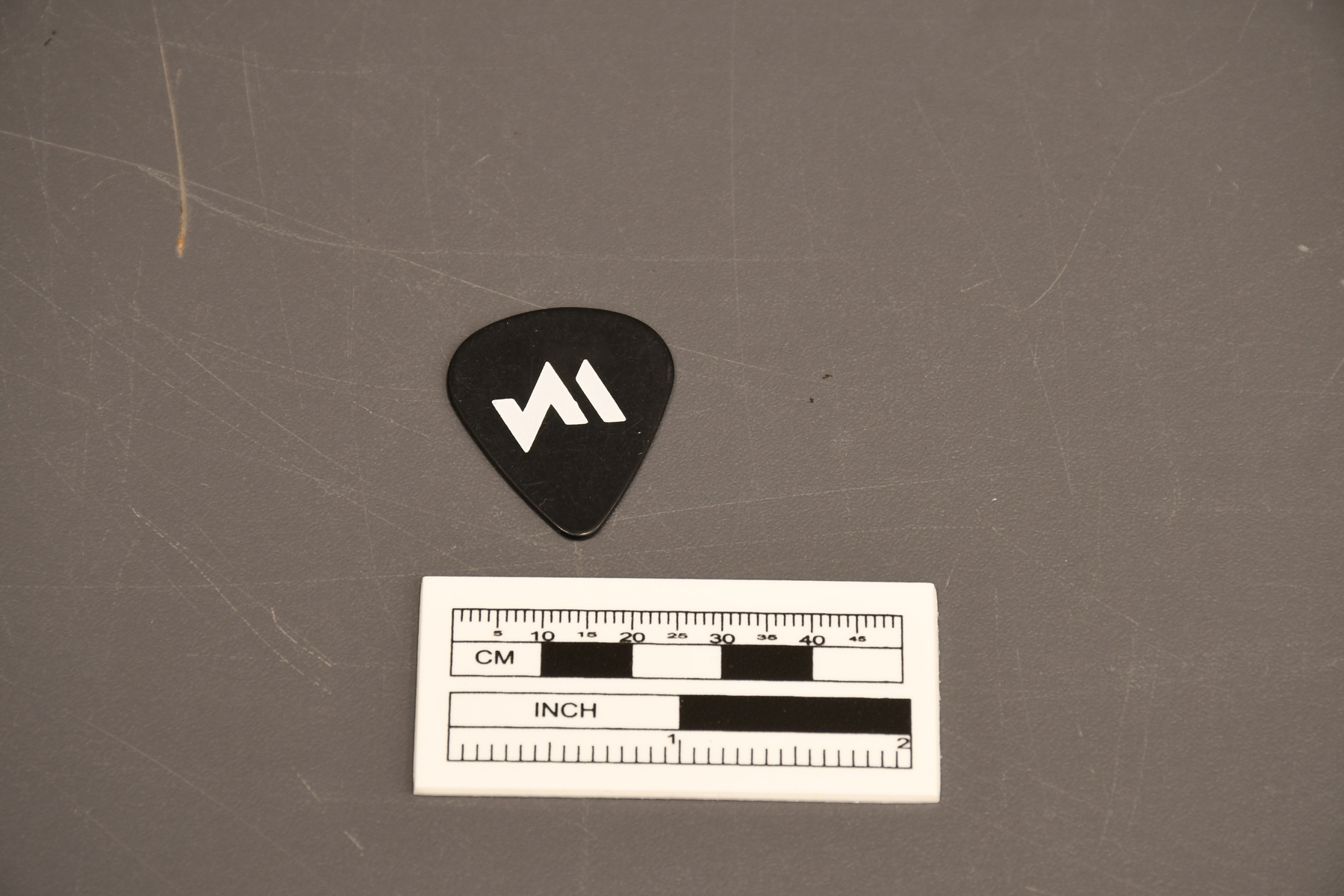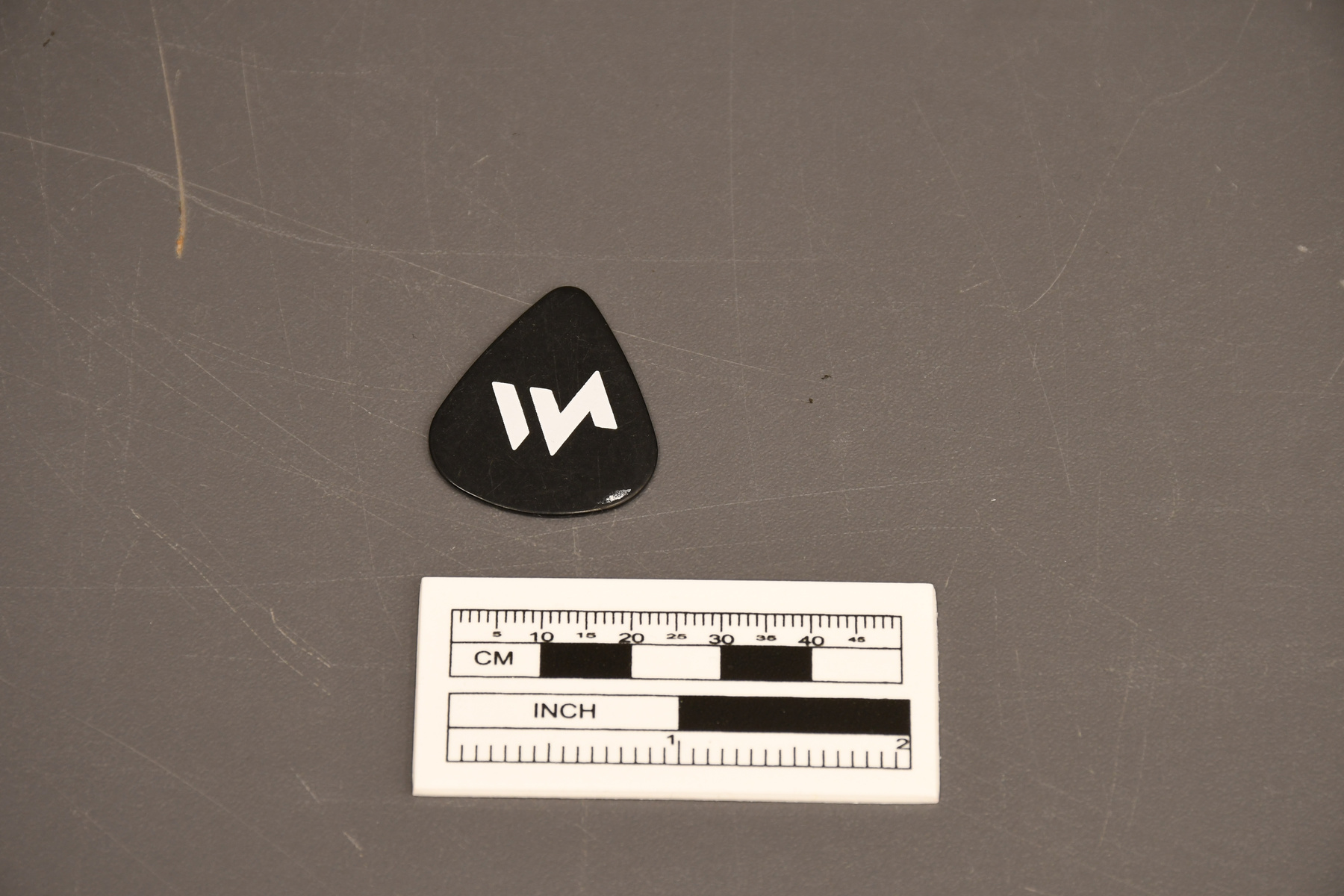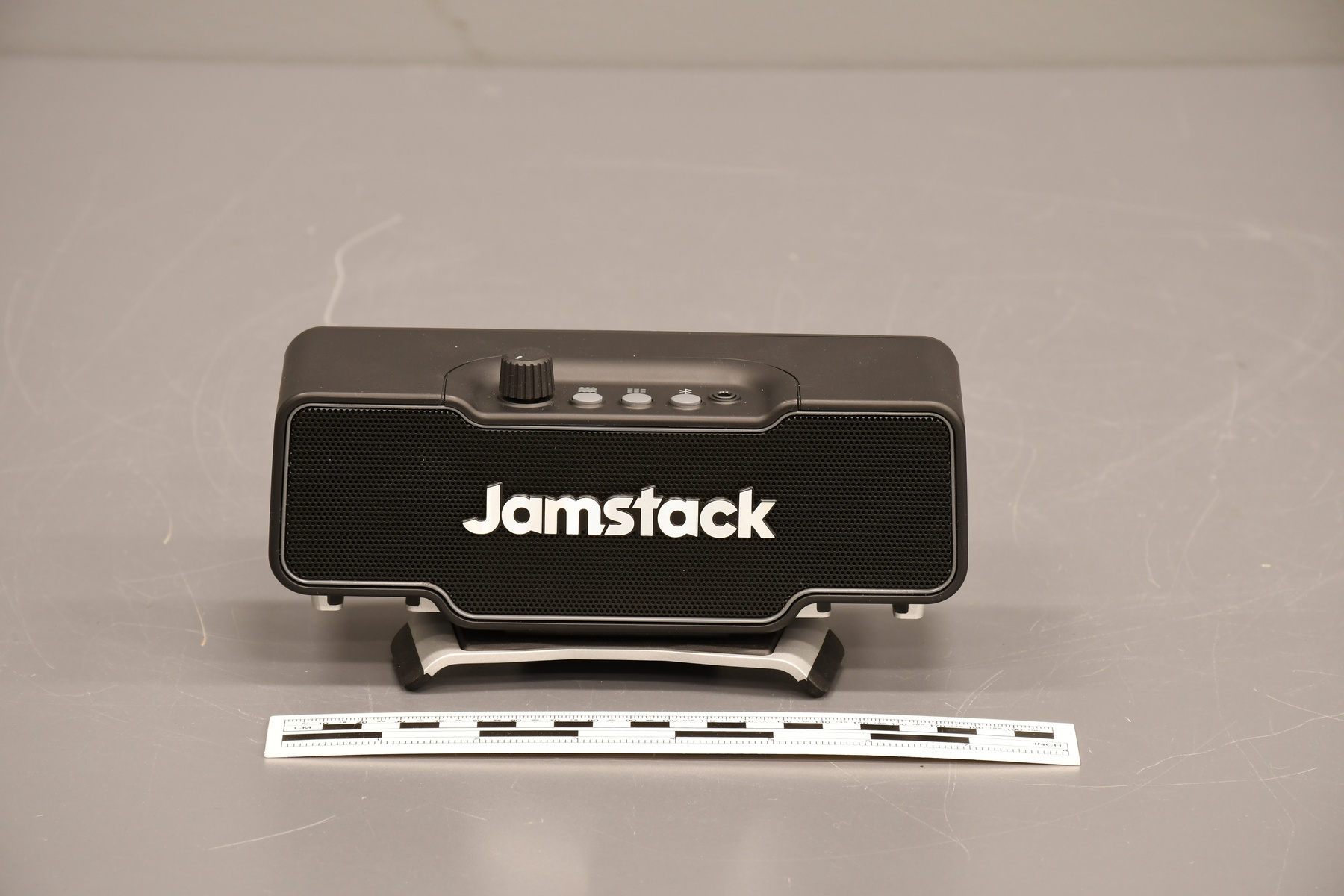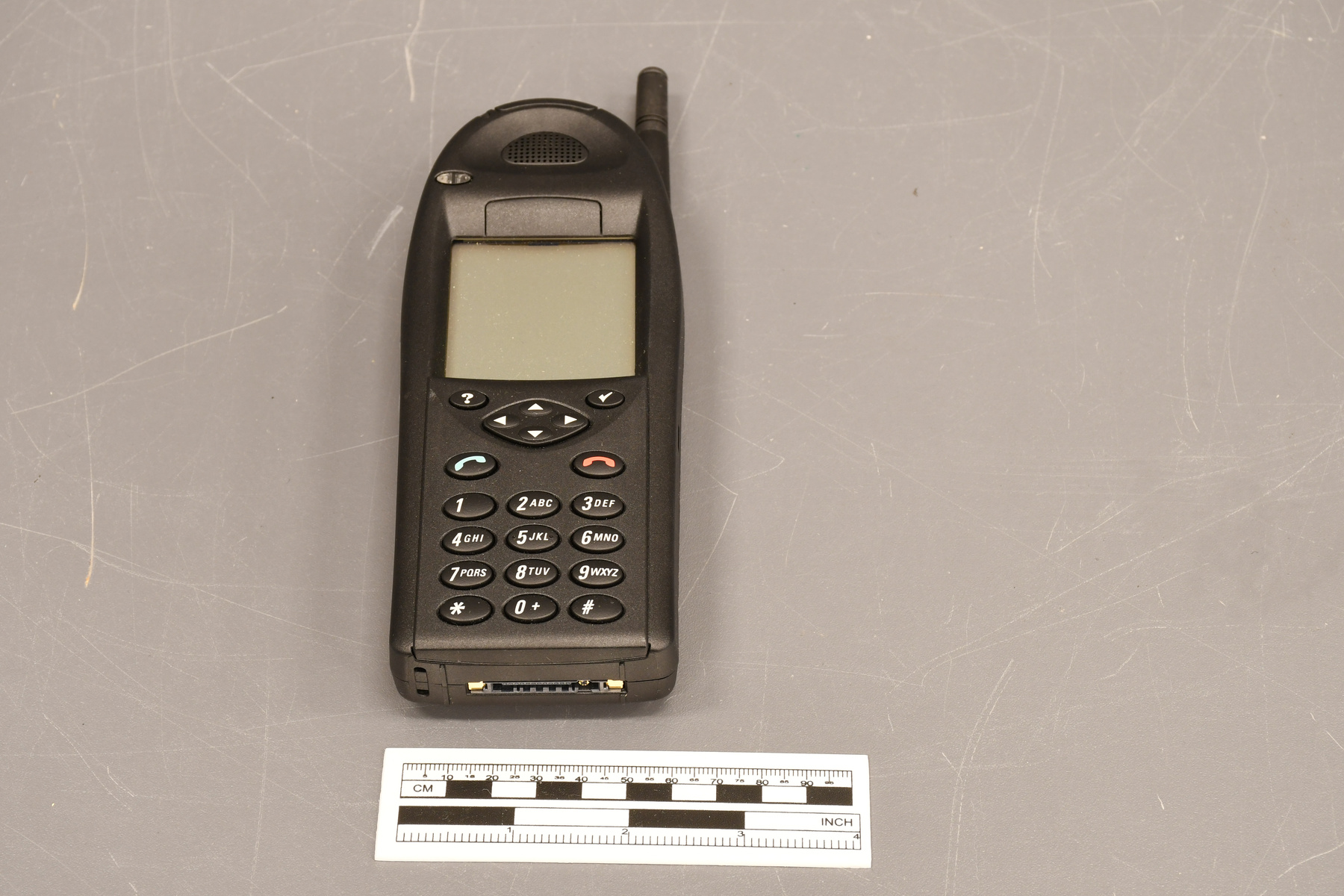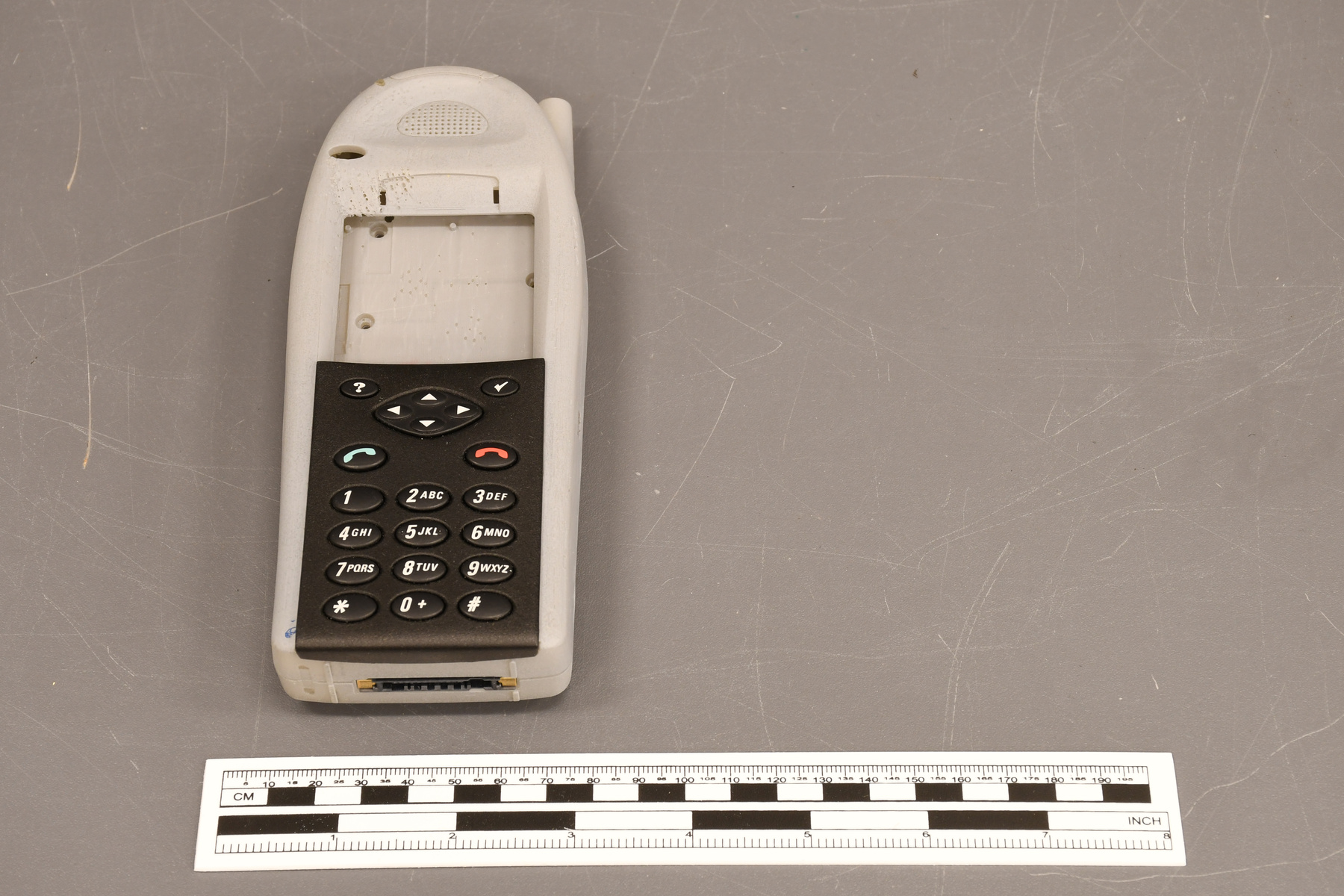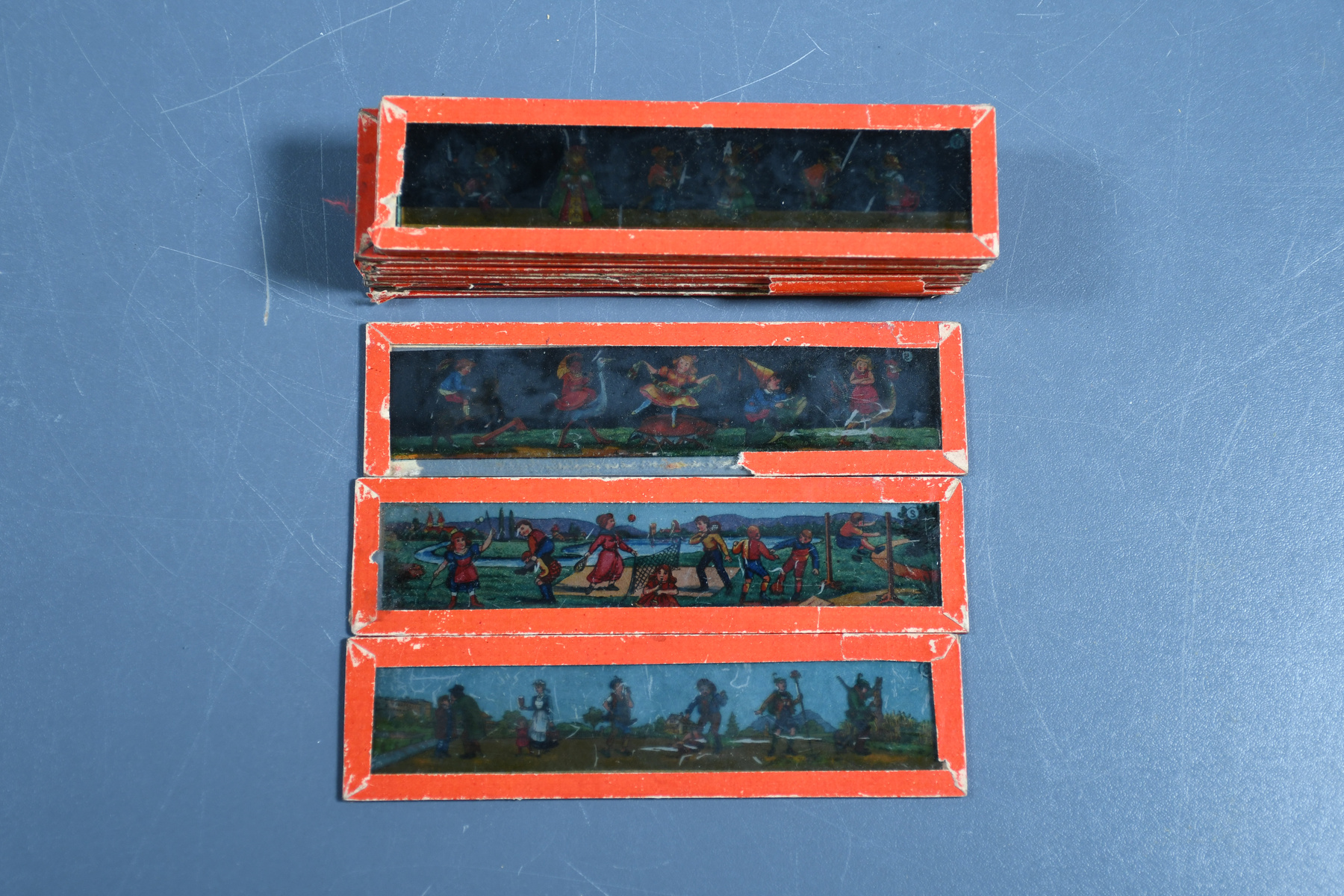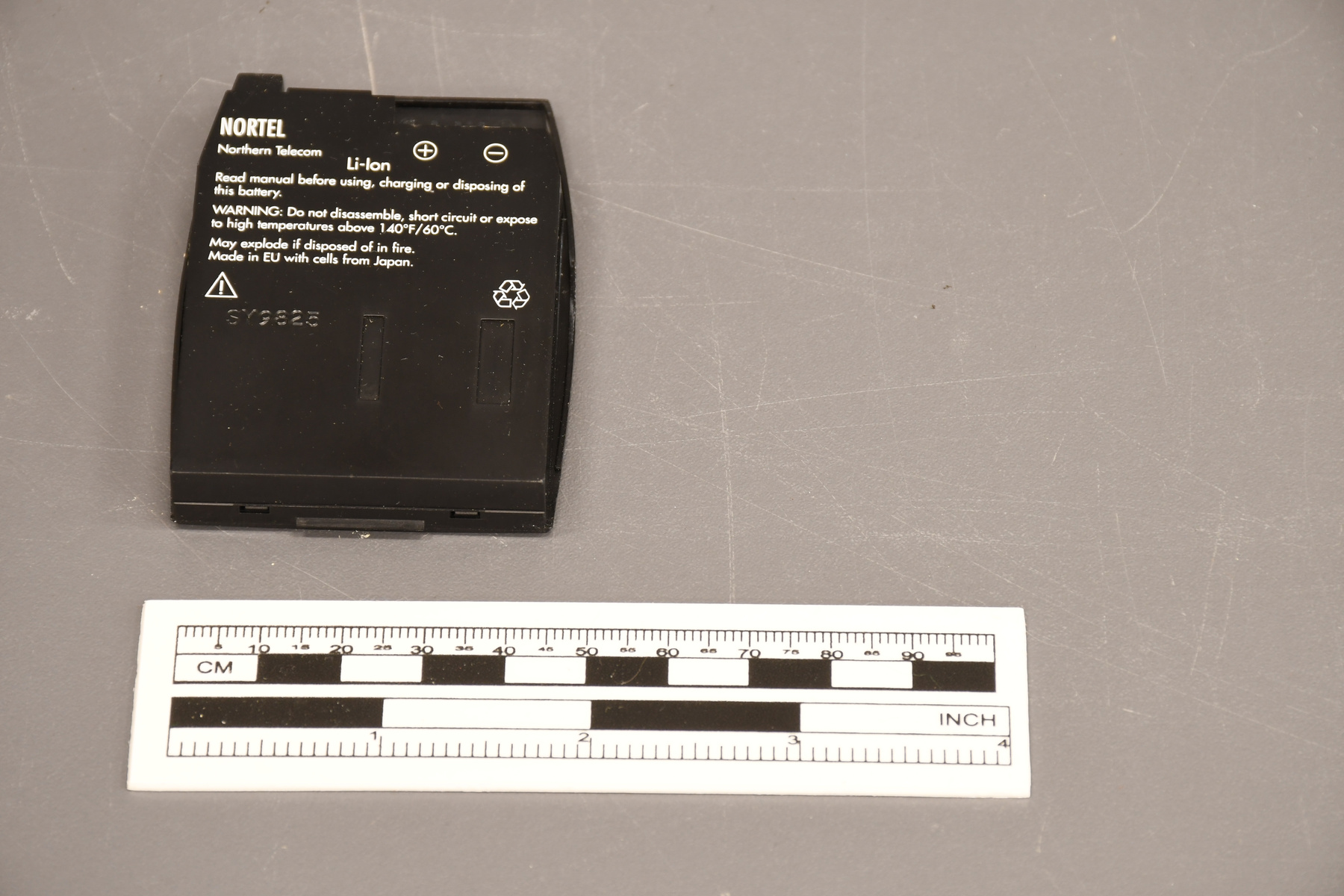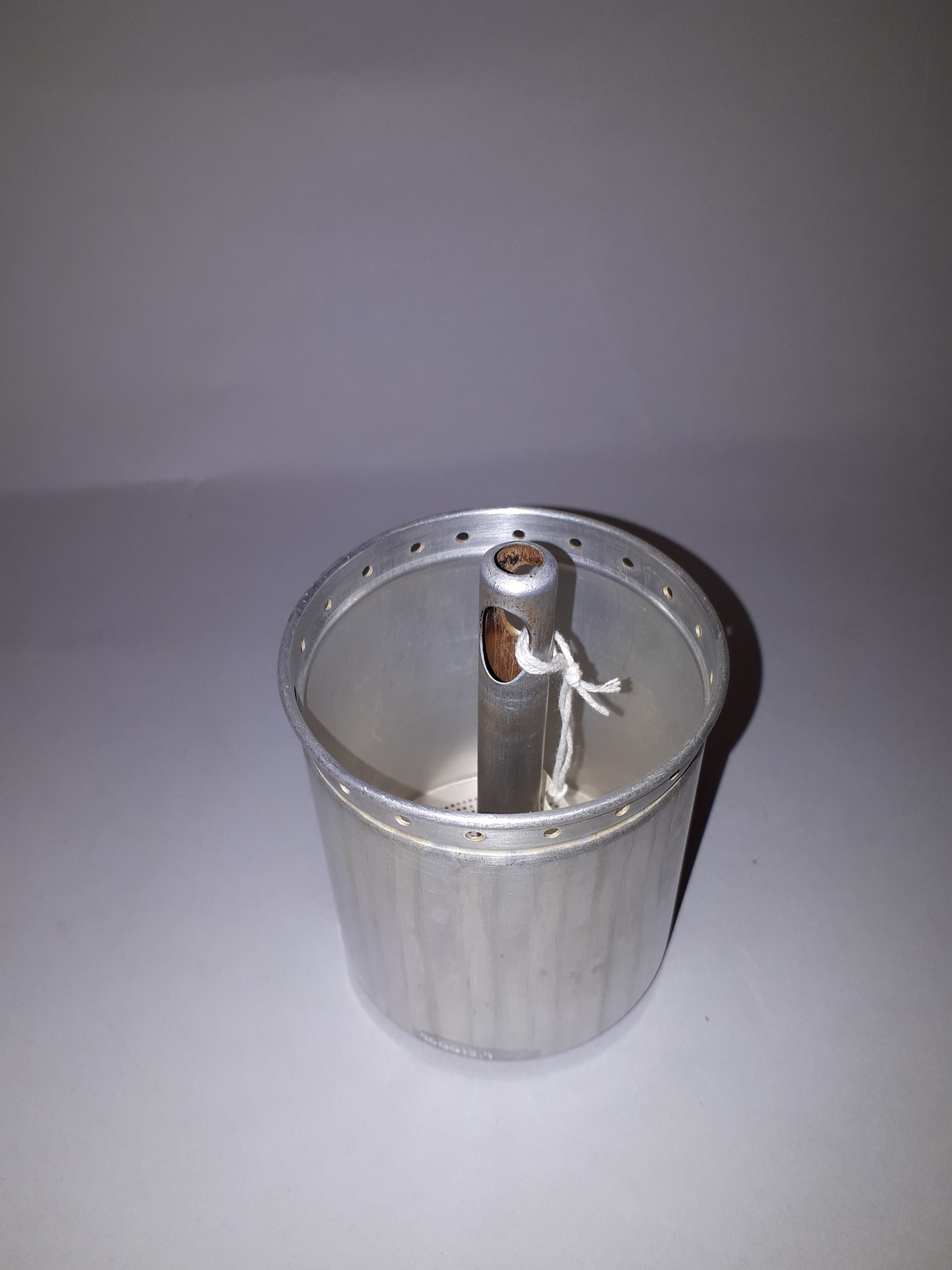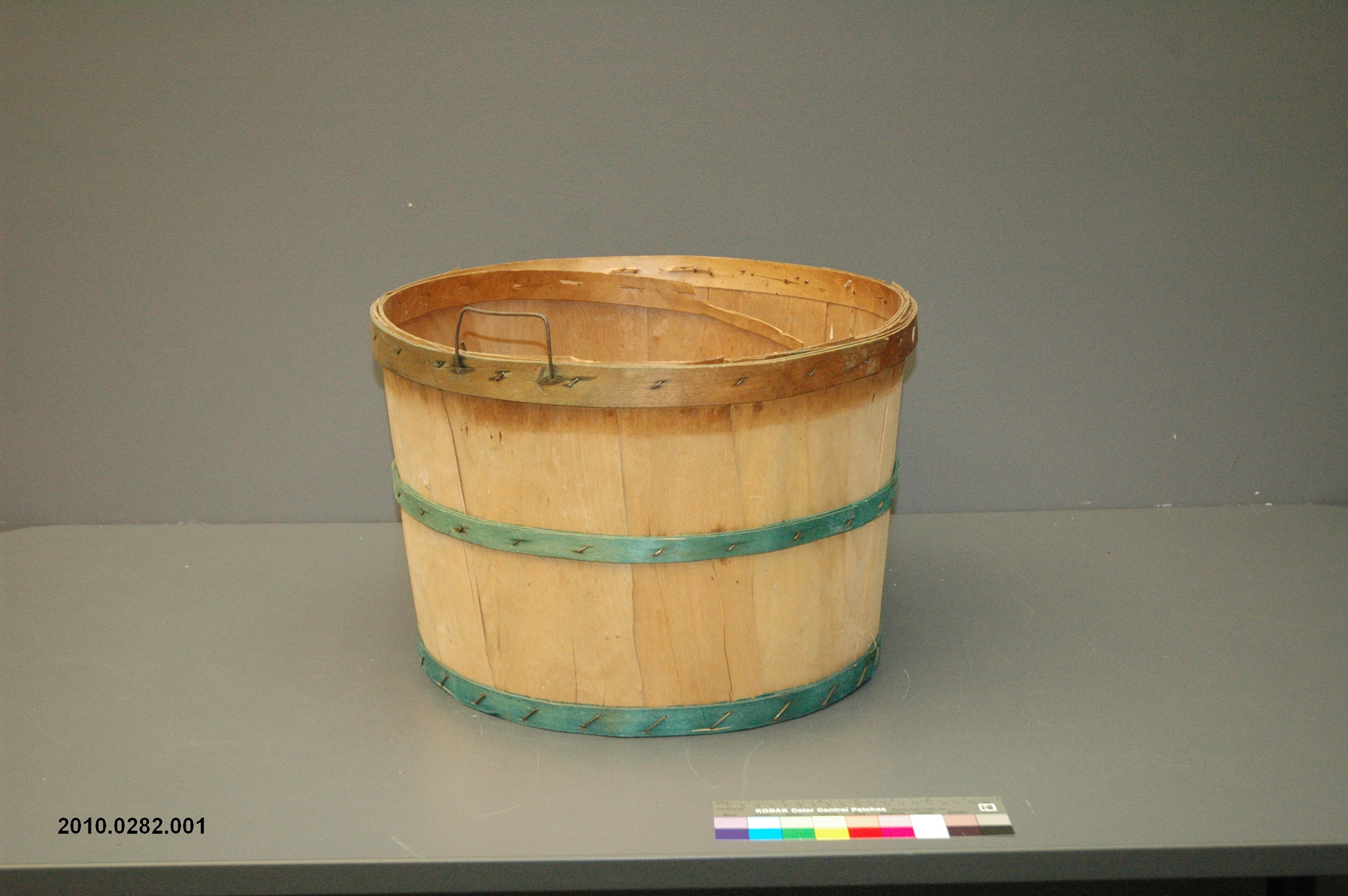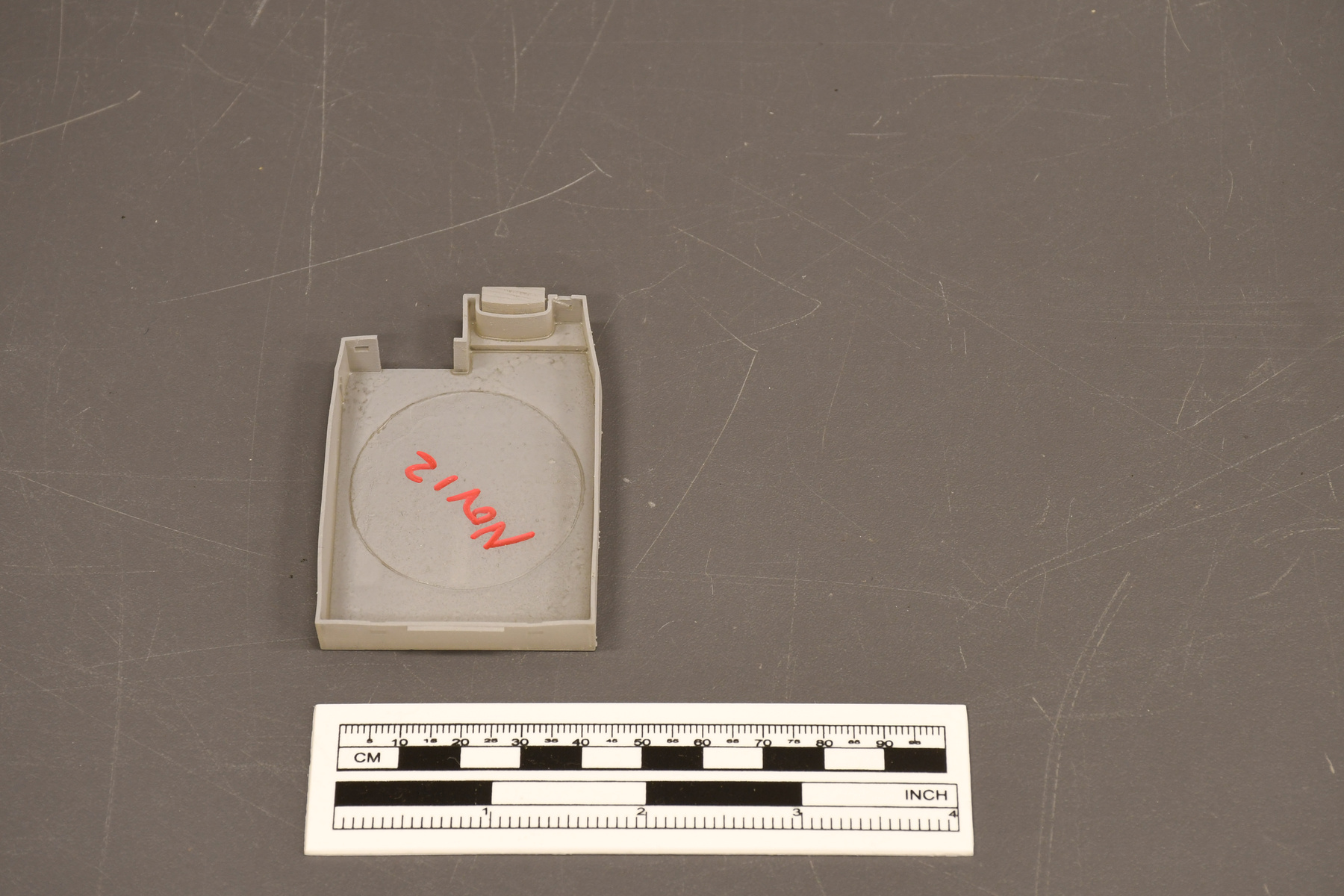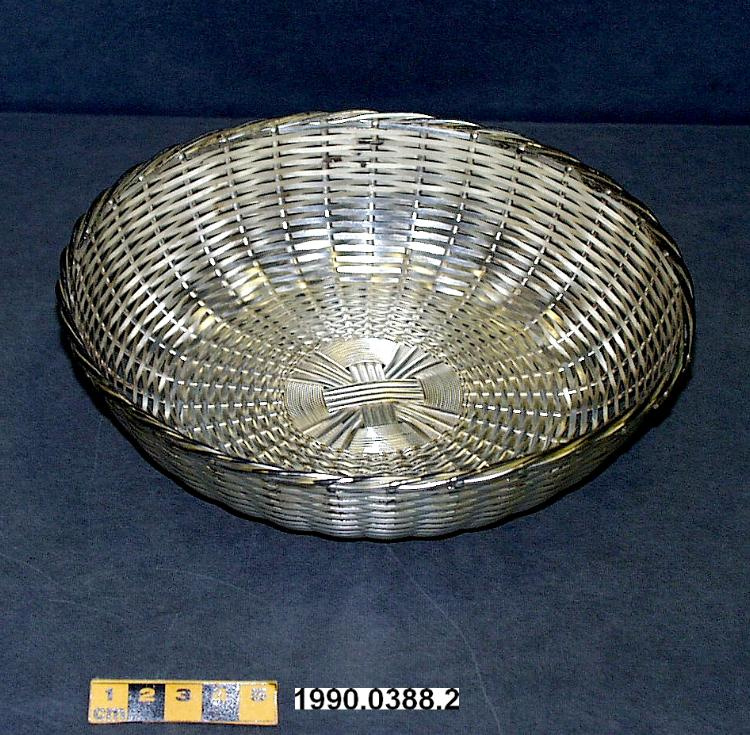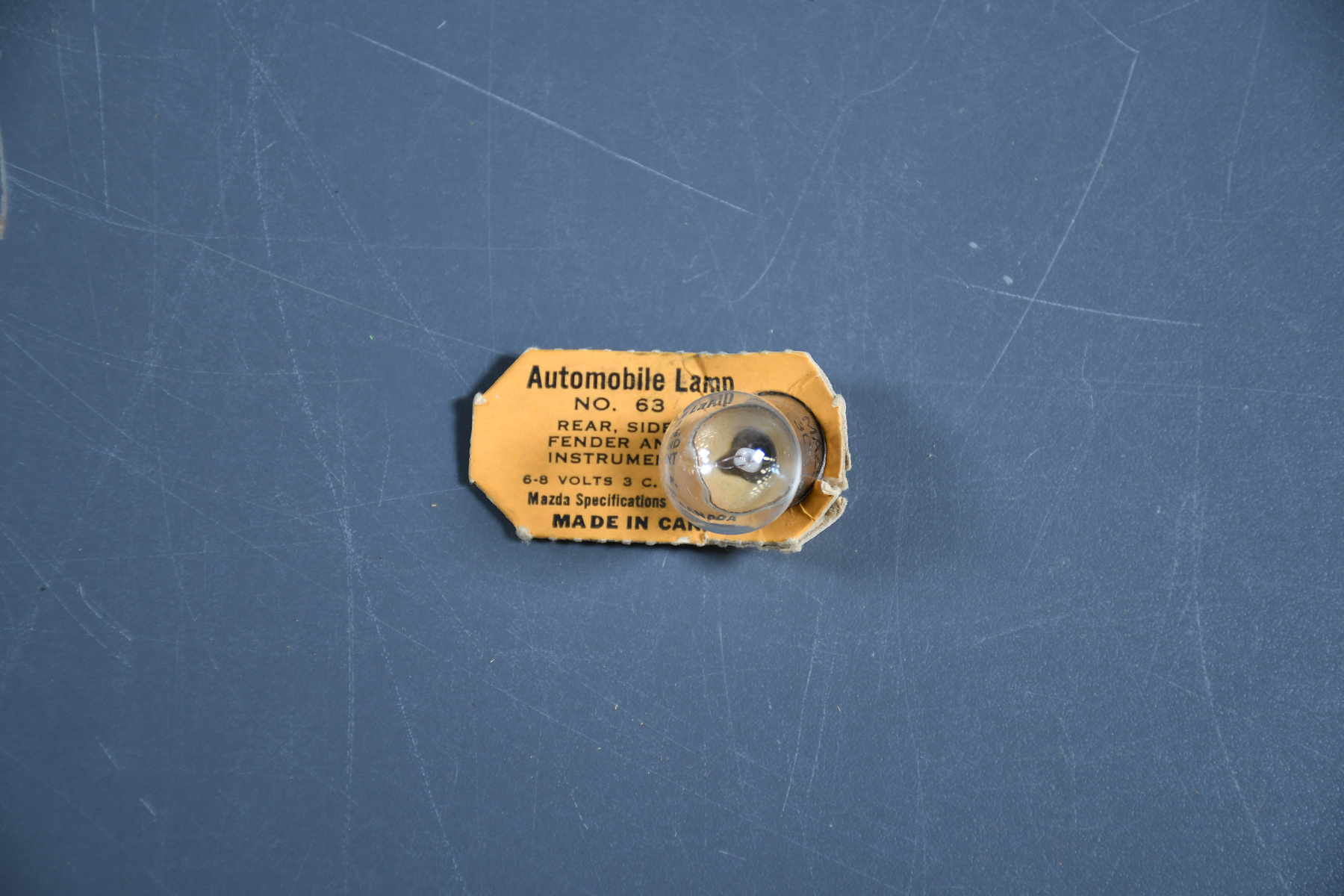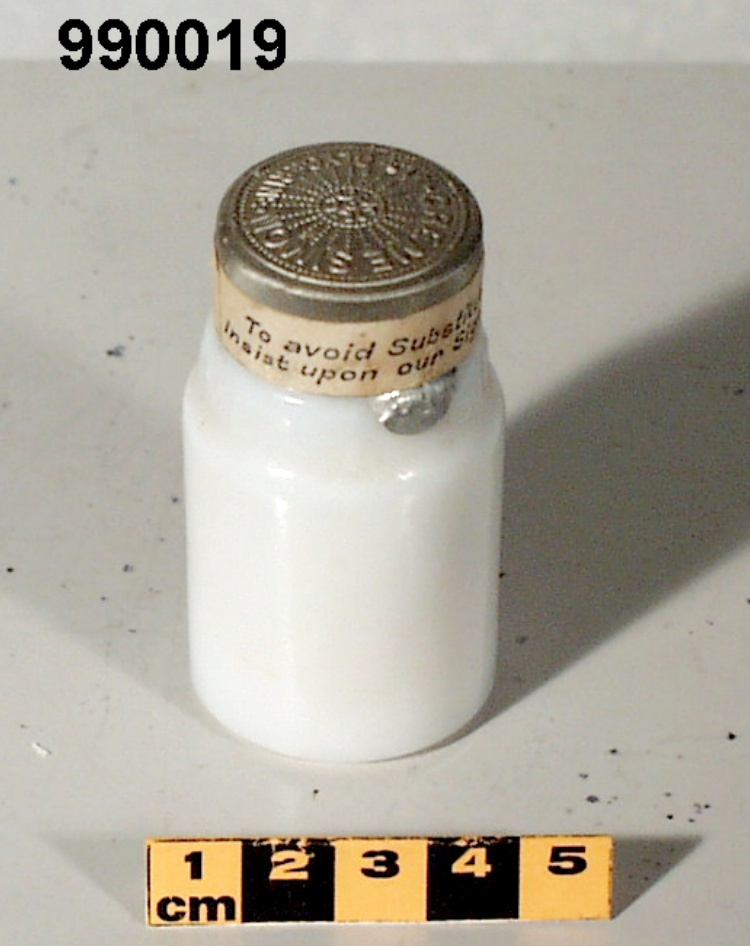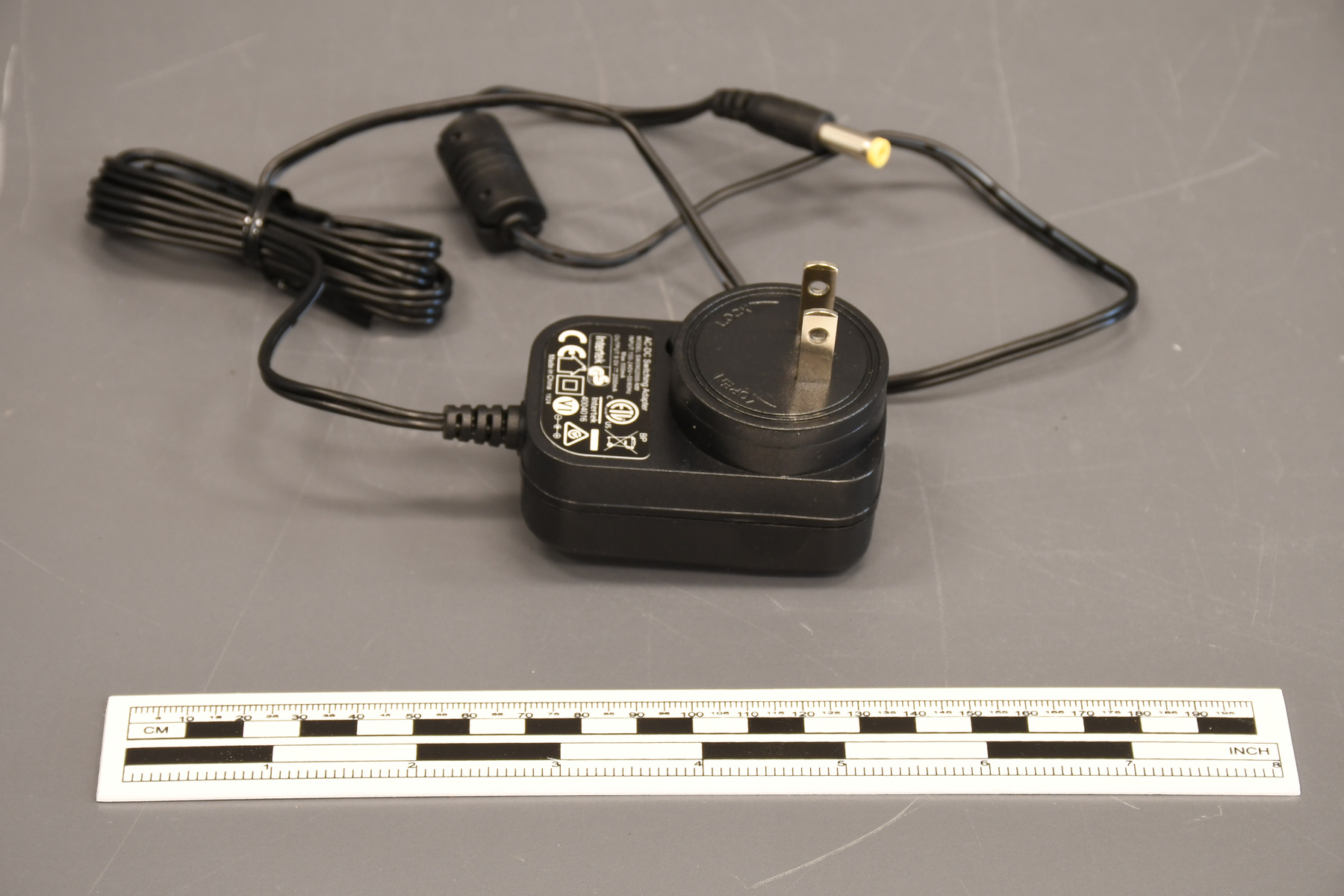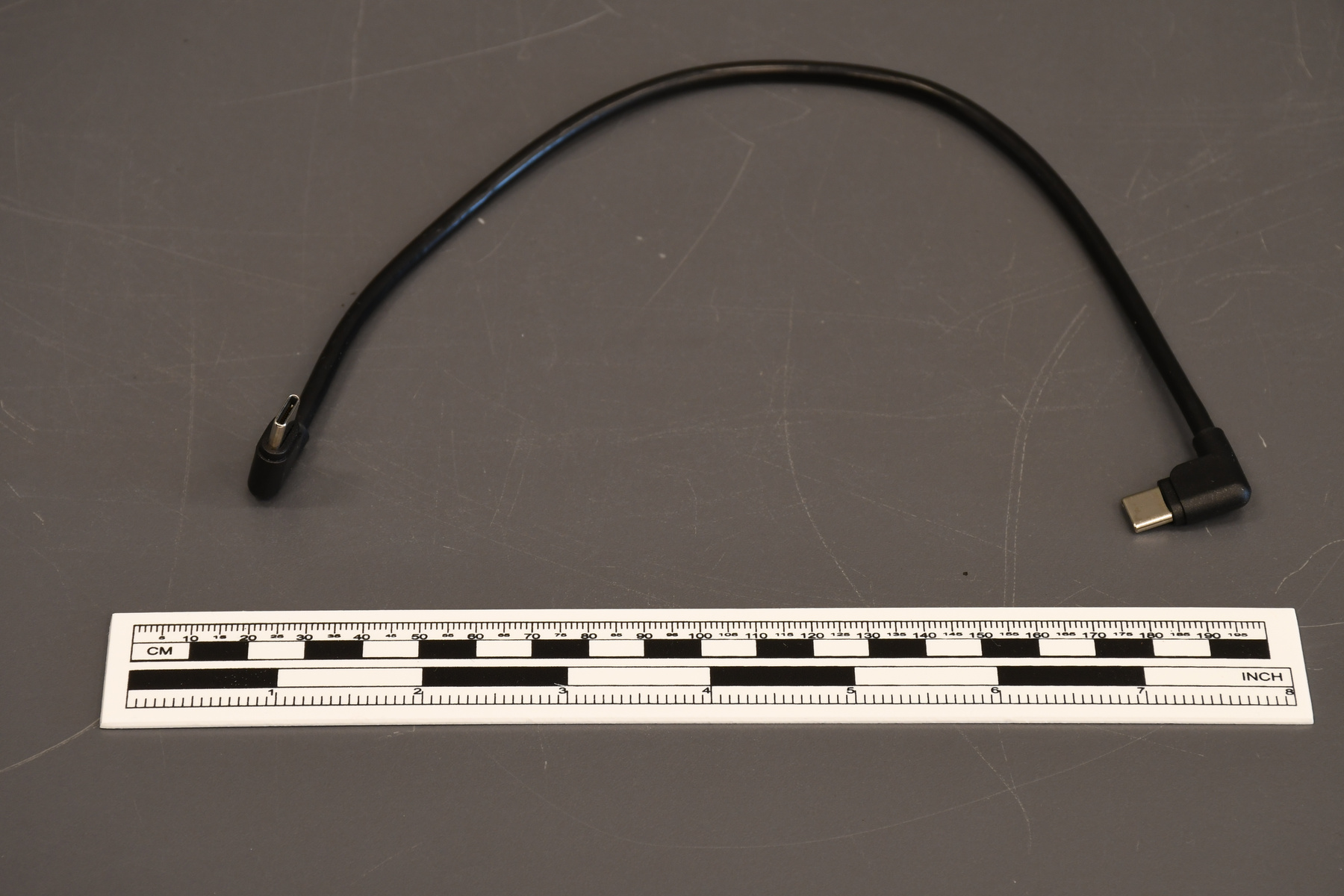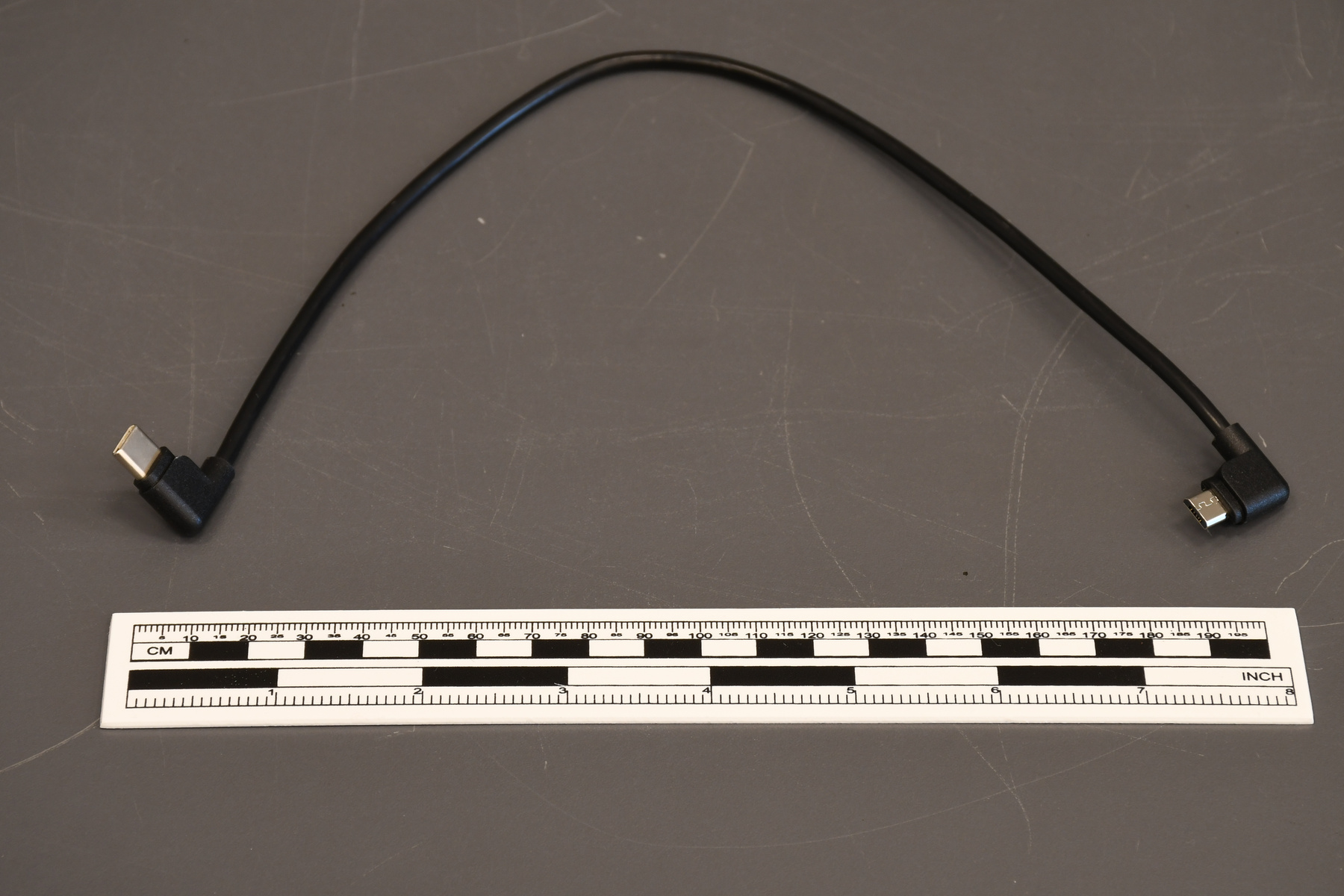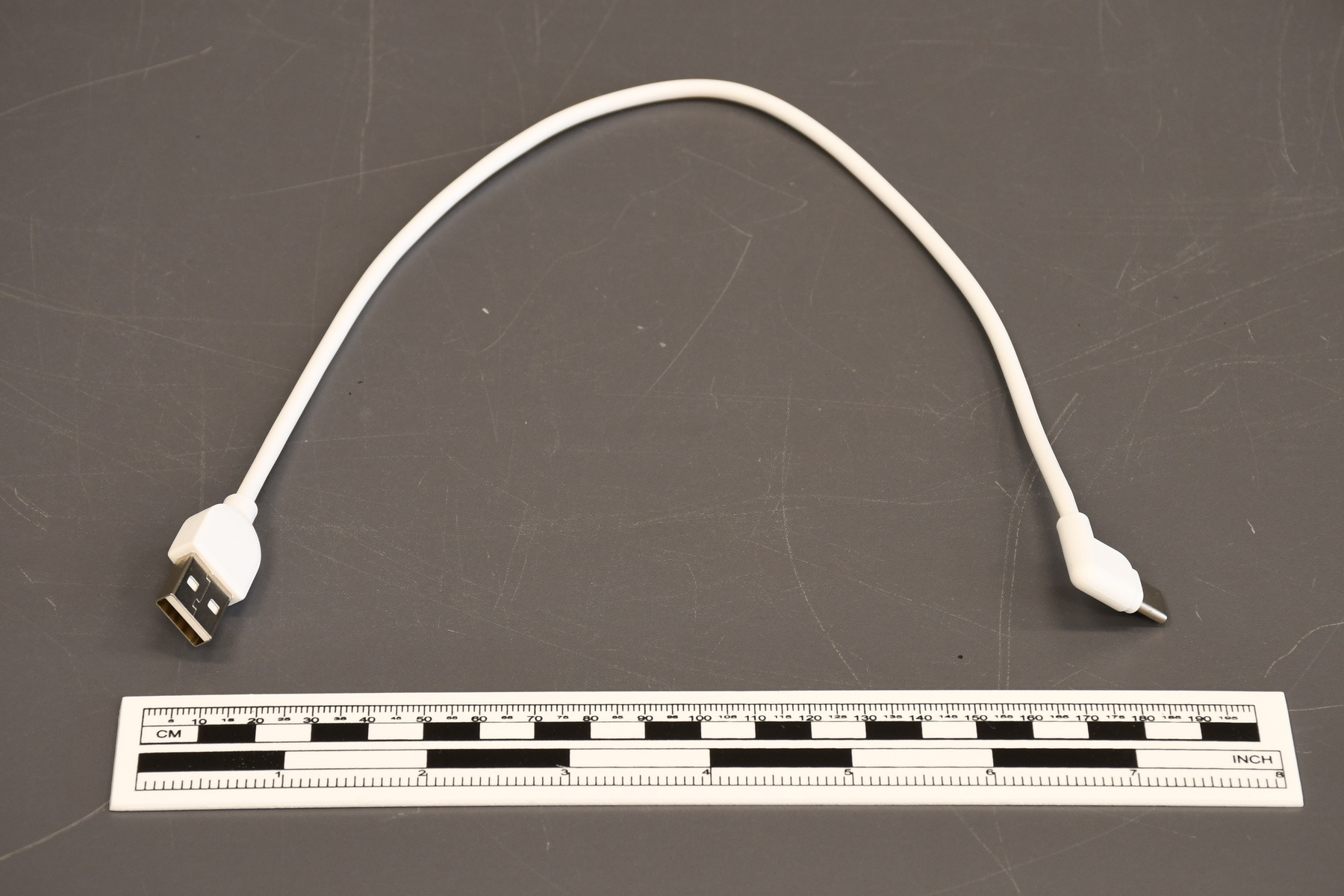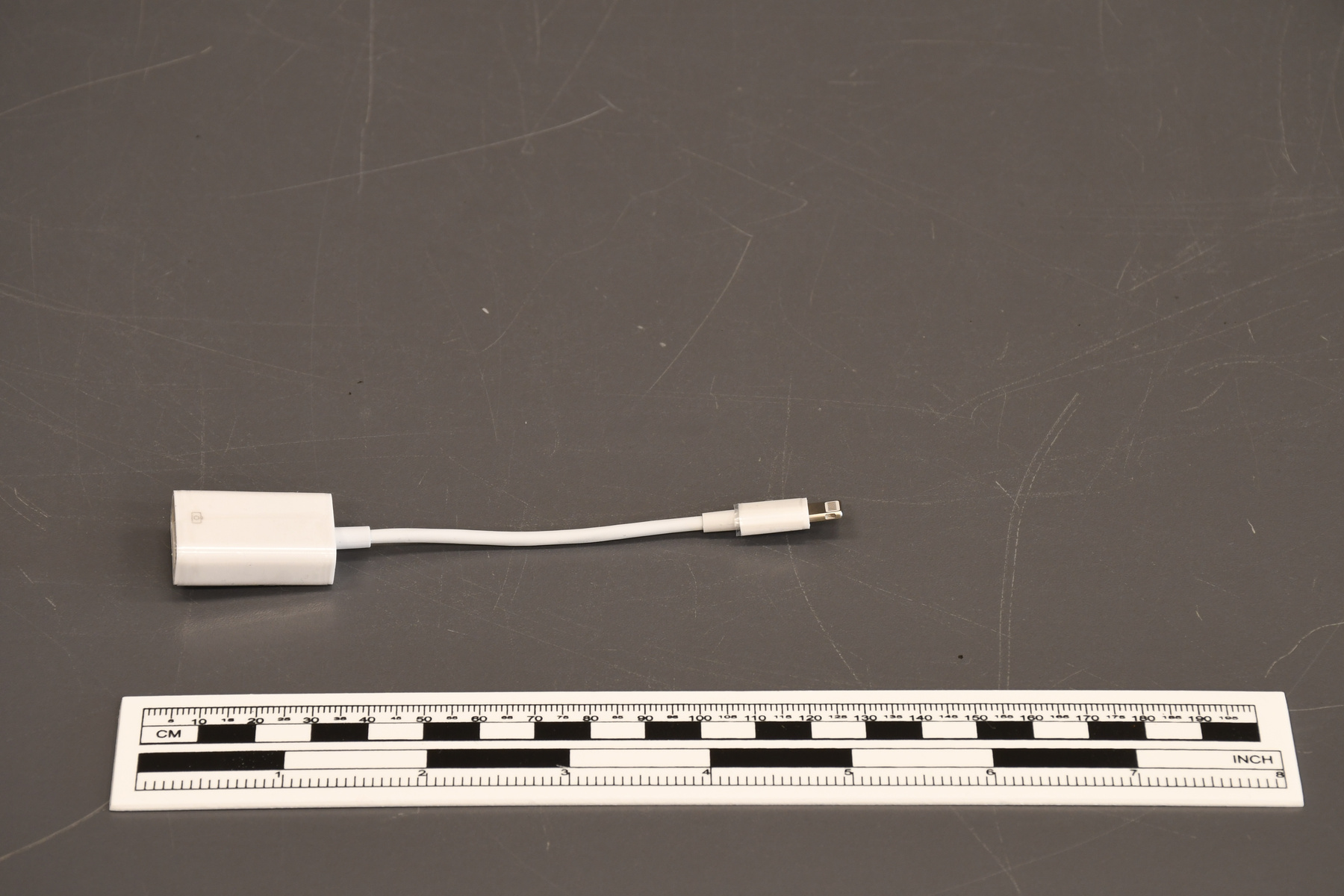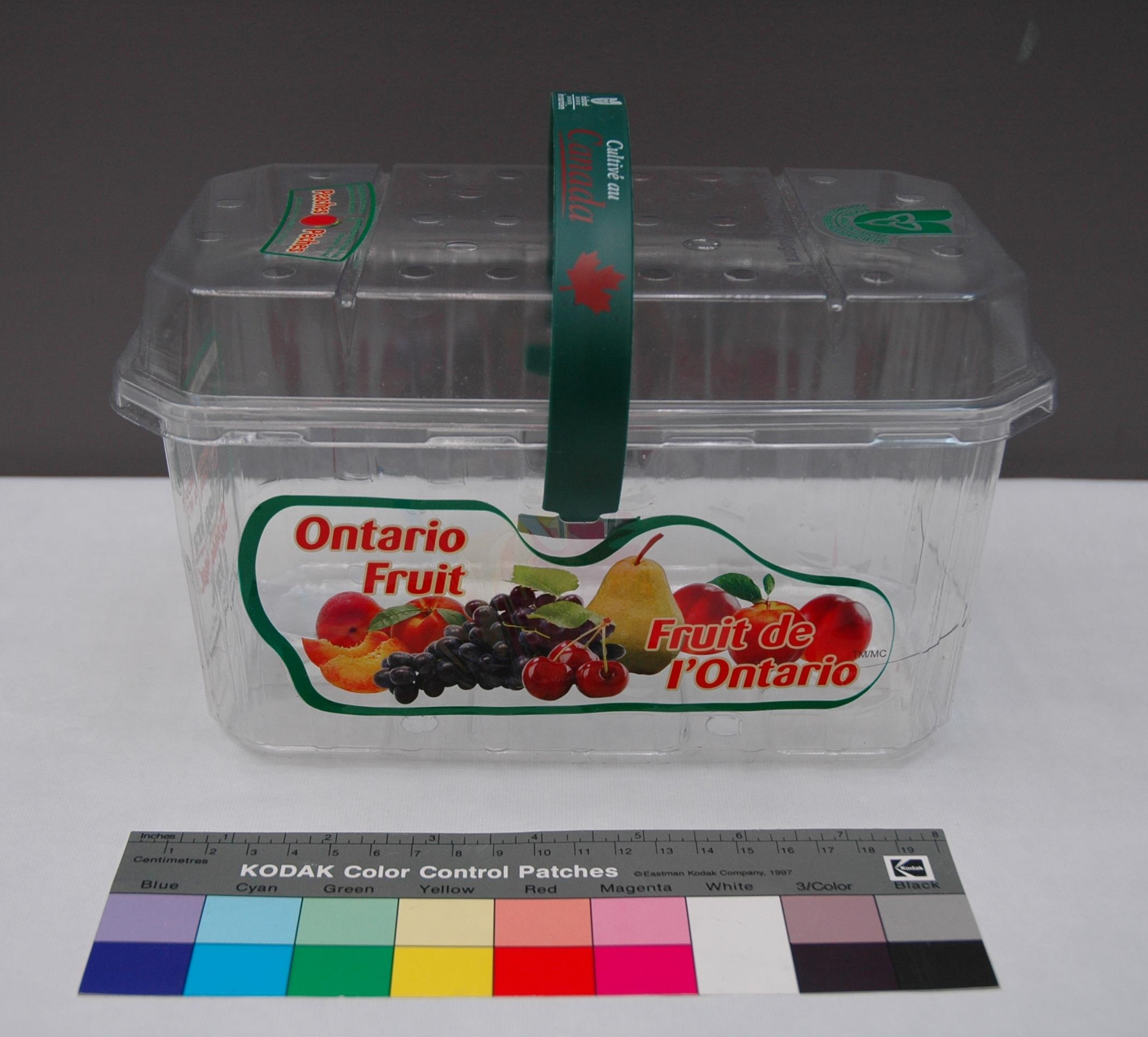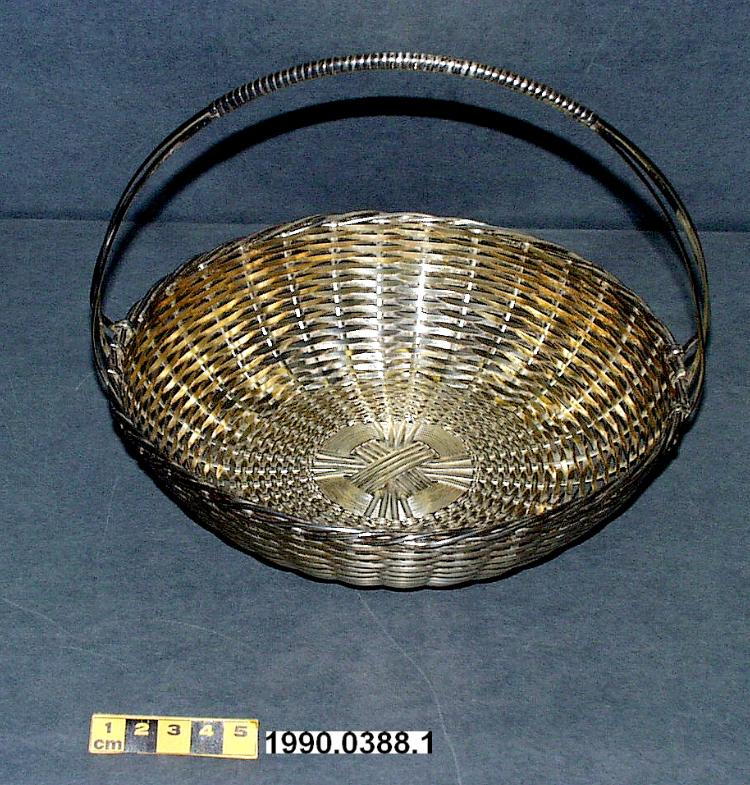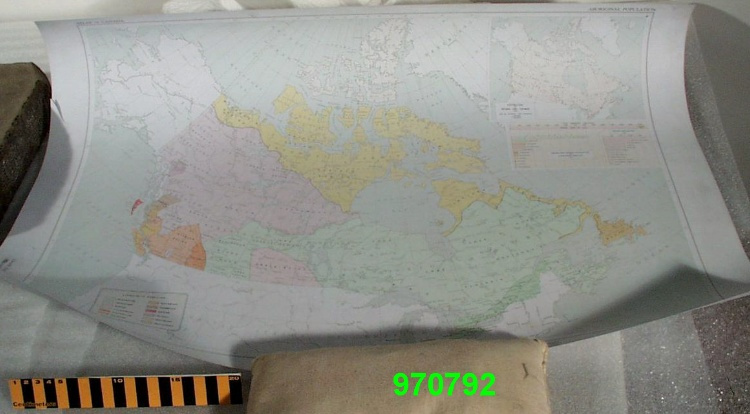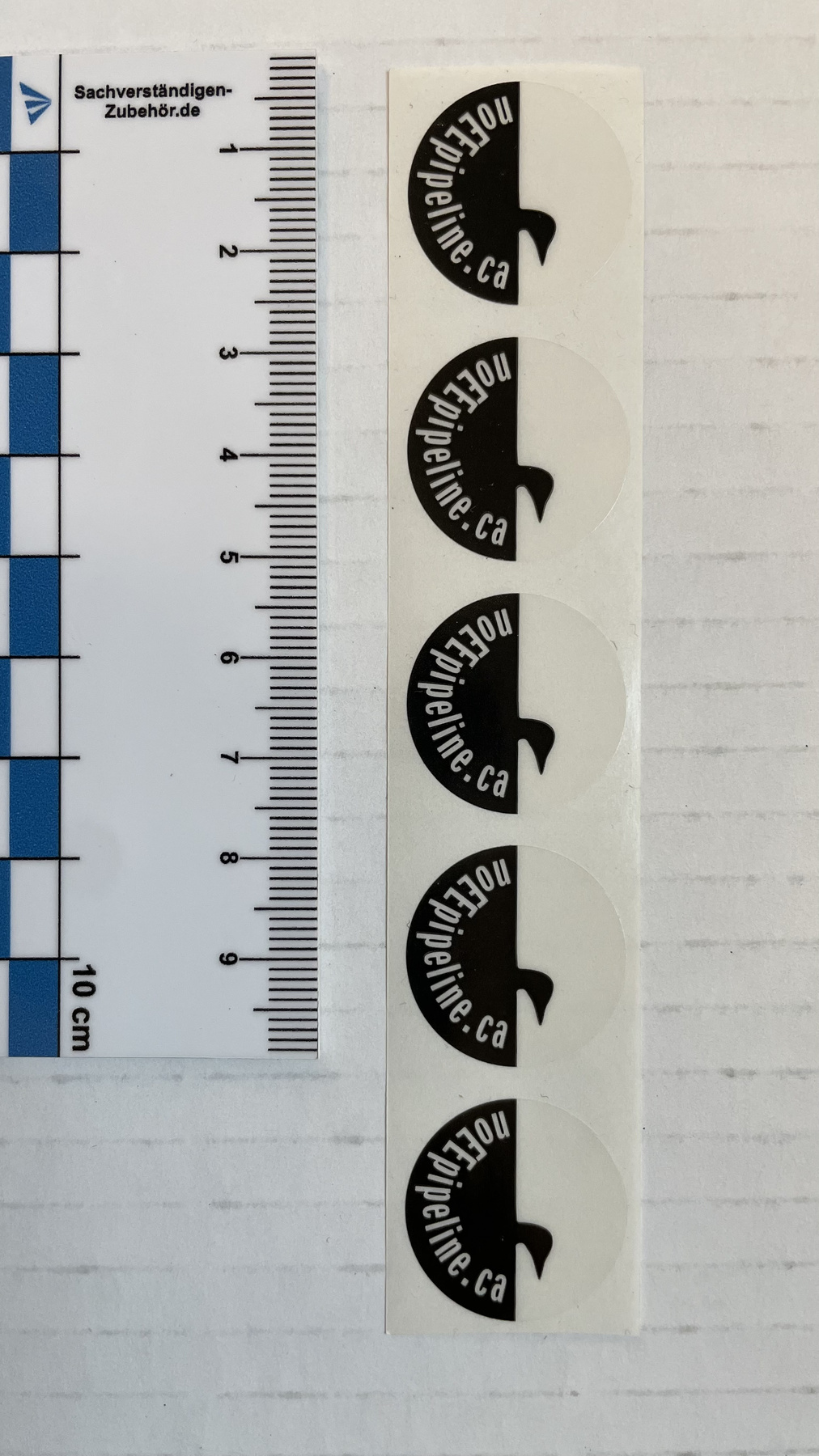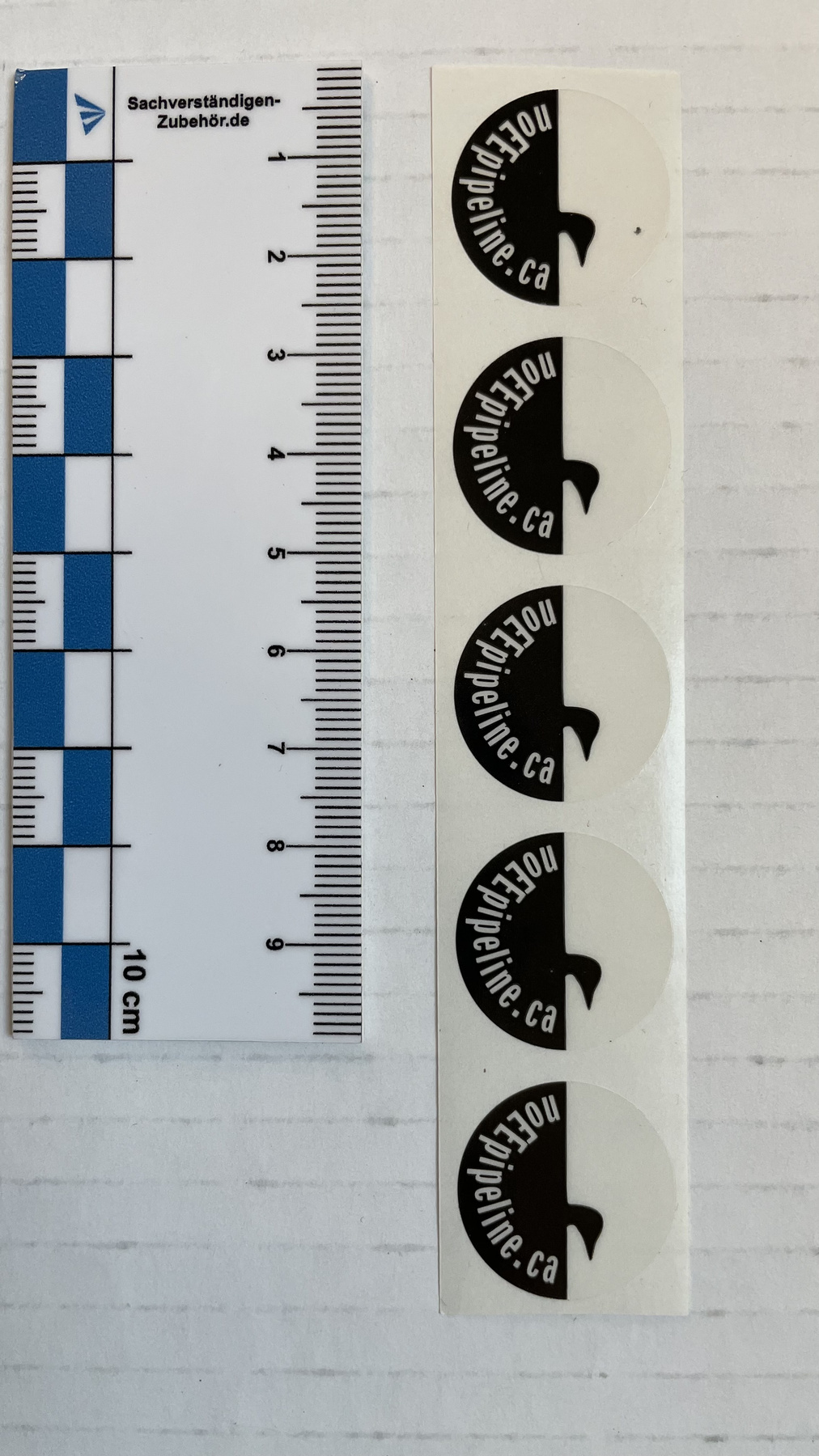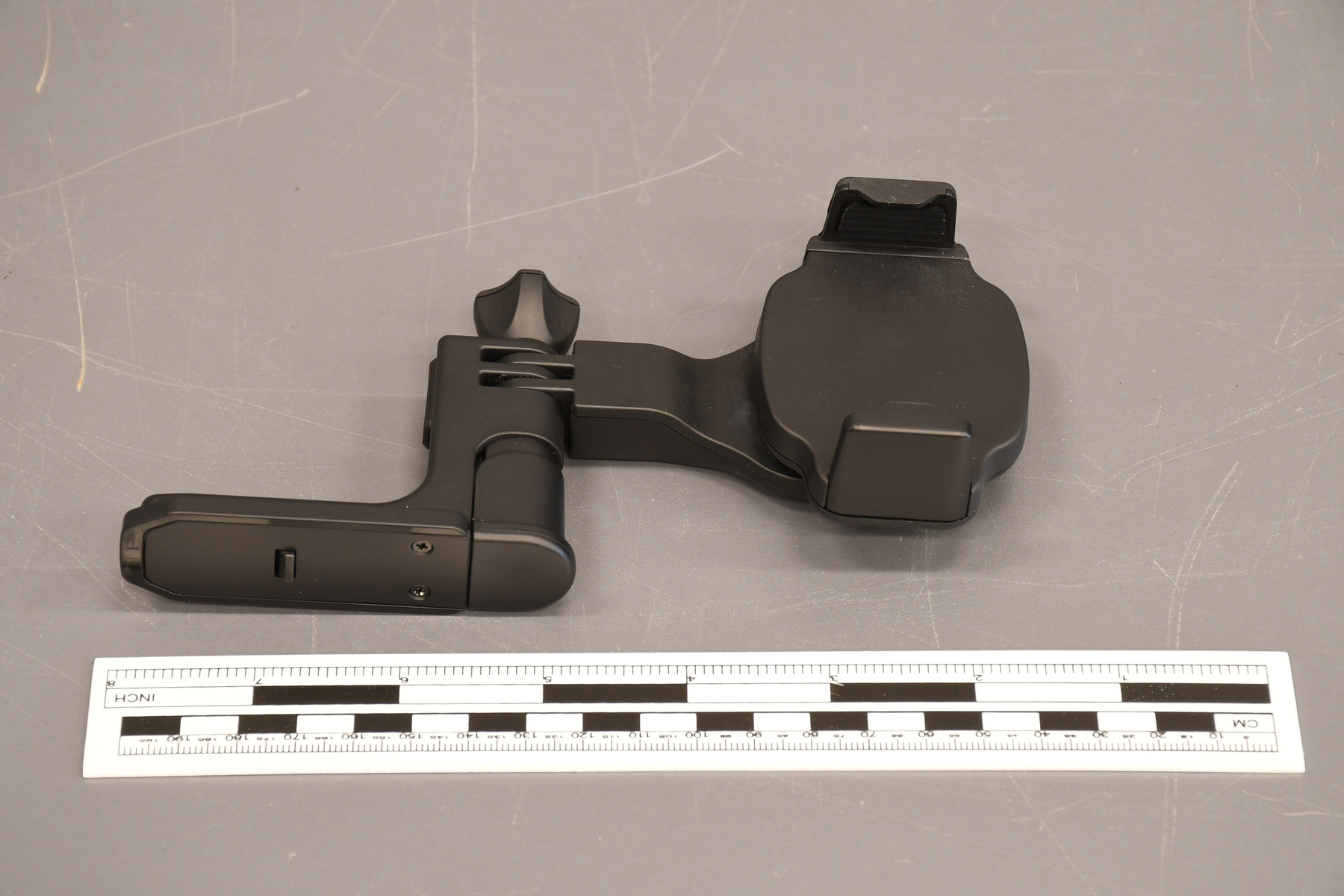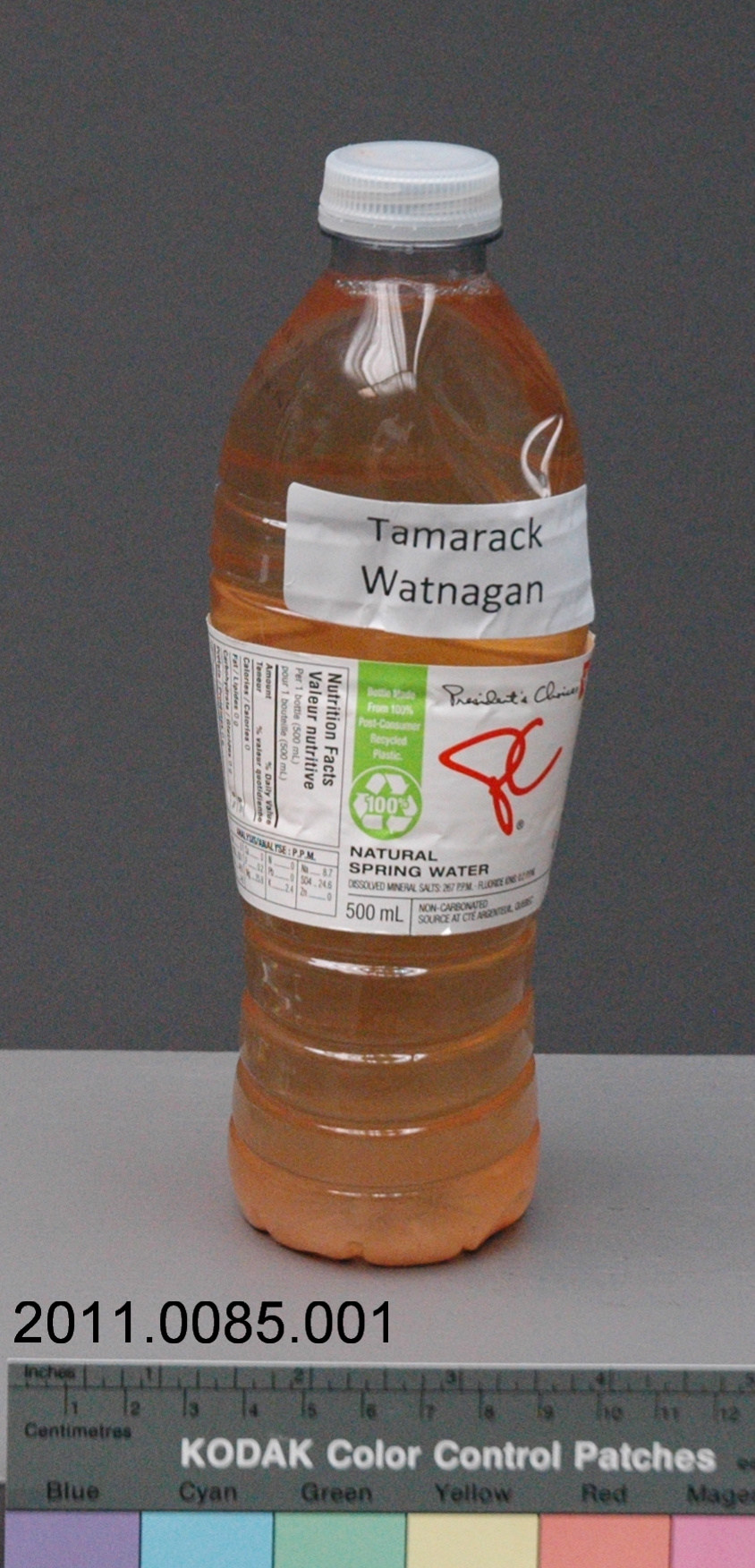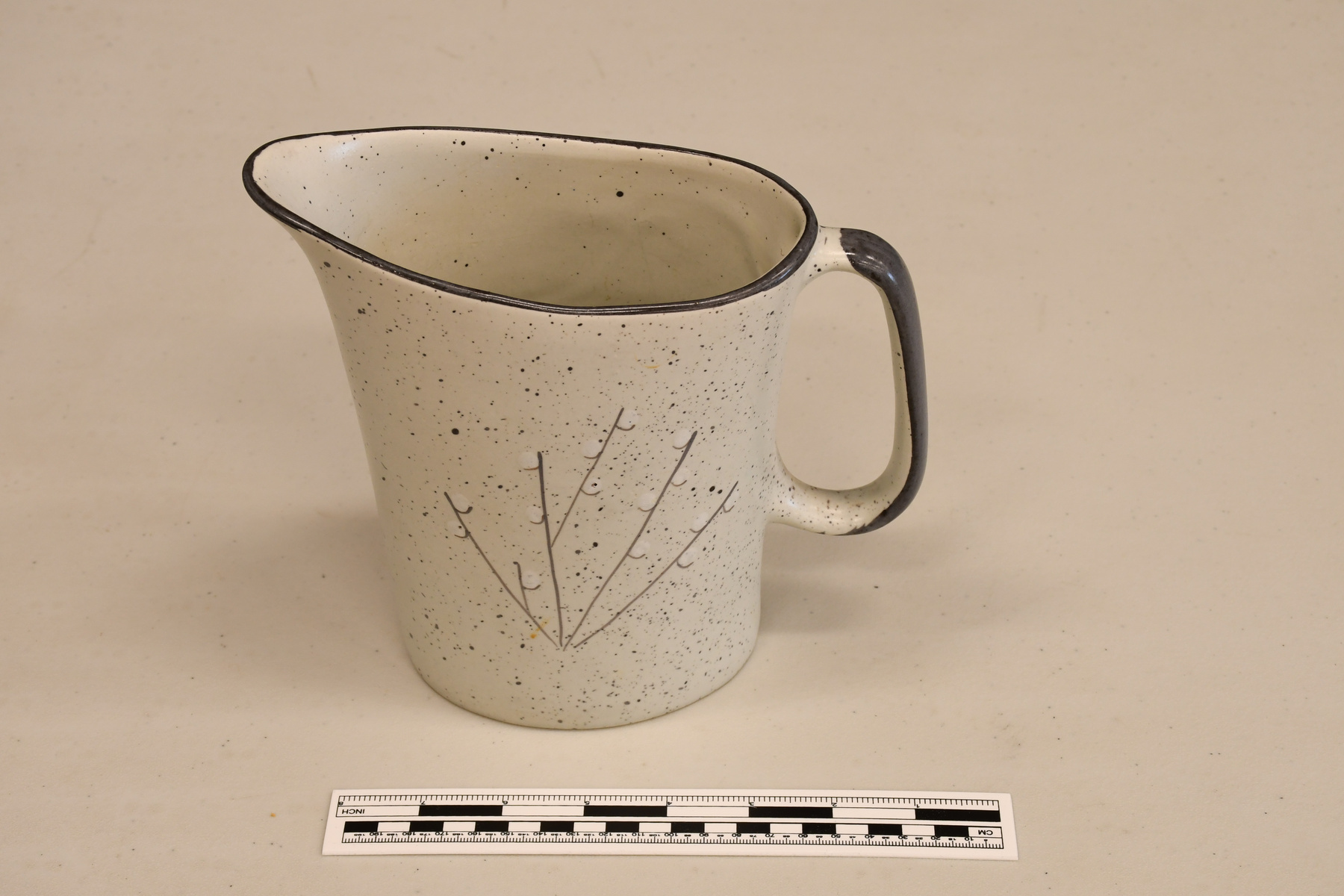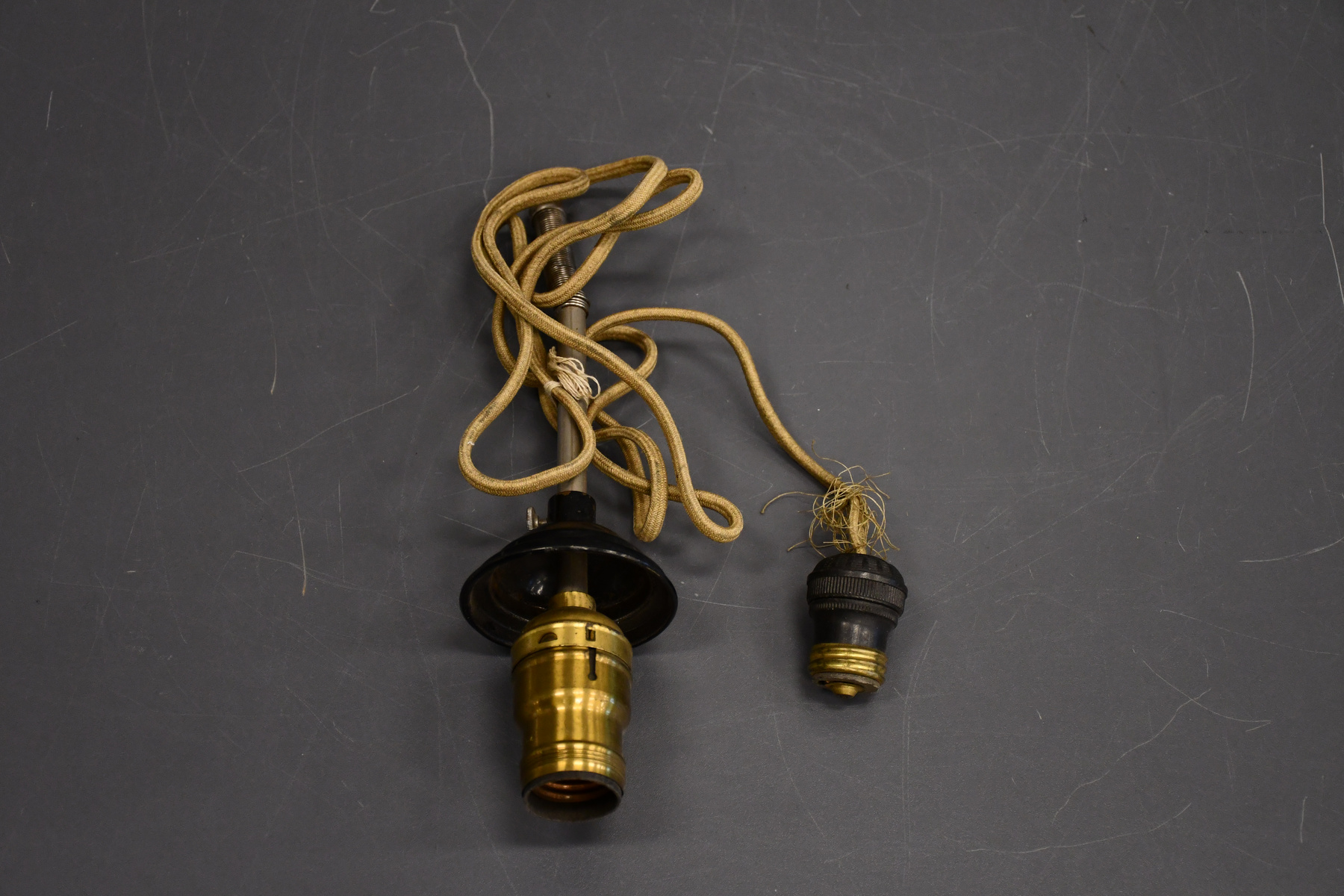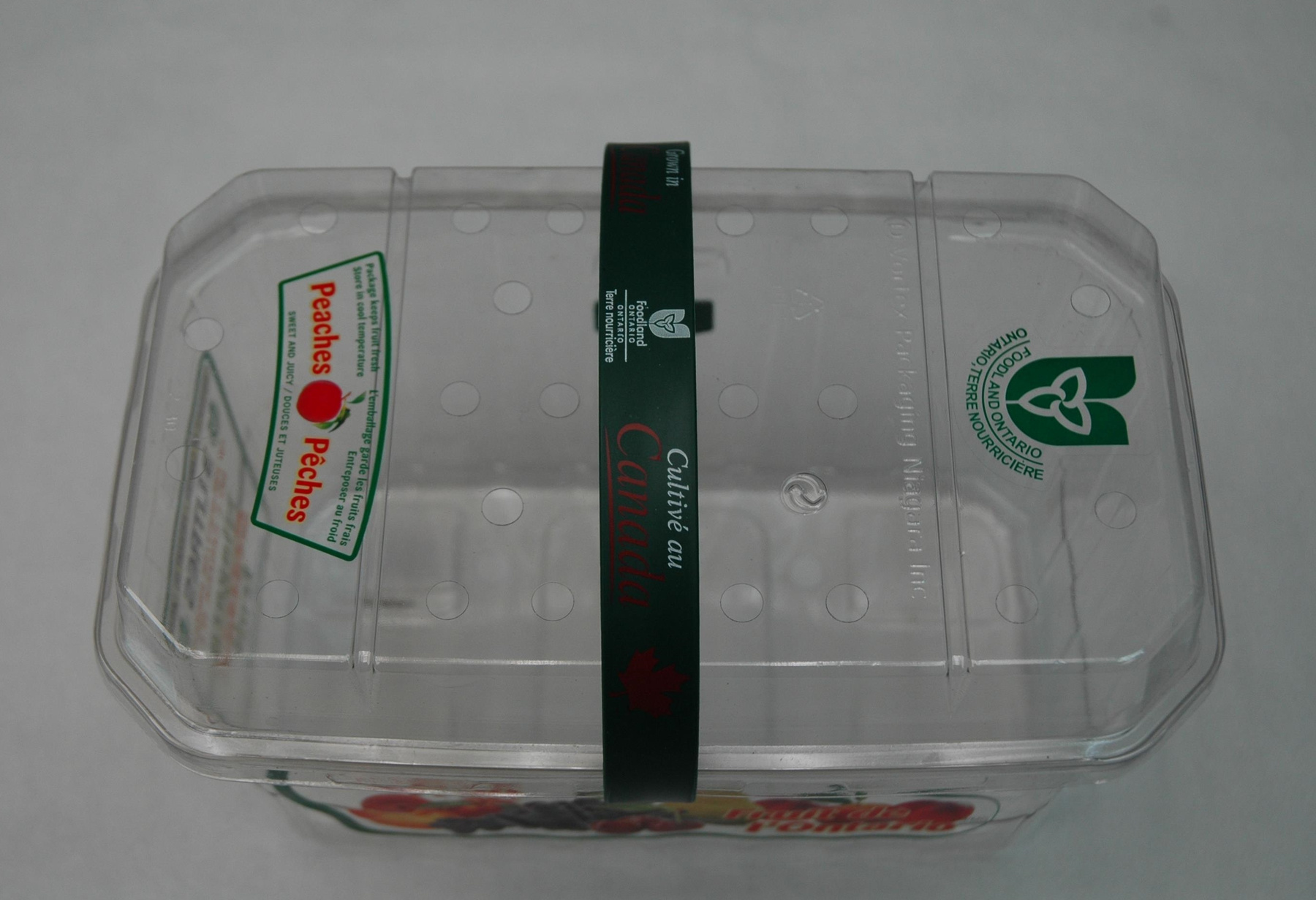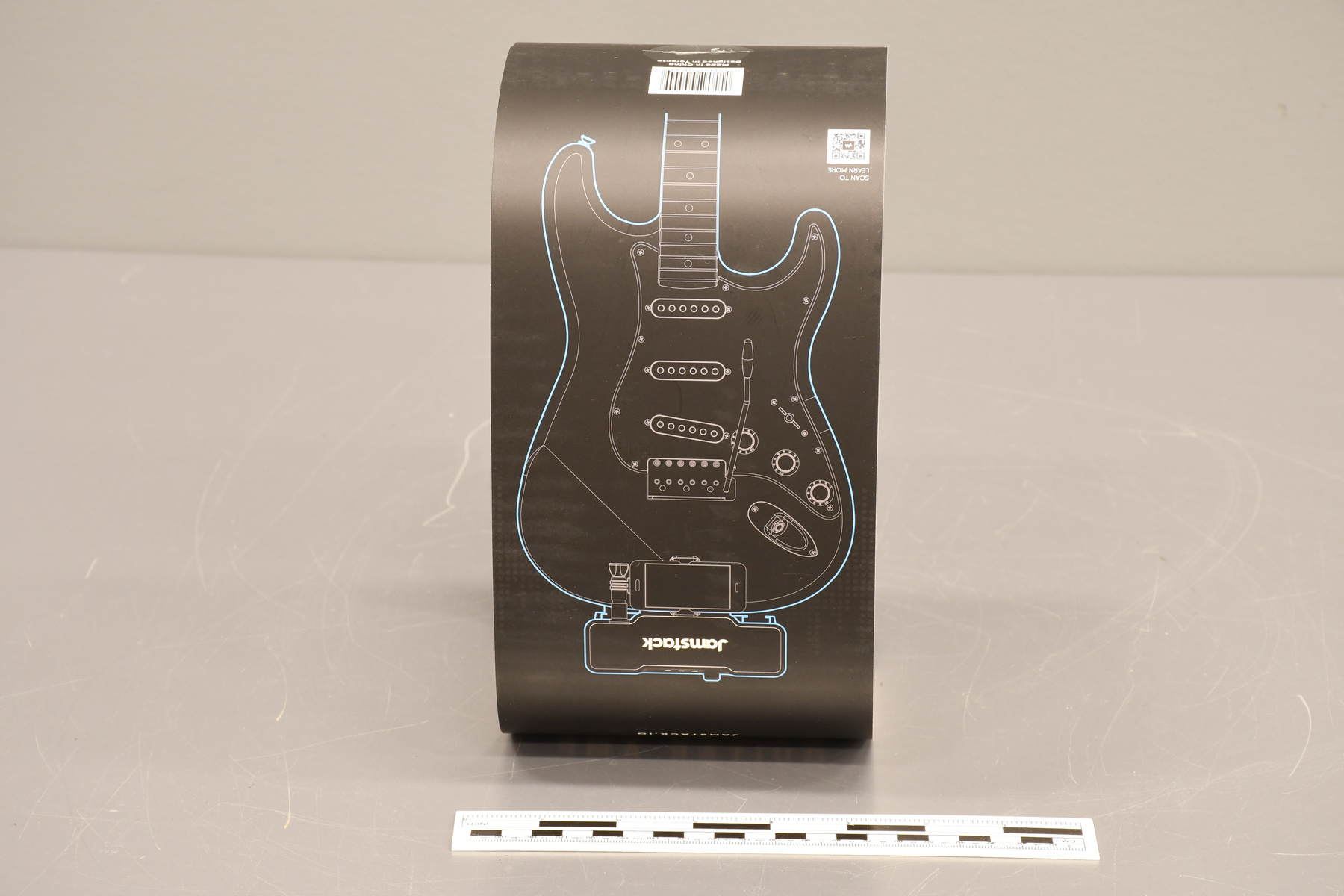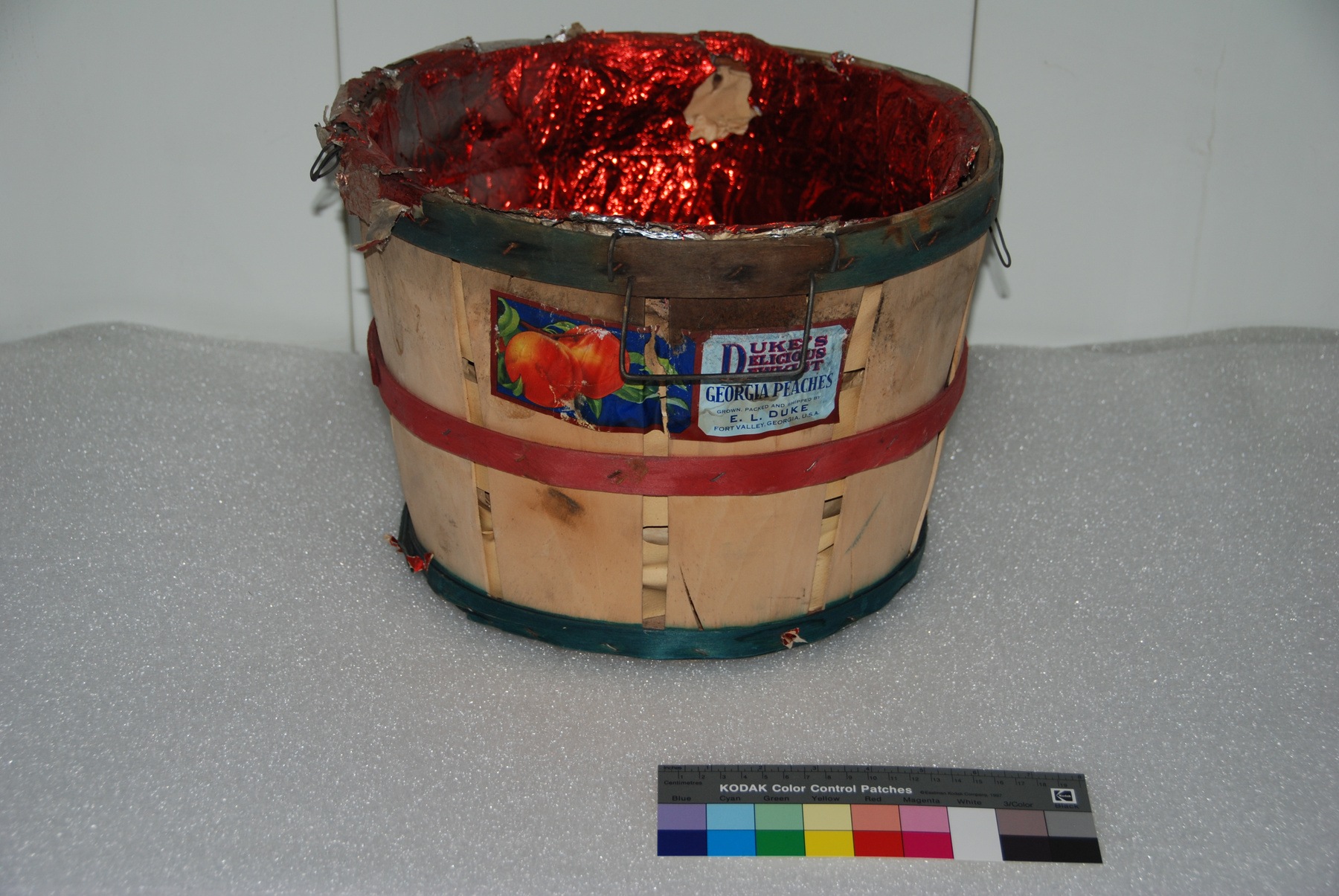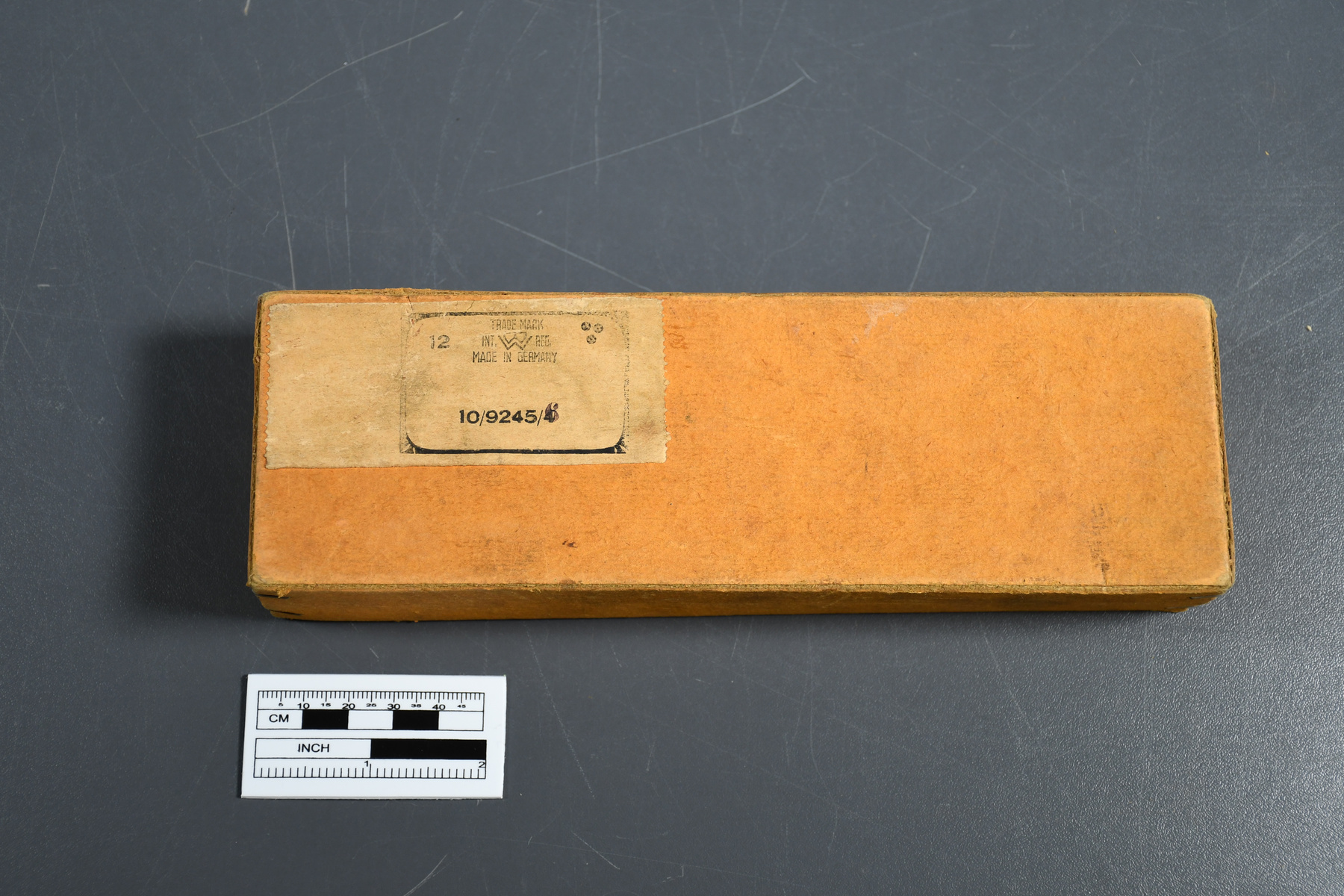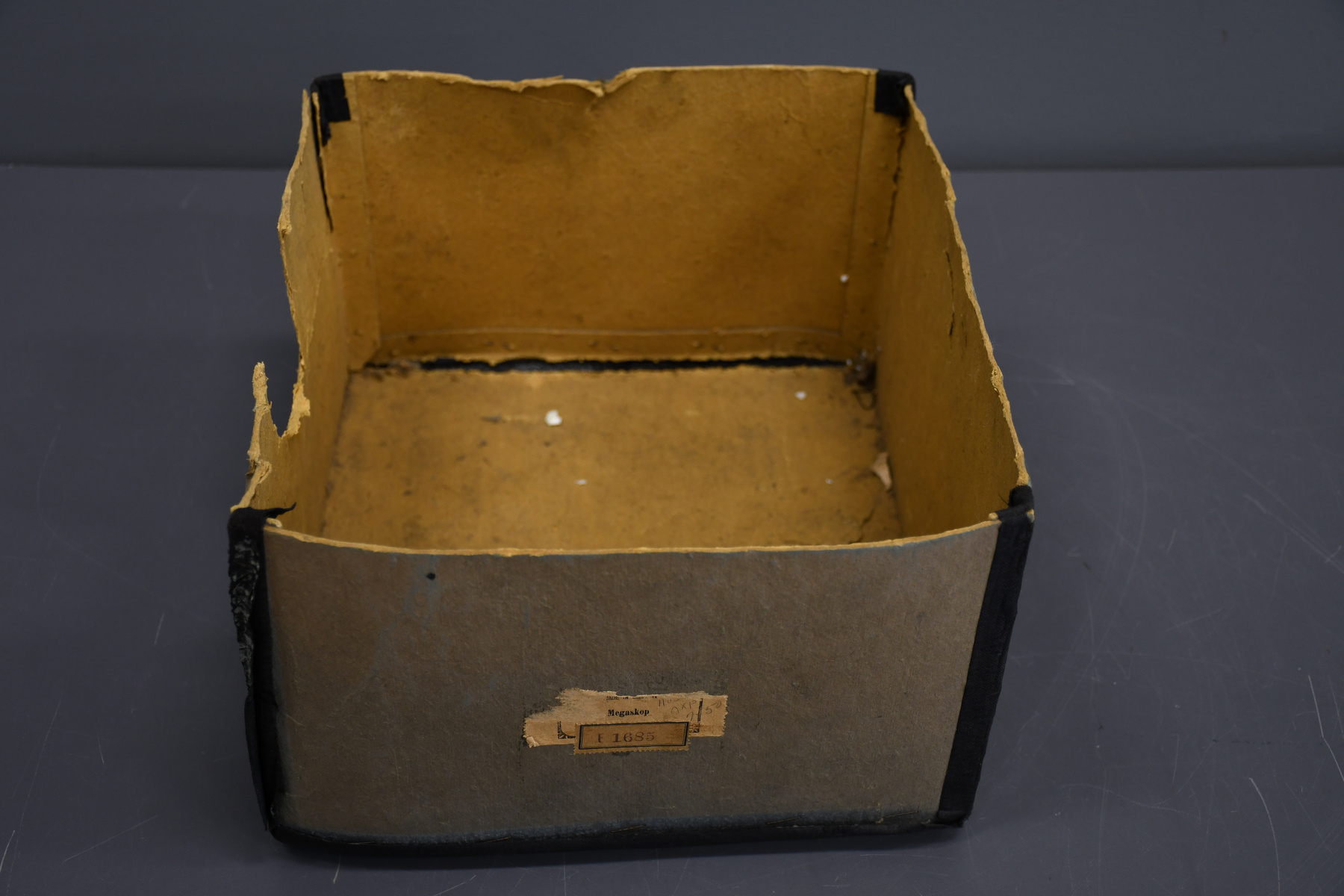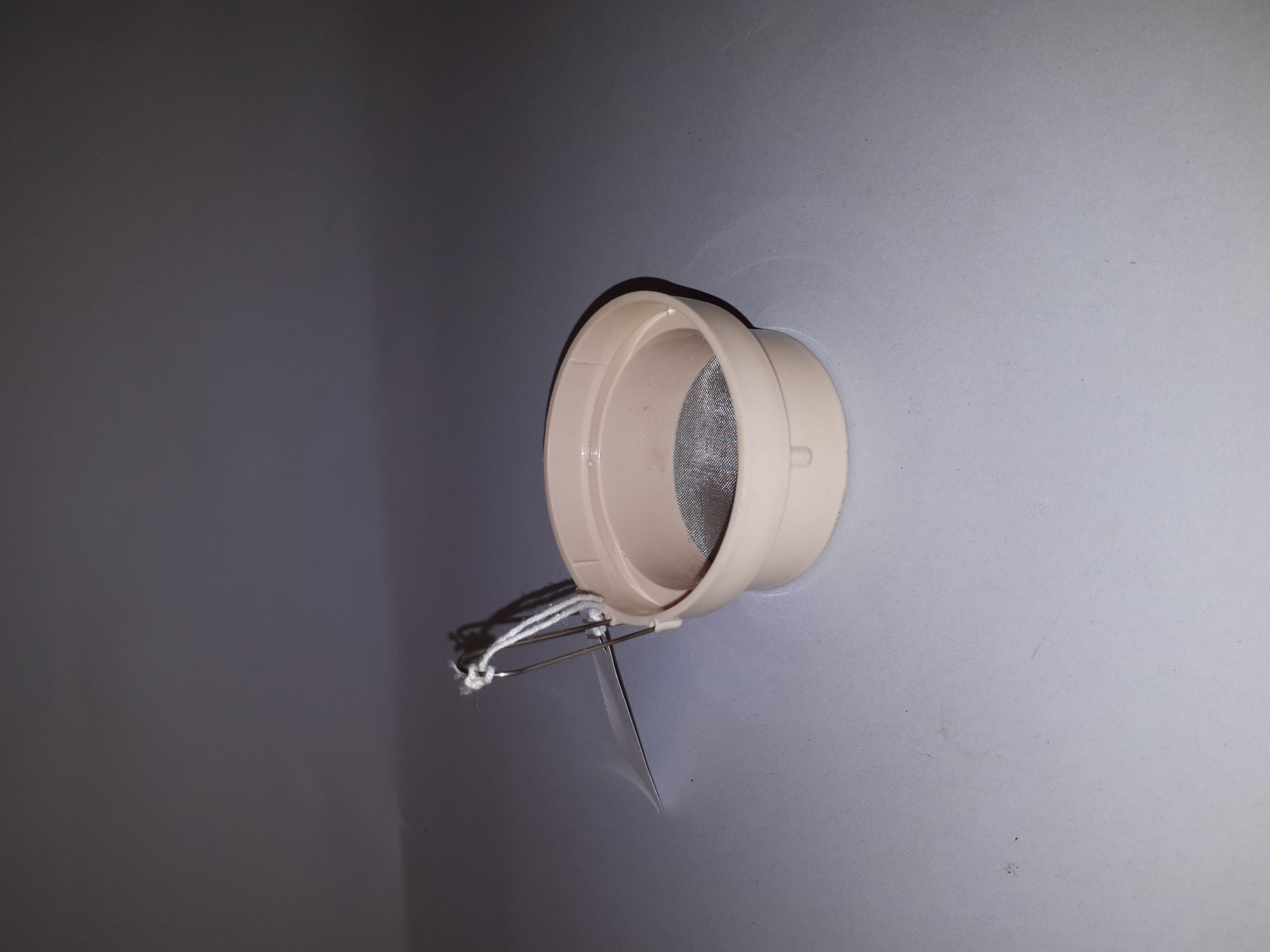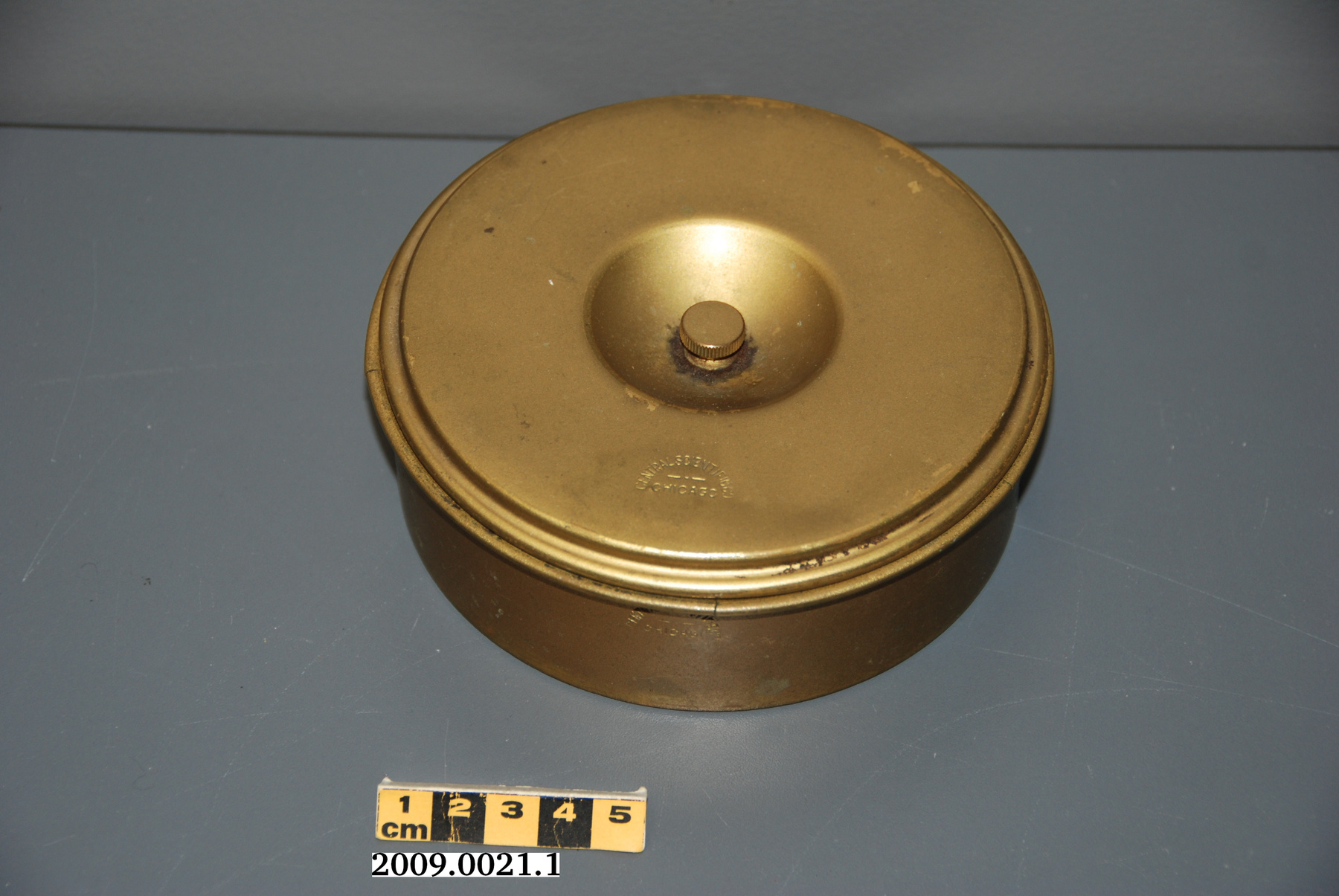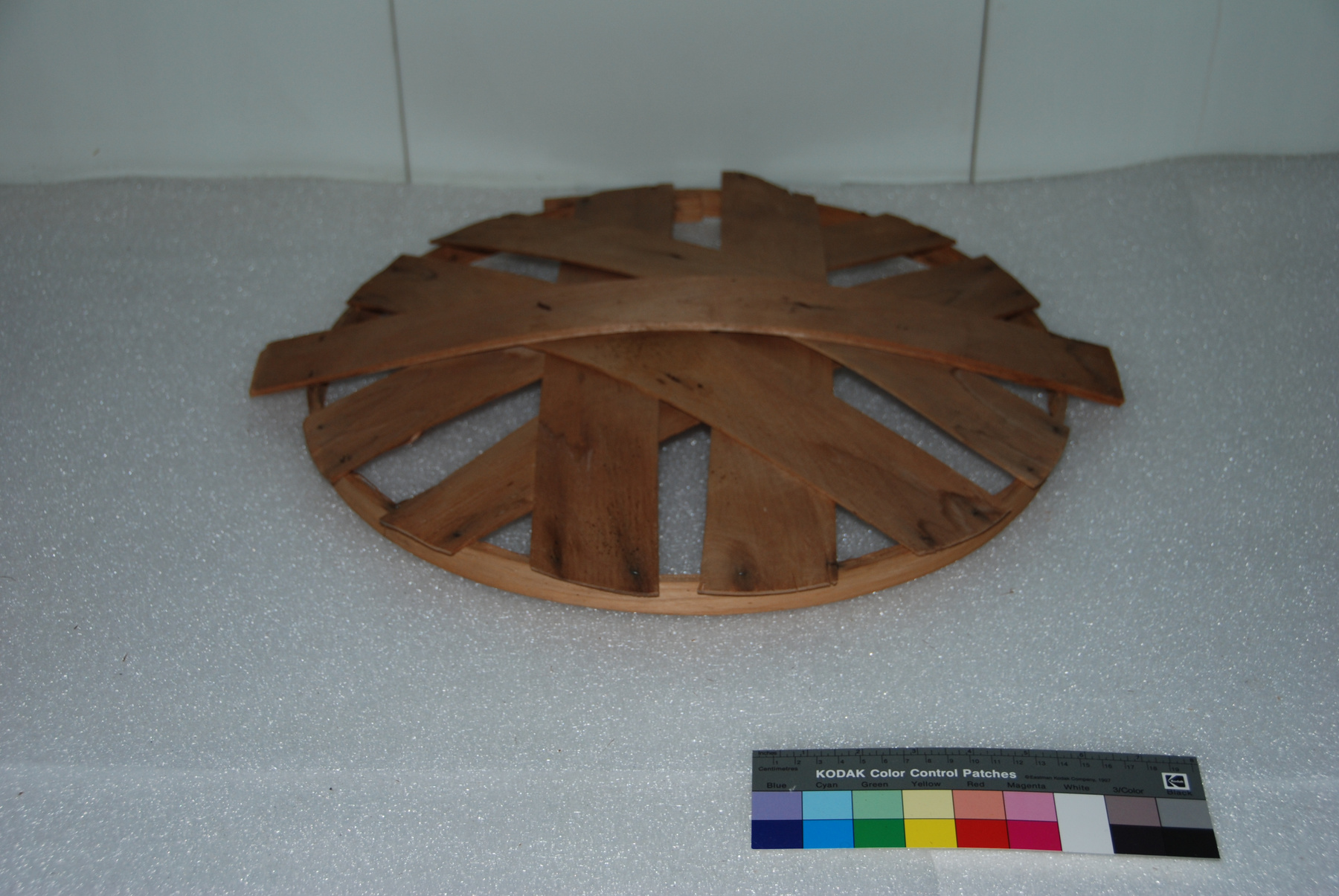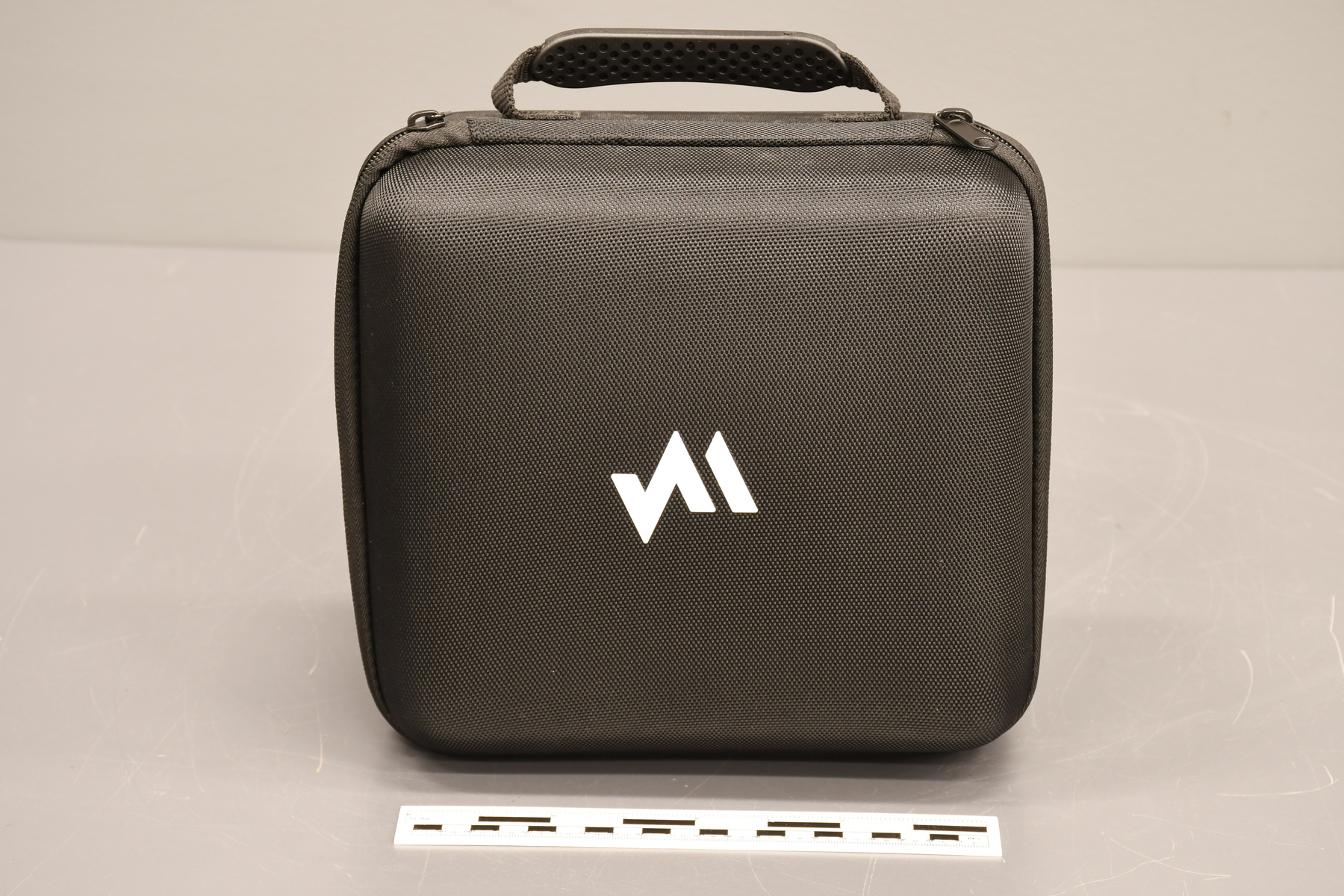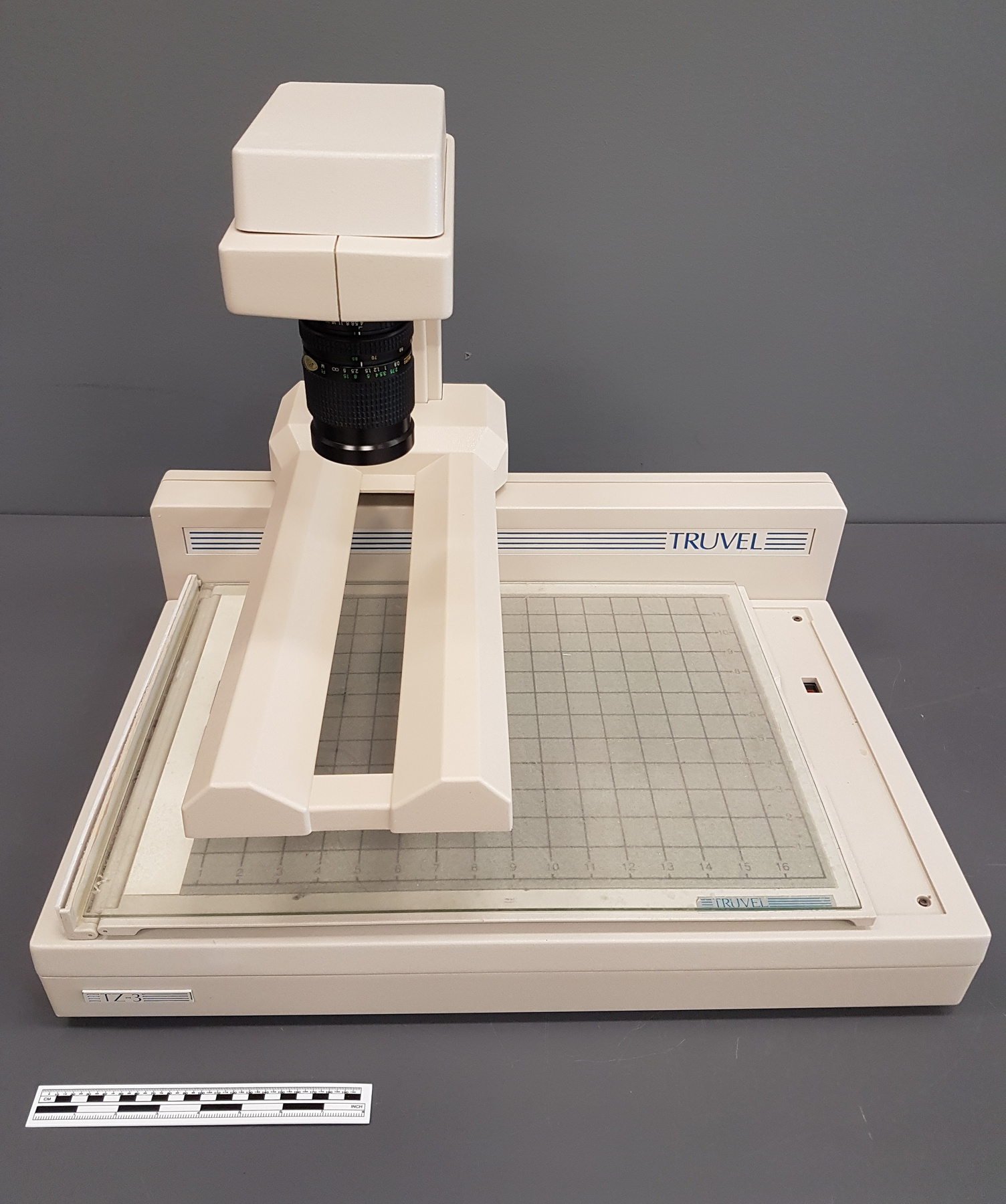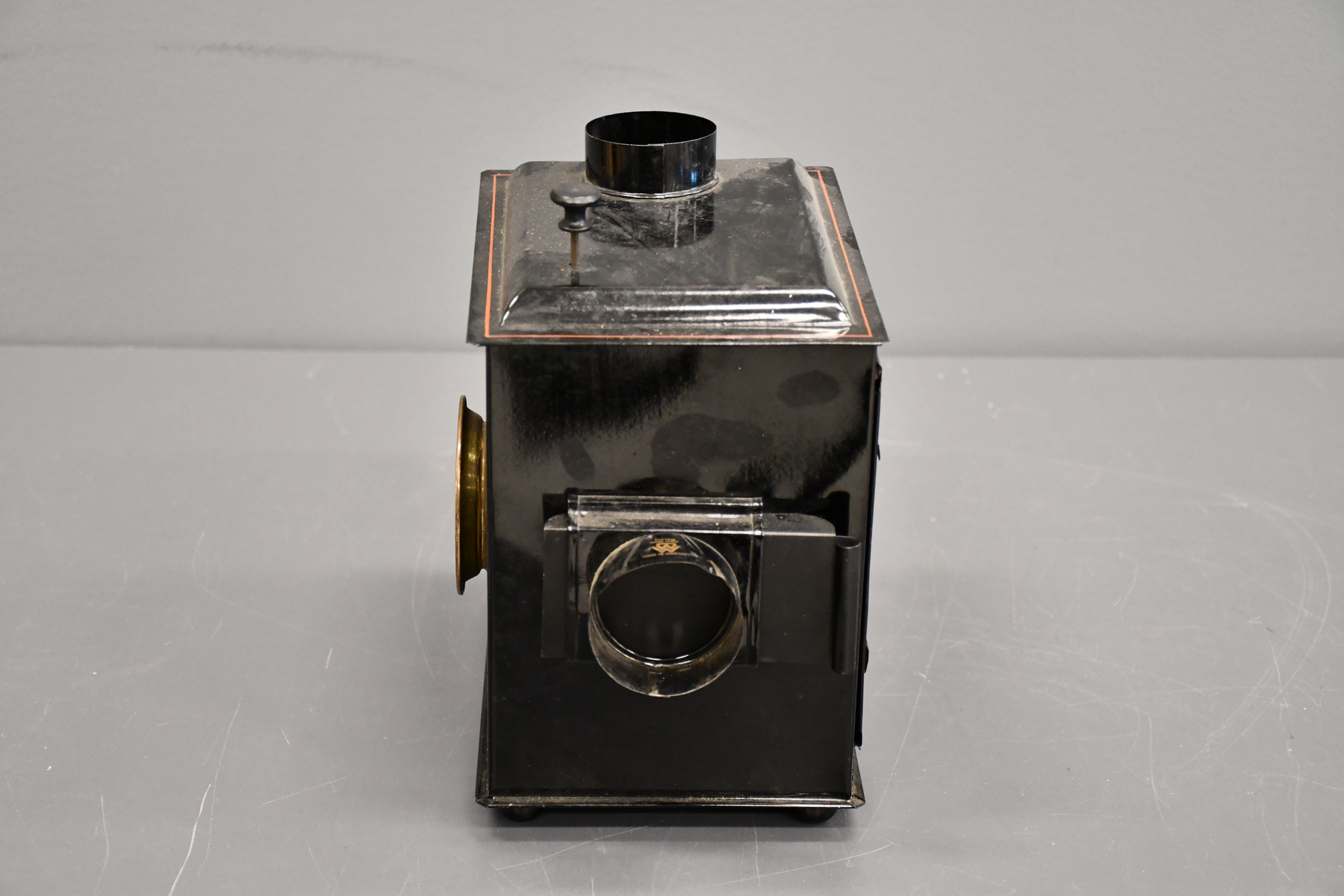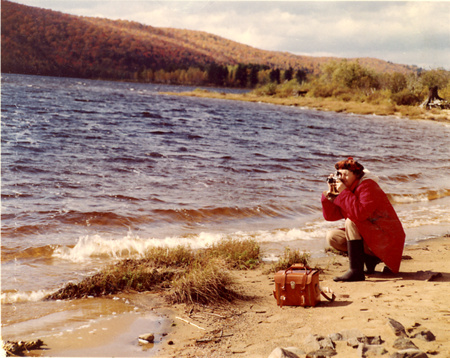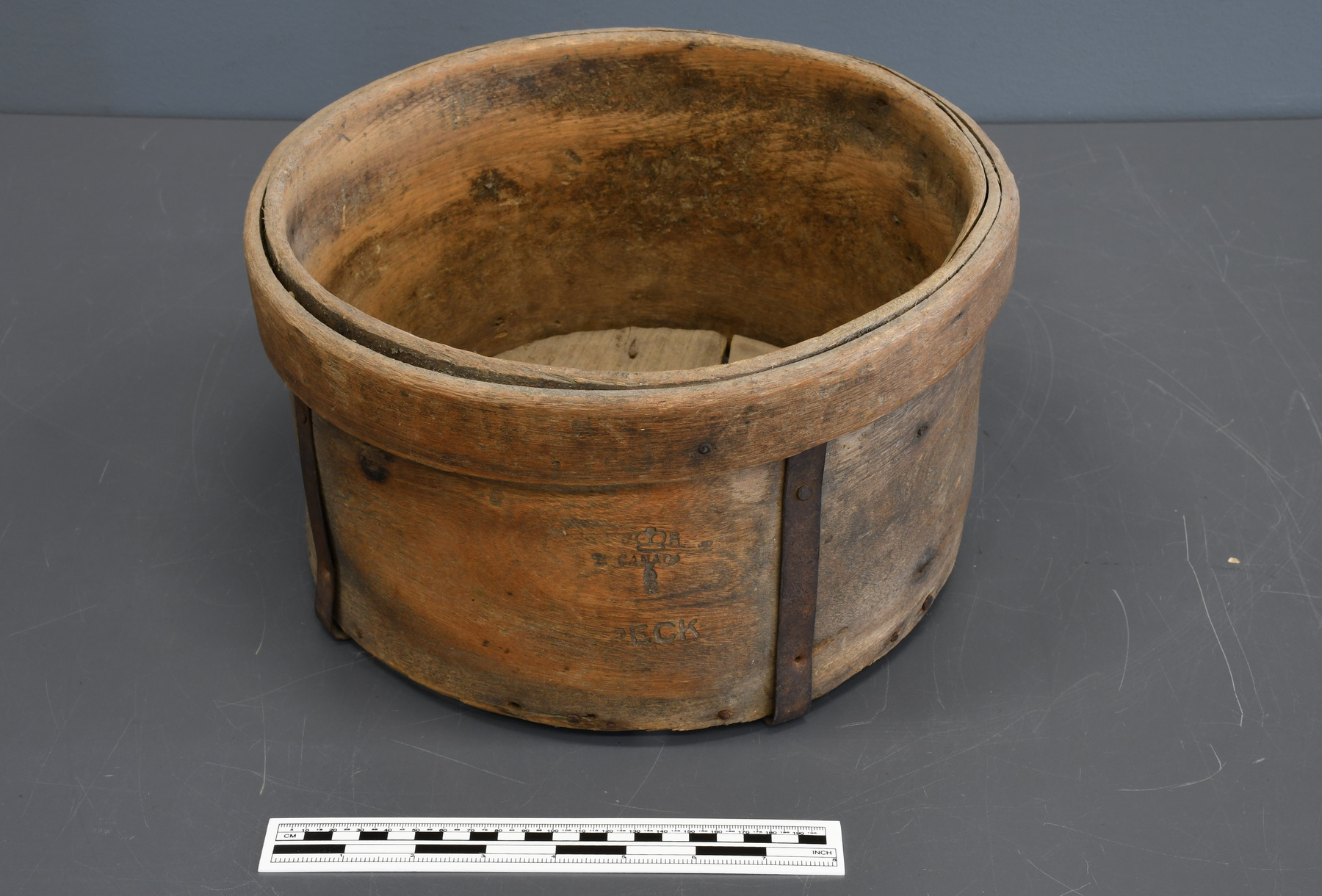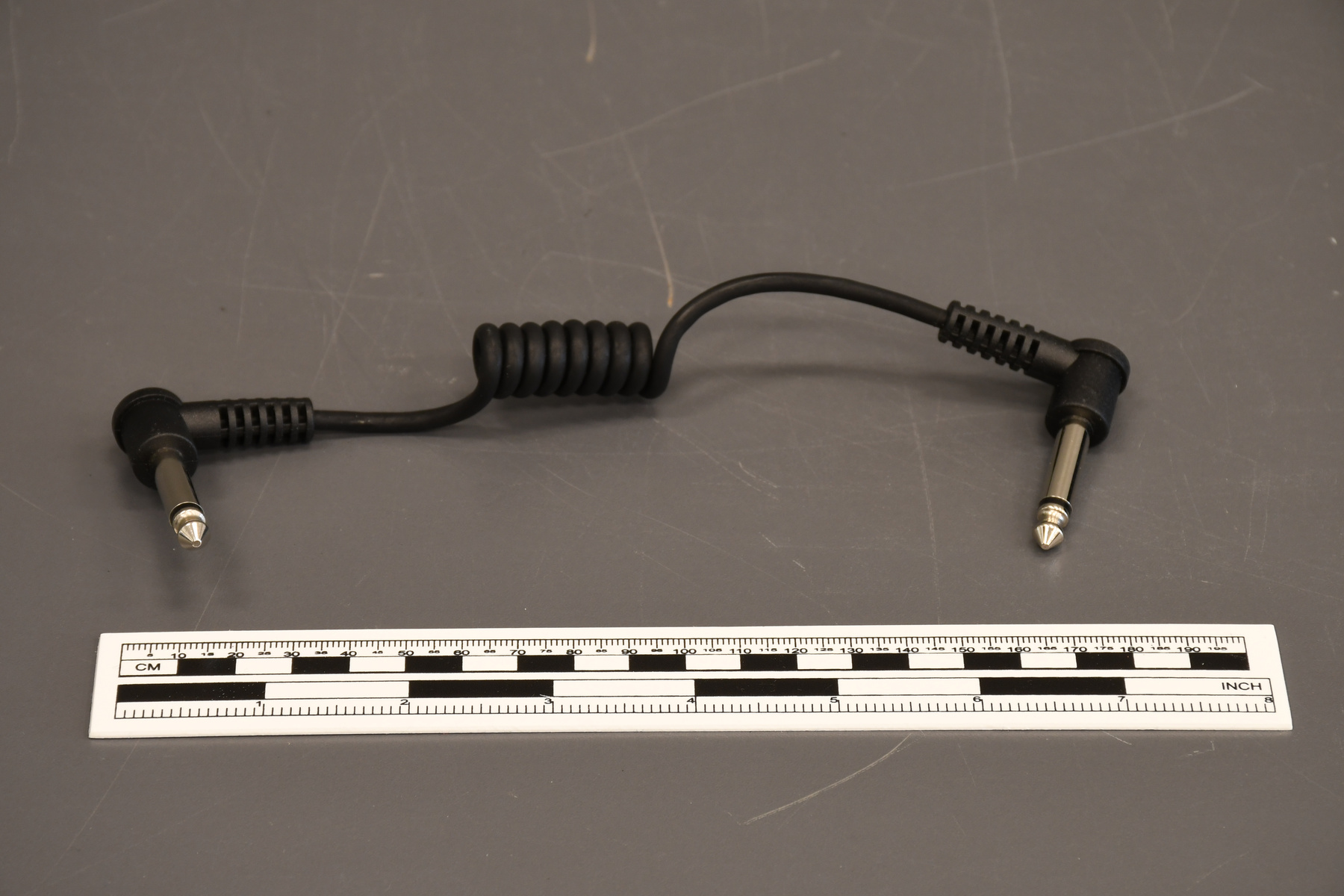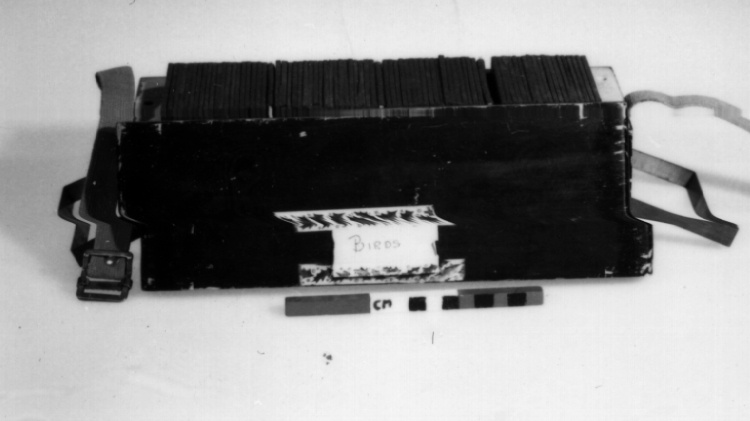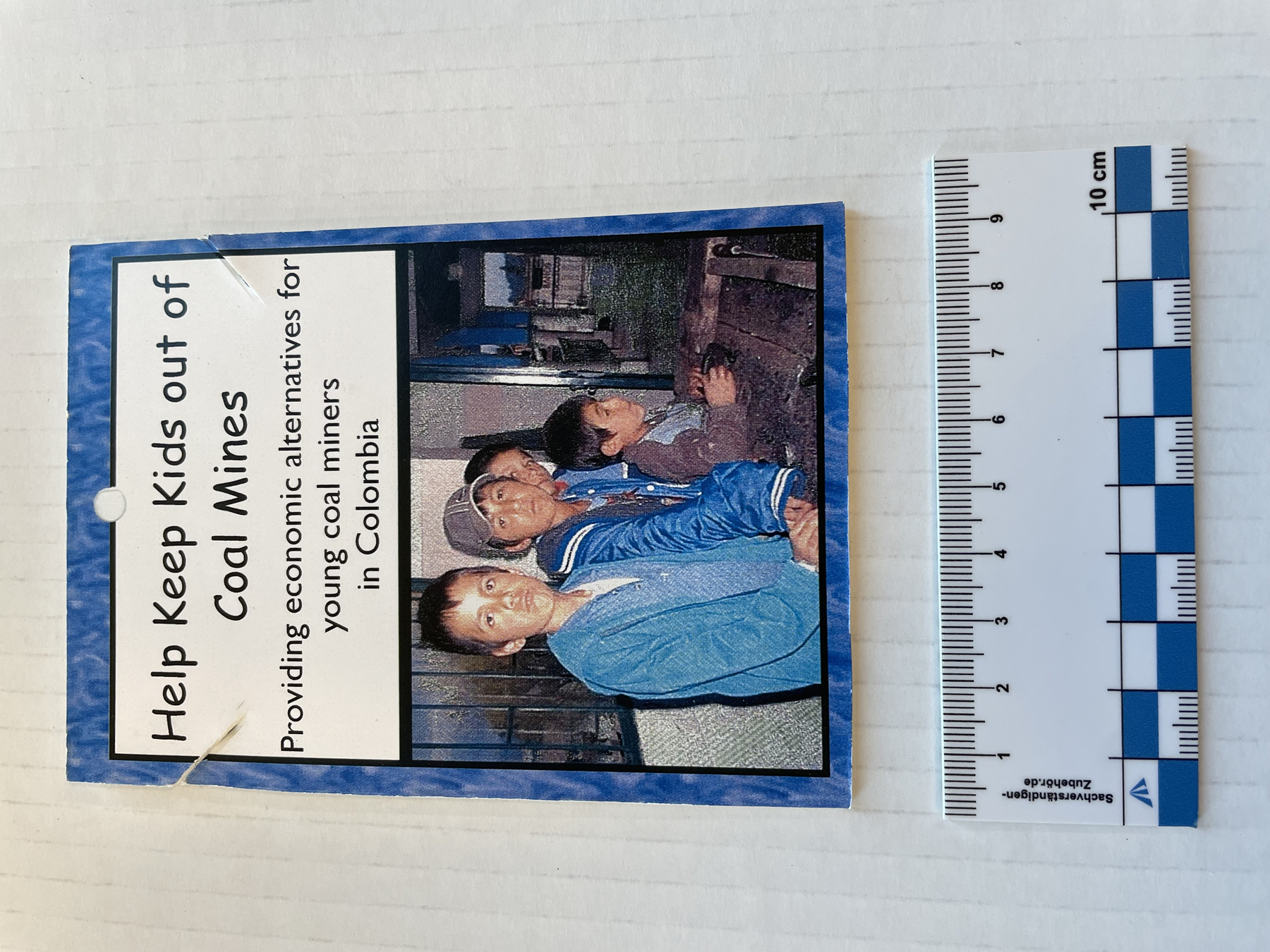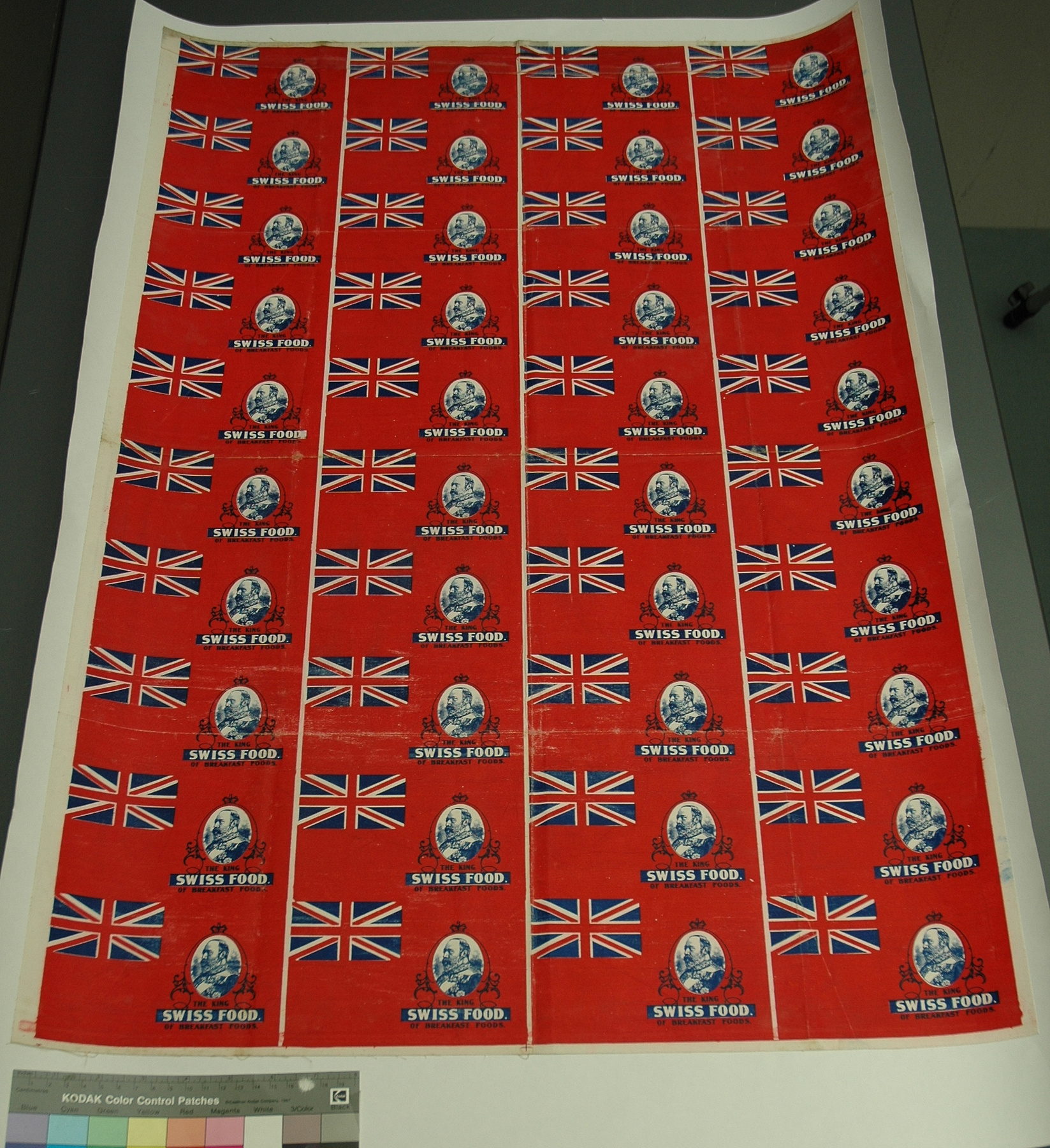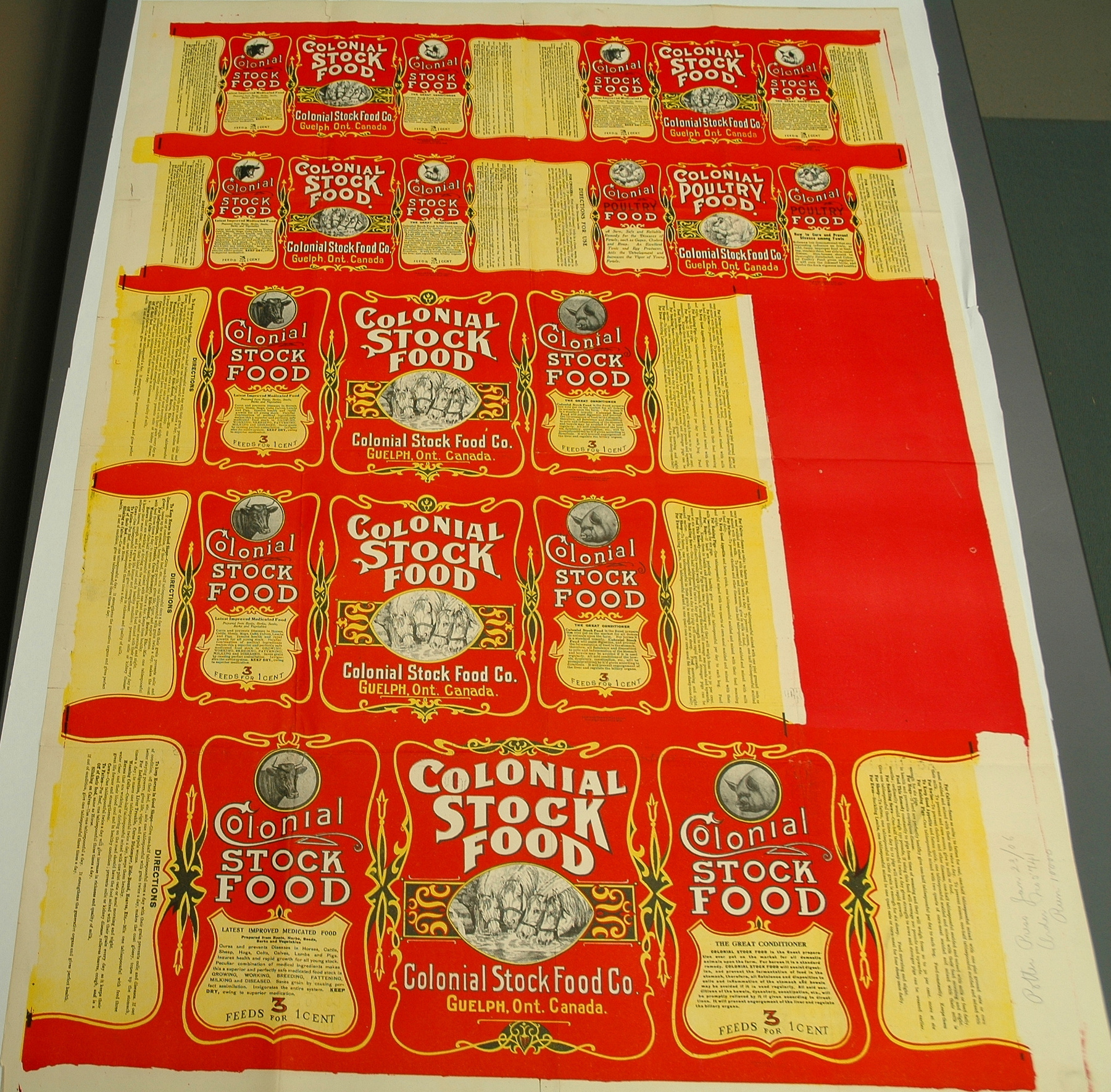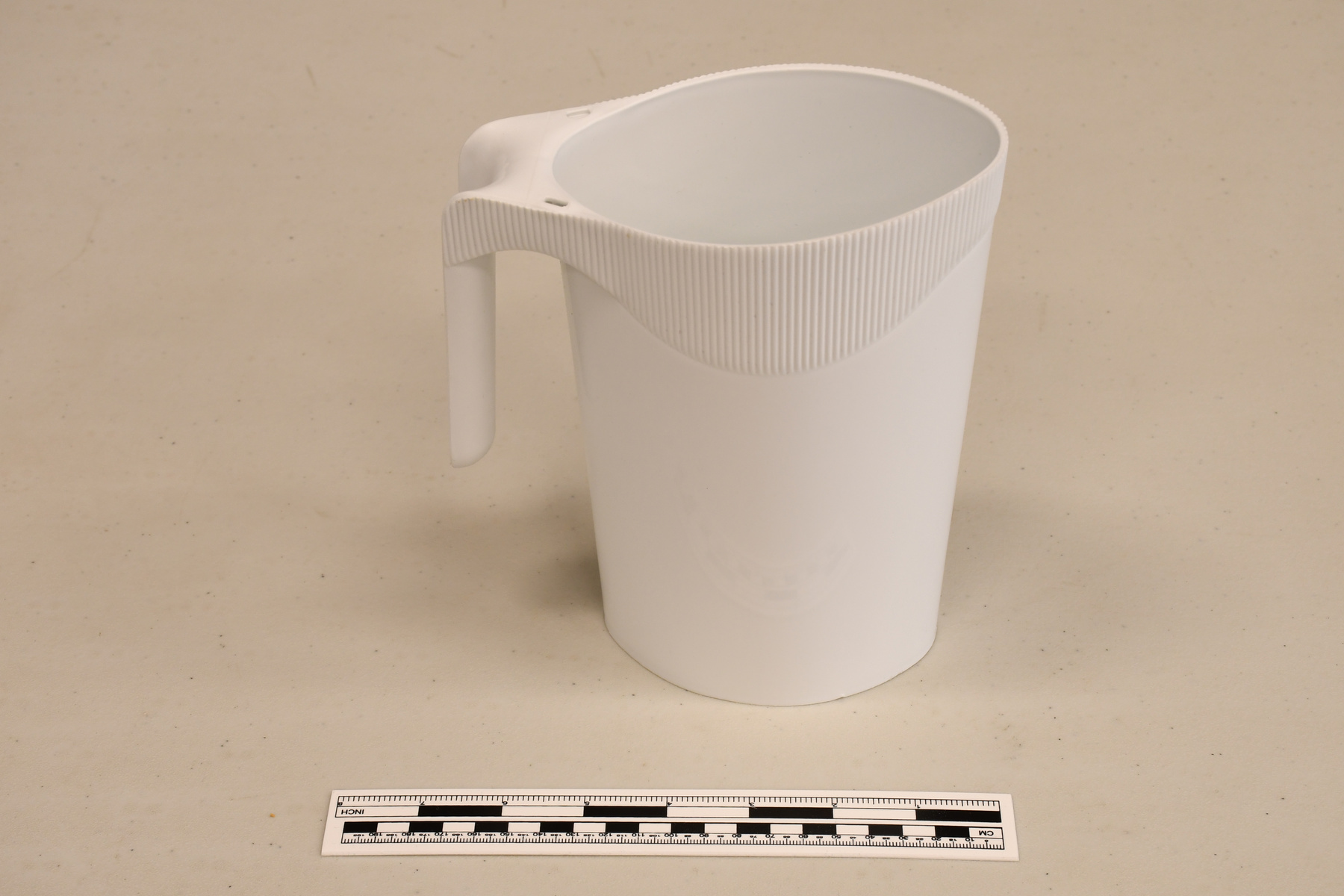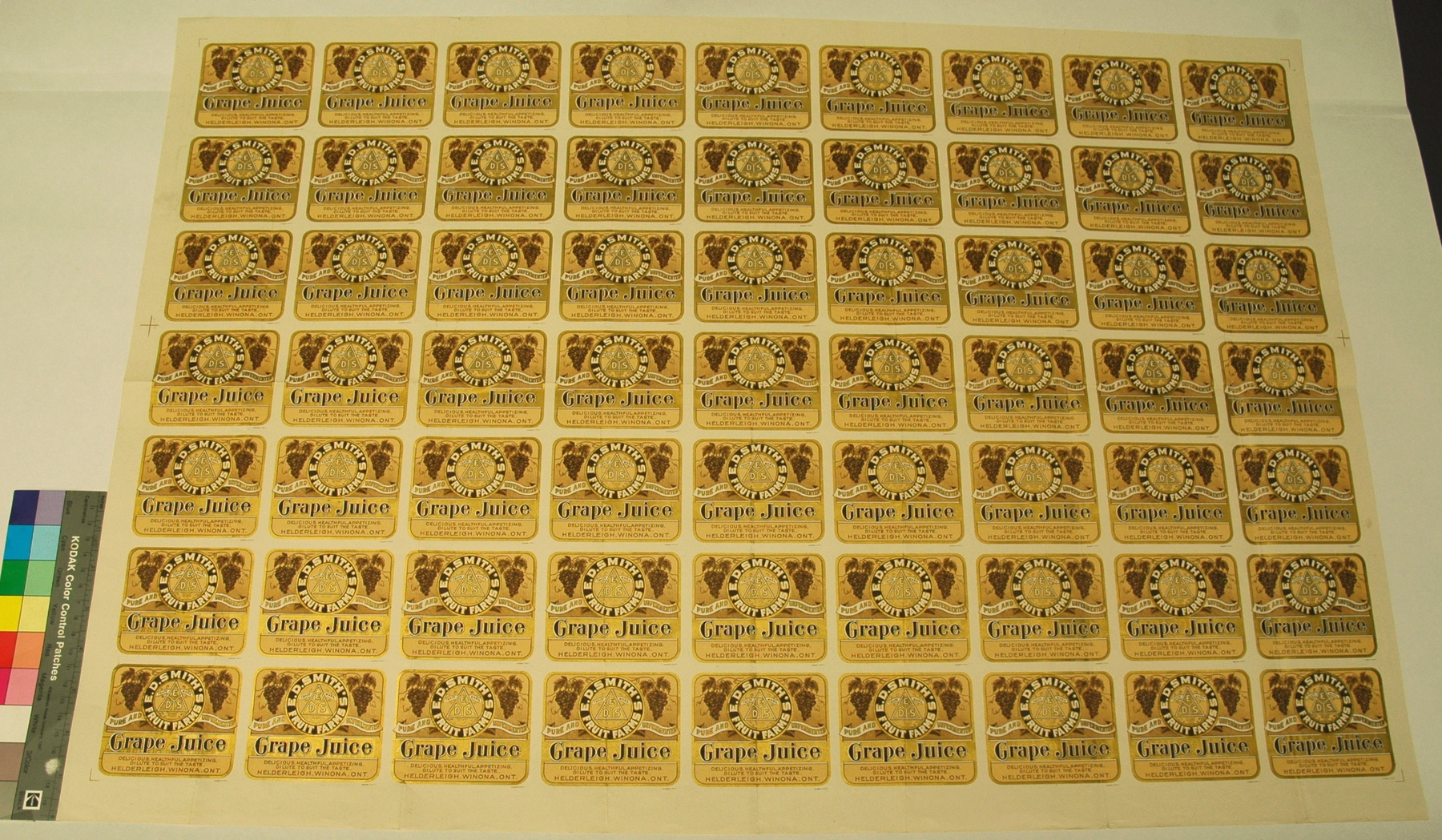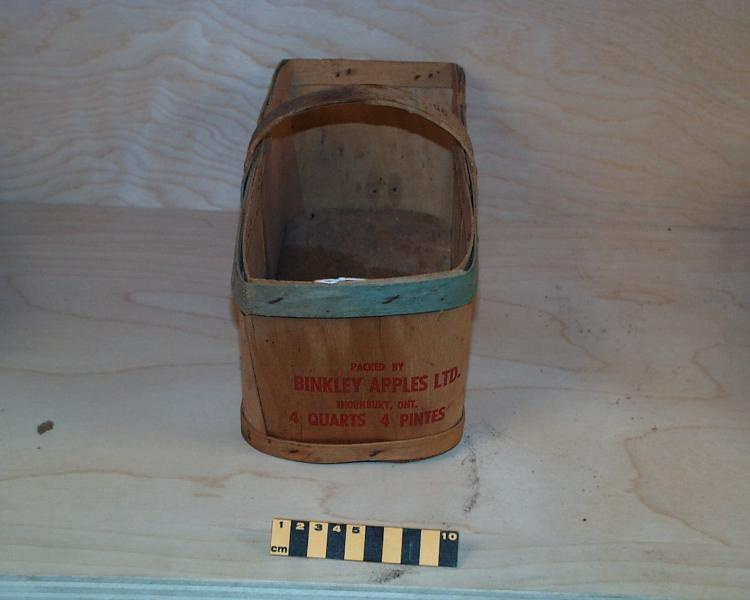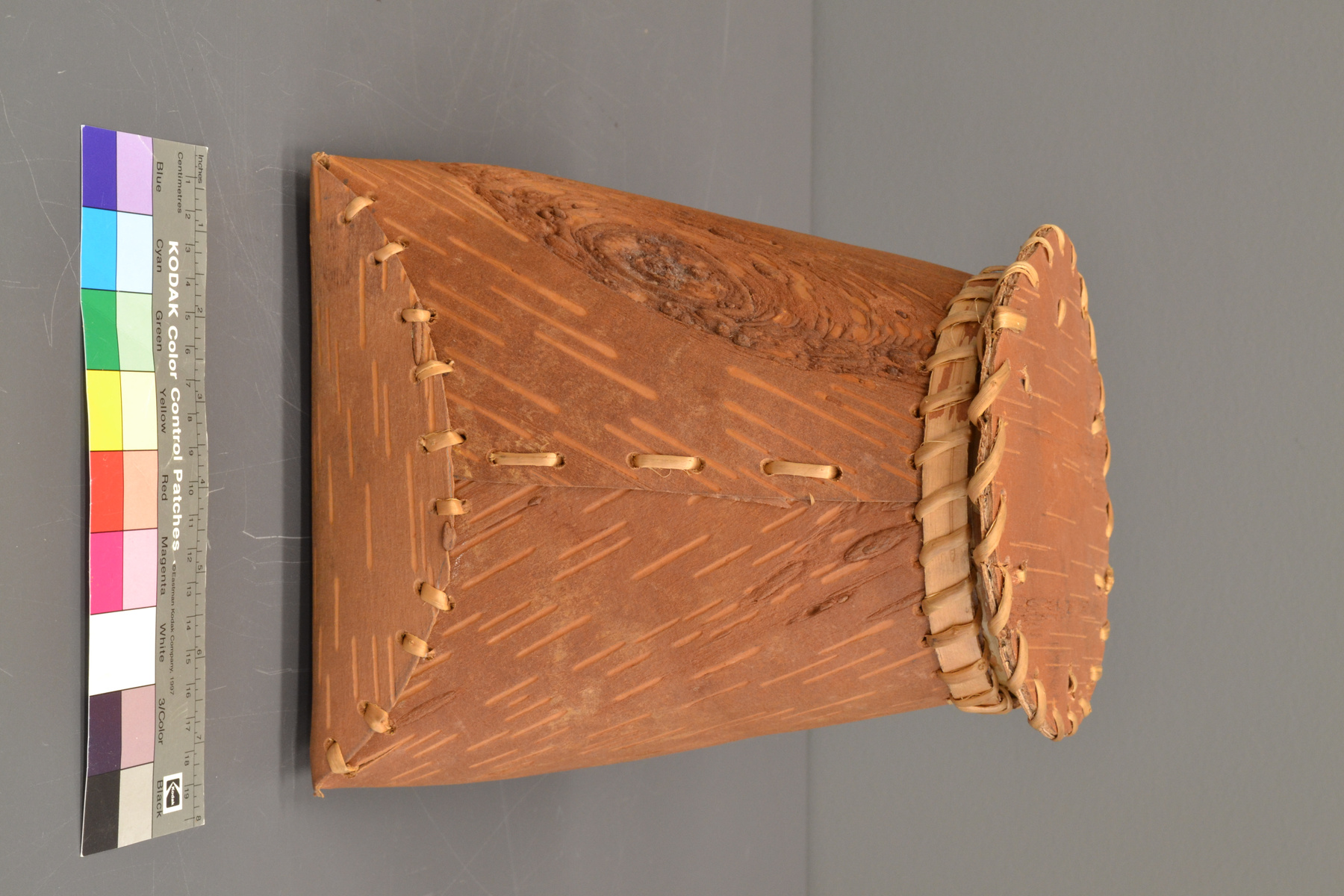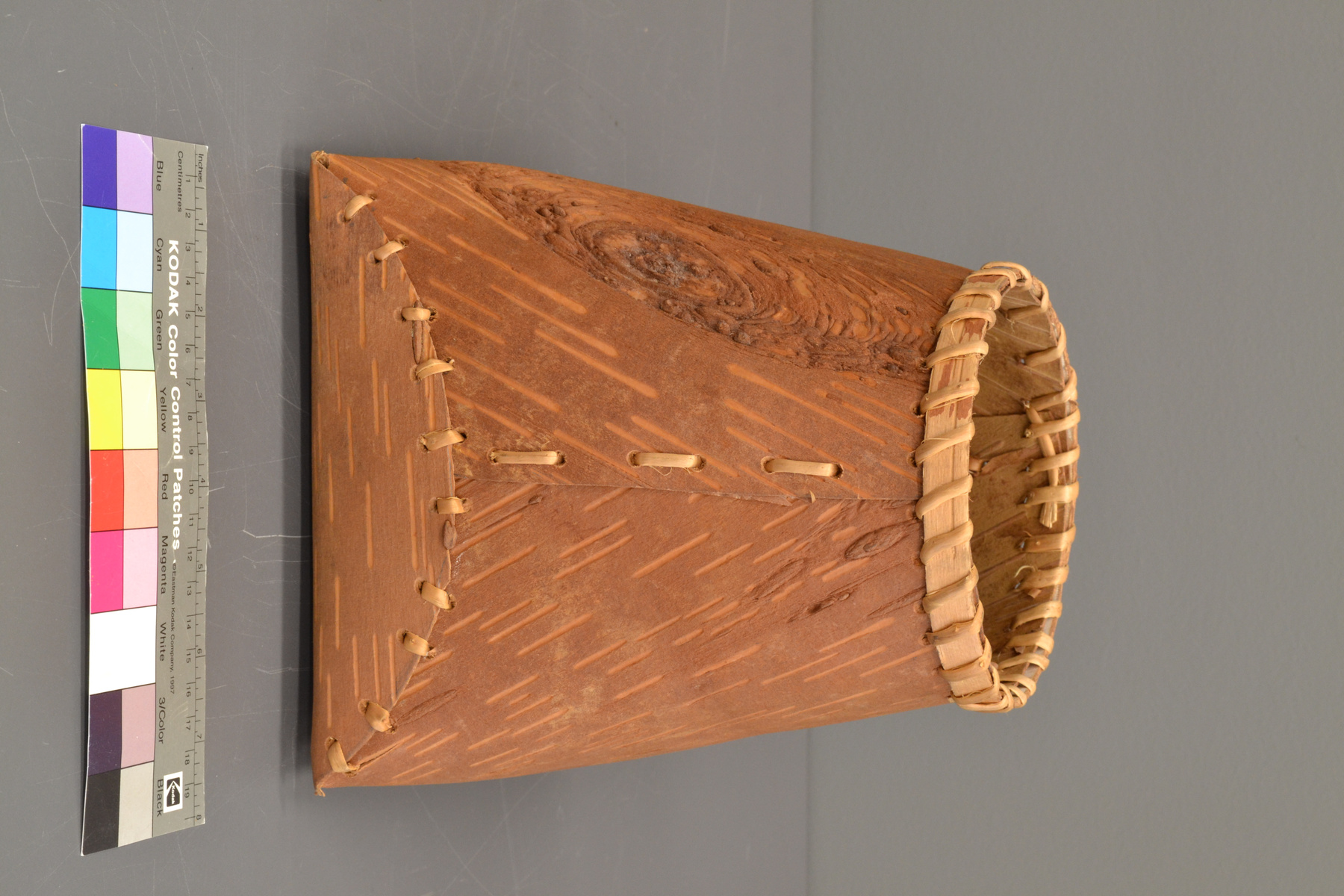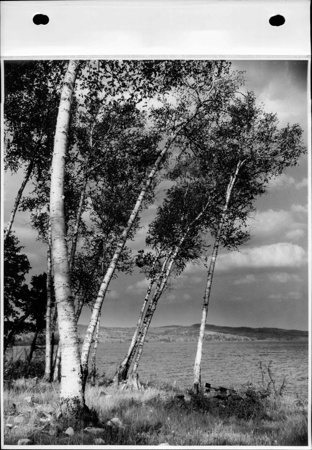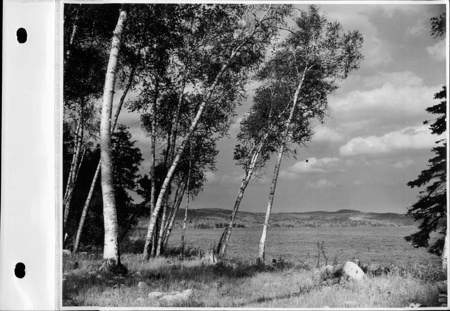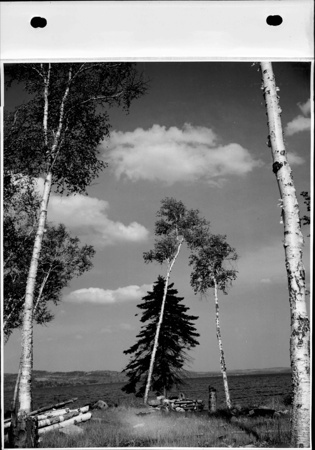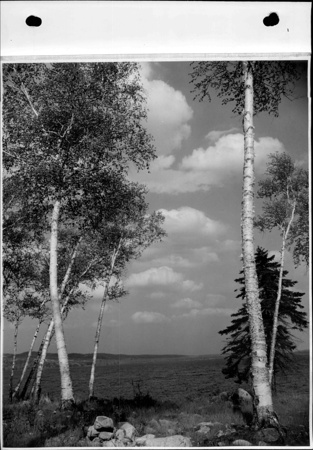Basket
Use this image
Can I reuse this image without permission? Yes
Object images on the Ingenium Collection’s portal have the following Creative Commons license:
Copyright Ingenium / CC BY-NC-ND (Attribution-NonCommercial 4.0 International (CC BY-NC 4.0)
ATTRIBUTE THIS IMAGE
Ingenium,
2018.0175.001
Permalink:
Ingenium is releasing this image under the Creative Commons licensing framework, and encourages downloading and reuse for non-commercial purposes. Please acknowledge Ingenium and cite the artifact number.
DOWNLOAD IMAGEPURCHASE THIS IMAGE
This image is free for non-commercial use.
For commercial use, please consult our Reproduction Fees and contact us to purchase the image.
- OBJECT TYPE
- food storage
- DATE
- 2016
- ARTIFACT NUMBER
- 2018.0175.001
- MANUFACTURER
- Brascoupé, Simon
- MODEL
- Unknown
- LOCATION
- Kitigan Zibi, Quebec, Canada
More Information
General Information
- Serial #
- N/A
- Part Number
- 1
- Total Parts
- 2
- AKA
- Food container
- Patents
- N/A
- General Description
- Birch bark basket containing cedar foliage Panier en écorce de bouleau avec feuillage de cèdre.
Dimensions
Note: These reflect the general size for storage and are not necessarily representative of the object's true dimensions.
- Length
- 21.8 cm
- Width
- 20.5 cm
- Height
- 21.6 cm
- Thickness
- N/A
- Weight
- N/A
- Diameter
- N/A
- Volume
- N/A
Lexicon
- Group
- Domestic Technology
- Category
- Food processing
- Sub-Category
- N/A
Manufacturer
- AKA
- Brascoupé
- Country
- Canada
- State/Province
- Quebec
- City
- Kitigan Zibi
Context
- Country
- Unknown
- State/Province
- Unknown
- Period
- Never used Jamais utilisé
- Canada
-
Simon Brascoupé (born 1948) is an Algonquin elder and artist.who has had multiple roles during a distinguished career. Simon Brascoupé is Anishinabeg/Haudenausanee – Bear Clan—and a member of the Kitigan Zibi Anishinabeg First Nation, Maniwaki, Quebec. The artist has played a significant role as a creator, mentor, and facilitator: his work is featured in the Canadian art gallery of the National Gallery of Canada in Ottawa and has exhibited internationally. He also leads workshops to share his knowledge of traditional methods and materials. Simon Brascoupé’s public-art projects include leading a major component of the Pimisi Station design on the Ottawa light-rail project. This project features his own sculpture as well as a series of painted paddles created by members of the Algonquin communities in the Ottawa region. During this project, he mentored four early-career Algonquin artists. Simon Brascoupé has research interests in land-based healing, traditional medicine and traditional knowledge and serves as Adjunct Research Professor at Carleton University and Trent University. He has had a career in First Nations health including serving as chair of the Institute of Aboriginal Peoples Health Advisory Board for the Canadian Institutes of Health Research. He has also served as Chief Executive Officer, National Aboriginal Health Organization; Director, Primary Health Care Division, First Nations and Inuit Health Branch, Health Canada; and Director of the Aboriginal Affairs Branch for Environment Canada. Simon Brascoupé (né en 1948) est un aîné algonquin est un artiste qui a connu plusieurs rôles lors de sa carrière. Il est membre de la première-nation Anishinabeg/Haudenauseanee, situé à Maniwaki au Québec. En tant qu'artiste, il a joué un rôle en tant que créateur, mentor et facilitateur: son travail est affiché dans la galerie d'art Canadien au Musée des beaux-arts du Canada à Ottawa et exposé à l'international. Les projets d'art publique de Brascoupé incluent une grande section du motif à la station Pimisi, faisant partie du train léger d'Ottawa. Ce projet inclue une statue qu'il a fabriquée, ainsi qu'une série de rames peinturées par des membres de la communauté algonquiennes de la région d'Ottawa. Durant ce projet, il était mentor pour quatre jeunes artistes algonquin. Brascoupé a plusieurs champs de recherches incluant la médicine traditionelle et la guérison naturelle et est un professeur de recherche auxiliaire à l'université Carleton et l'université Trent. - Function
-
Birch bark baskets are used to store a variety of materials, including foods such as berries and liquids such as maple sap. Panier en écorce de bouleau est utilisé pour ranger une variété de matériaux, incluant de la nourriture comme des baies ou des liquides comme la sève d'érable. - Technical
-
Birch-bark containers are used to collect and store materials, including foods. They demonstrate the creativity and sustainability of Indigenous makers and technologies, and their creative use of available natural materials. Birch bark is a light and resilient material that can be made water-proof as seen with birch-bark canoes. Birch bark baskets can also be made water-tight and used as cooking vessels. Des contenants en écorce de bouleau sont utilisé pour collecter et ranger des matériaux, incluant la nourriture. Ils démontrent la créativité et la durabilité des fabricants de indigène, et leurs utilisations de matériaux naturels disponibles. L'écorce de bouleau est un matériel léger et durable et qui peux être imperméable, vu avec les canoes d'écorce de bouleau. Ces paniers peut être faite imperméable et utilisé comme outil de cuisson. - Area Notes
-
Unknown
Details
- Markings
- None apparent
- Missing
- Appears complete
- Finish
- Medium brown unfinished bark container with light brown stitching, and containing dark green cedar foliage. Panier en bouleau brun avec couture. Feuillage de cèdre vert foncé.
- Decoration
- N/A
CITE THIS OBJECT
If you choose to share our information about this collection object, please cite:
Brascoupé, Simon, Basket, 2016, Artifact no. 2018.0175, Ingenium – Canada’s Museums of Science and Innovation, http://collections.ingeniumcanada.org/en/id/2018.0175.001/
FEEDBACK
Submit a question or comment about this artifact.
More Like This
